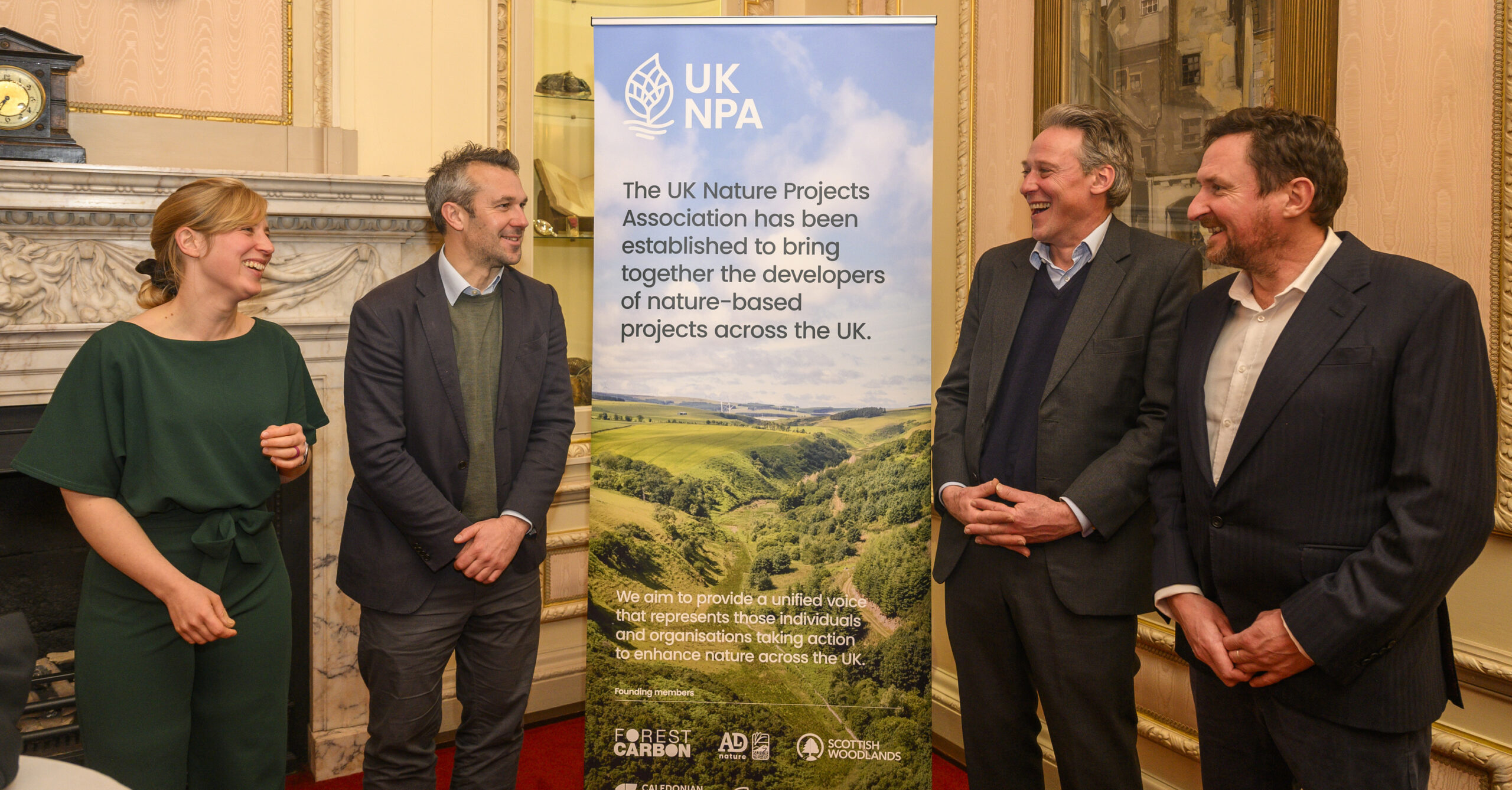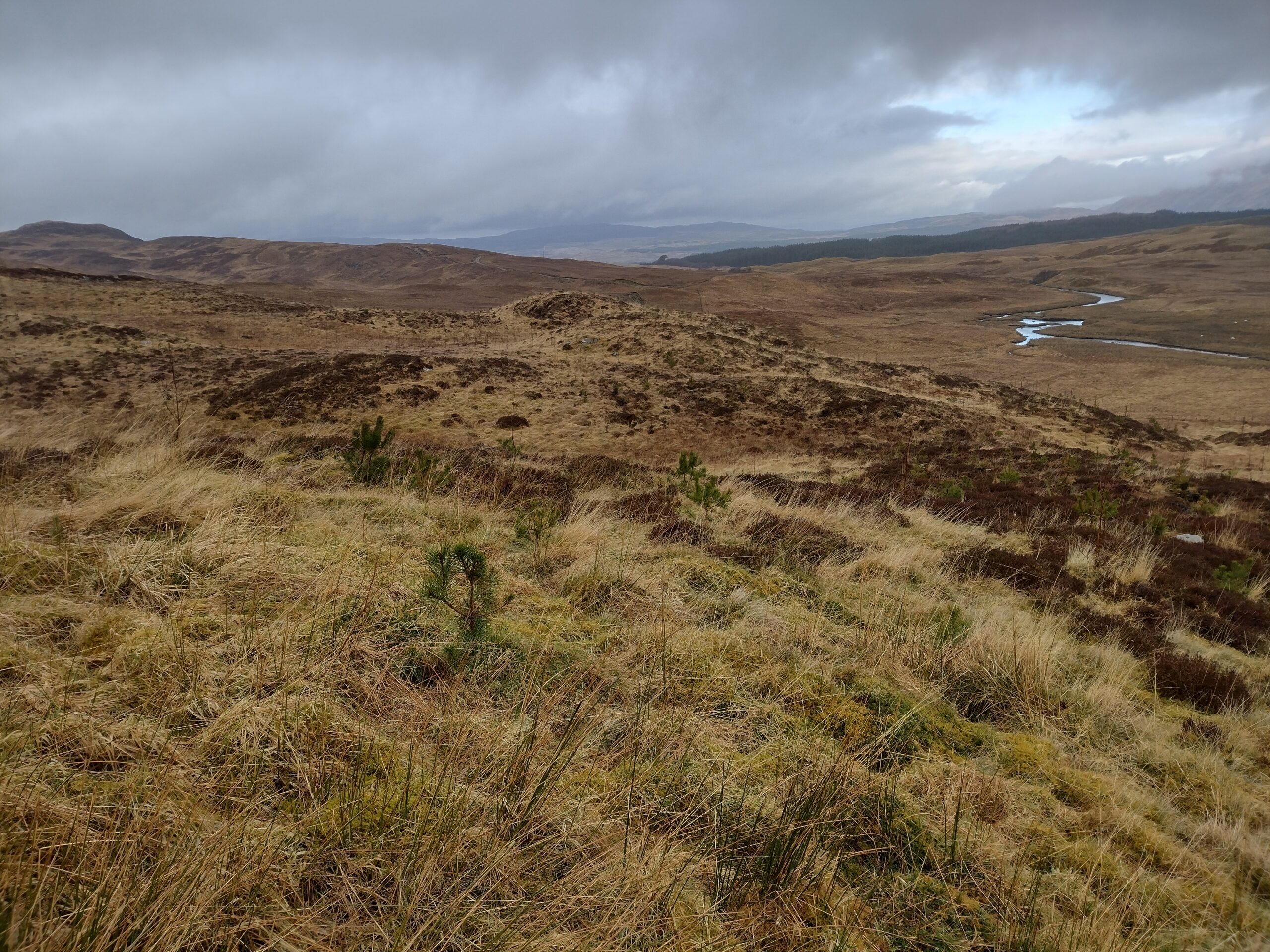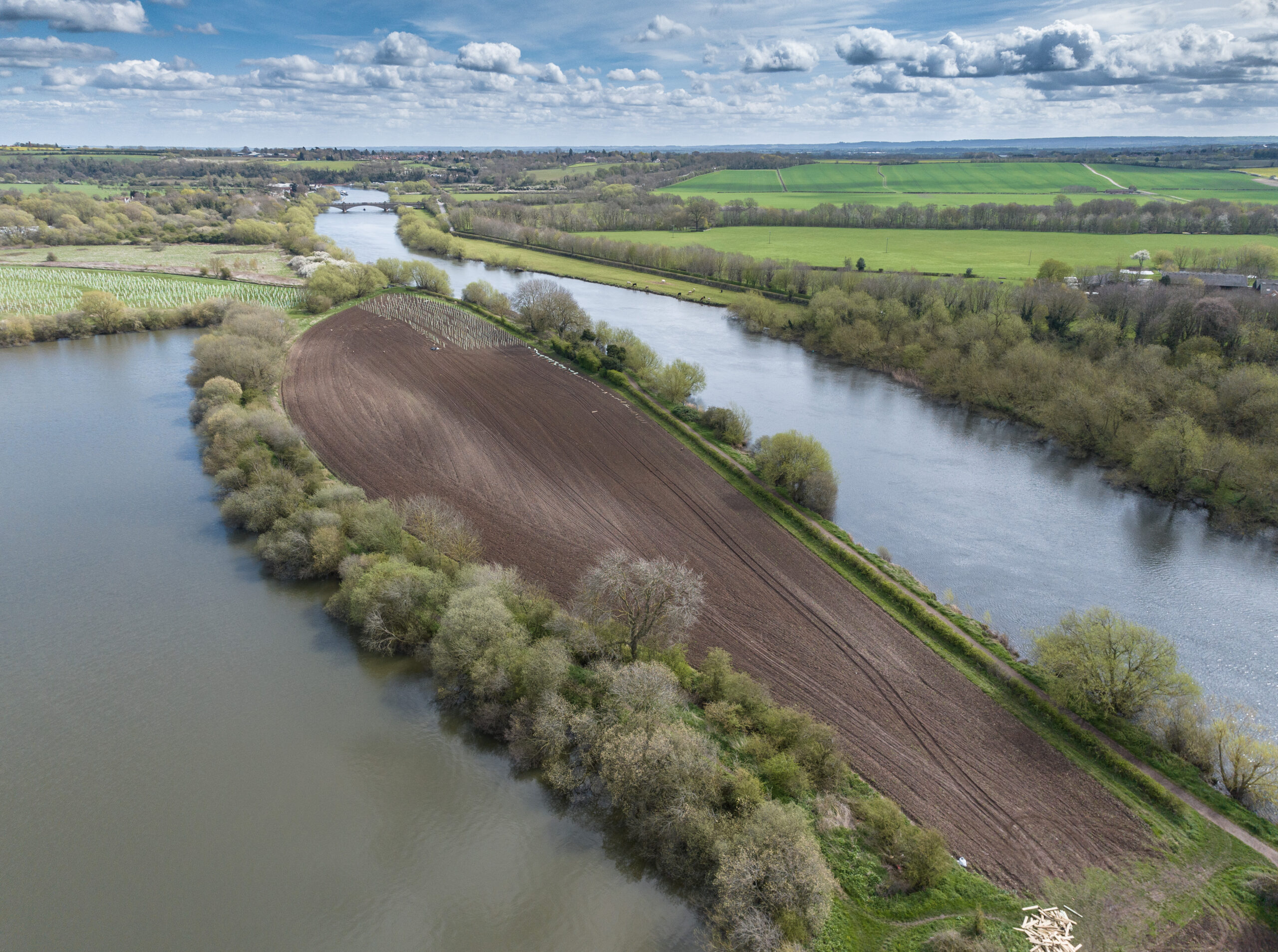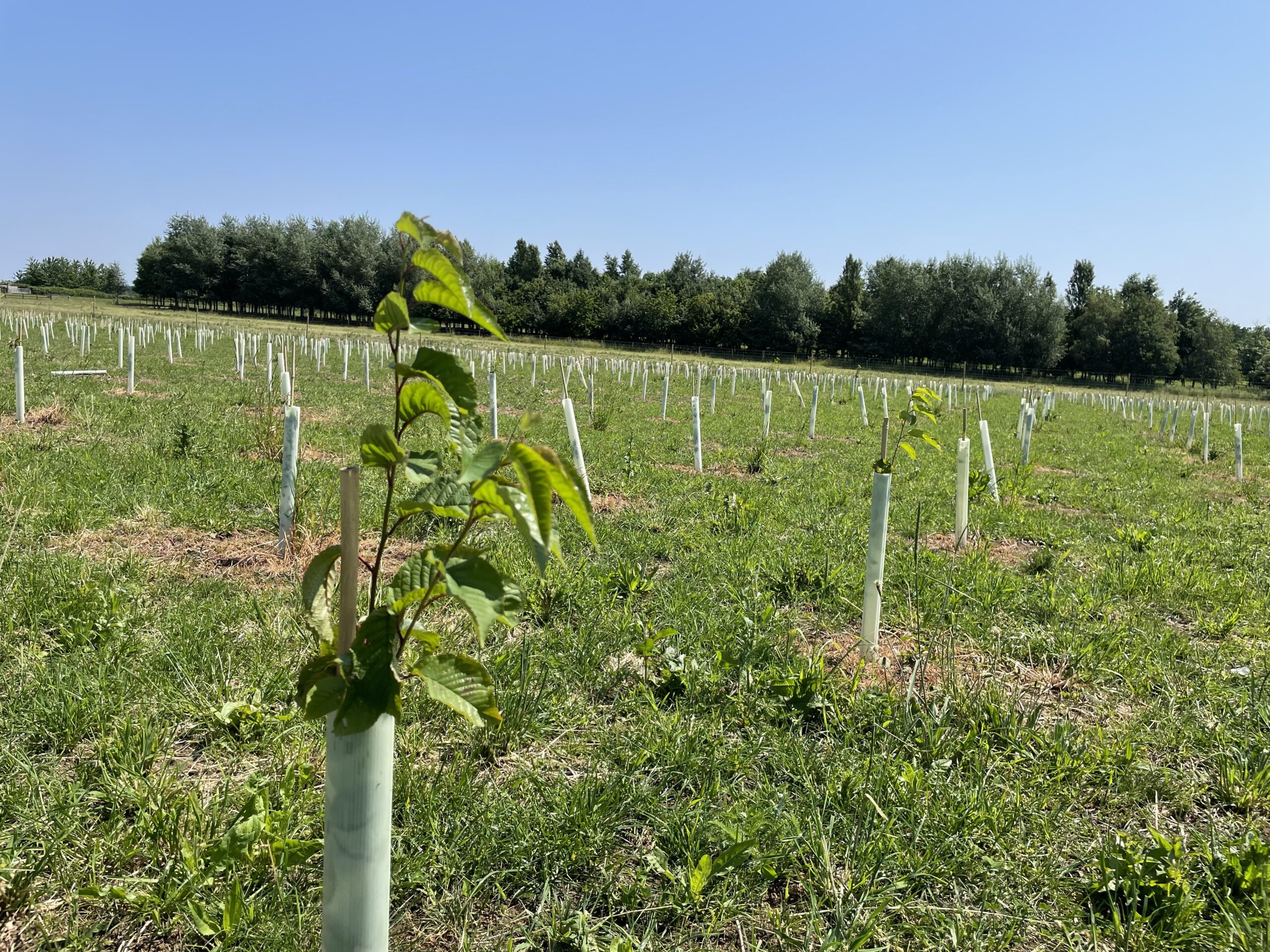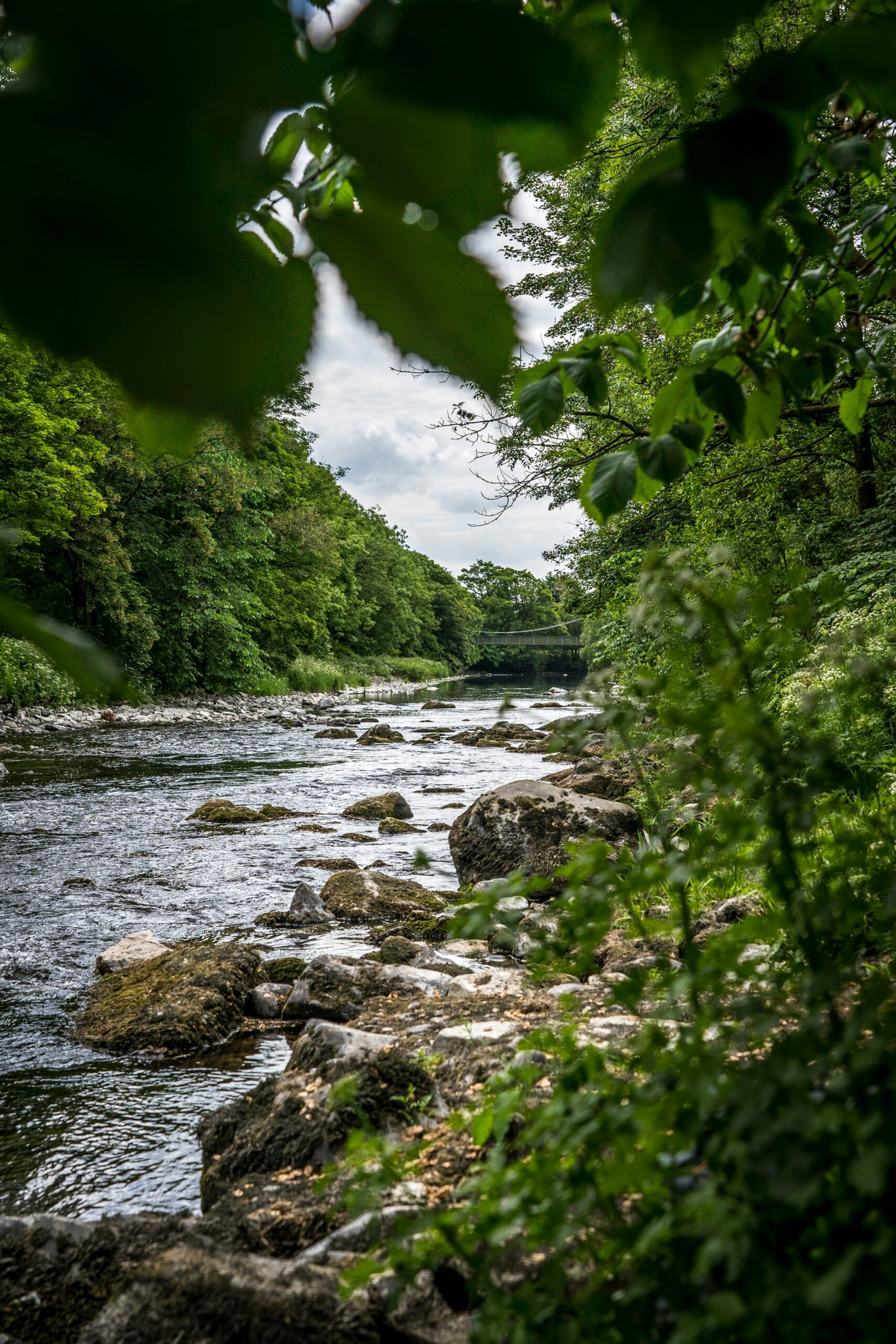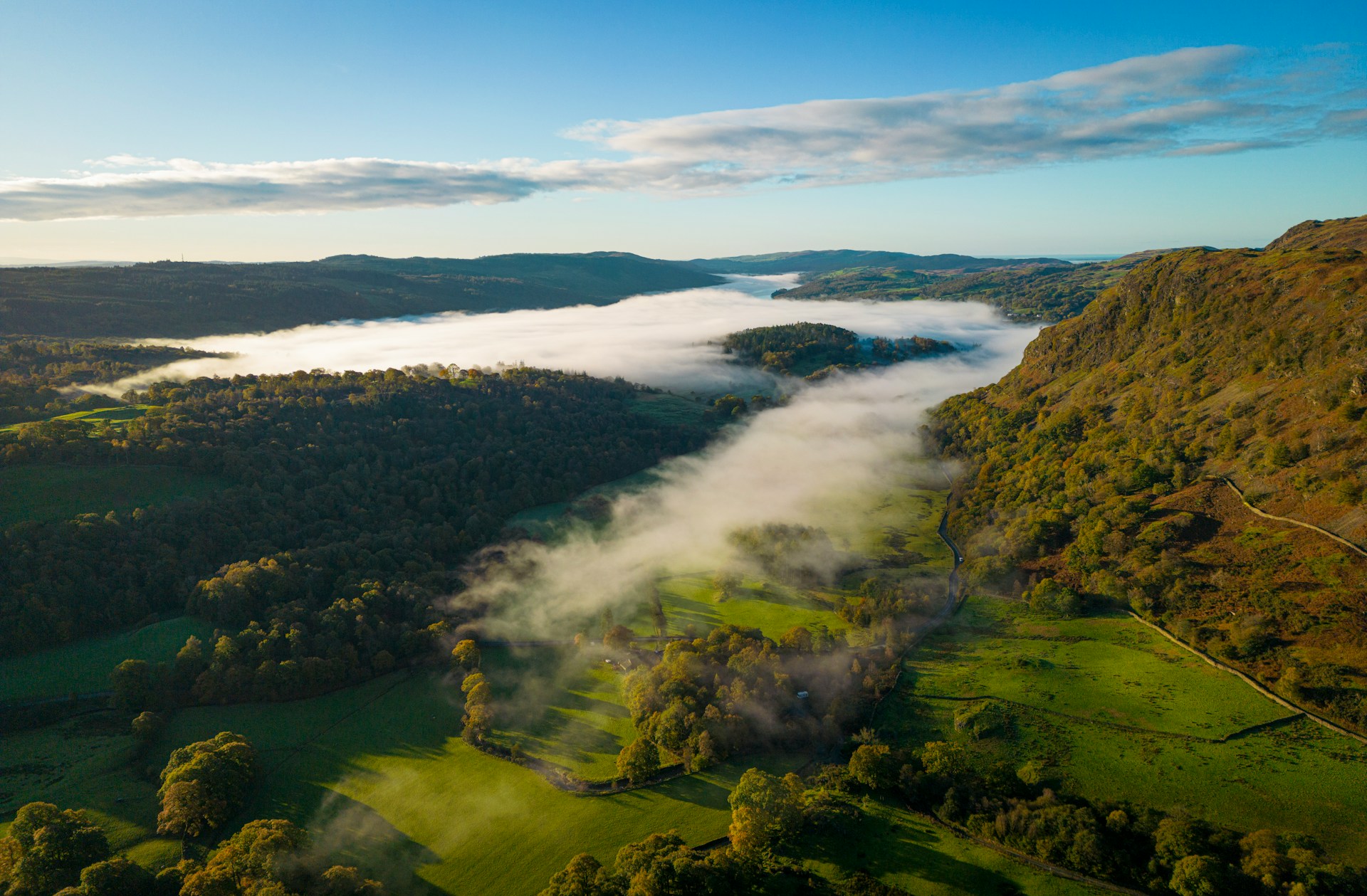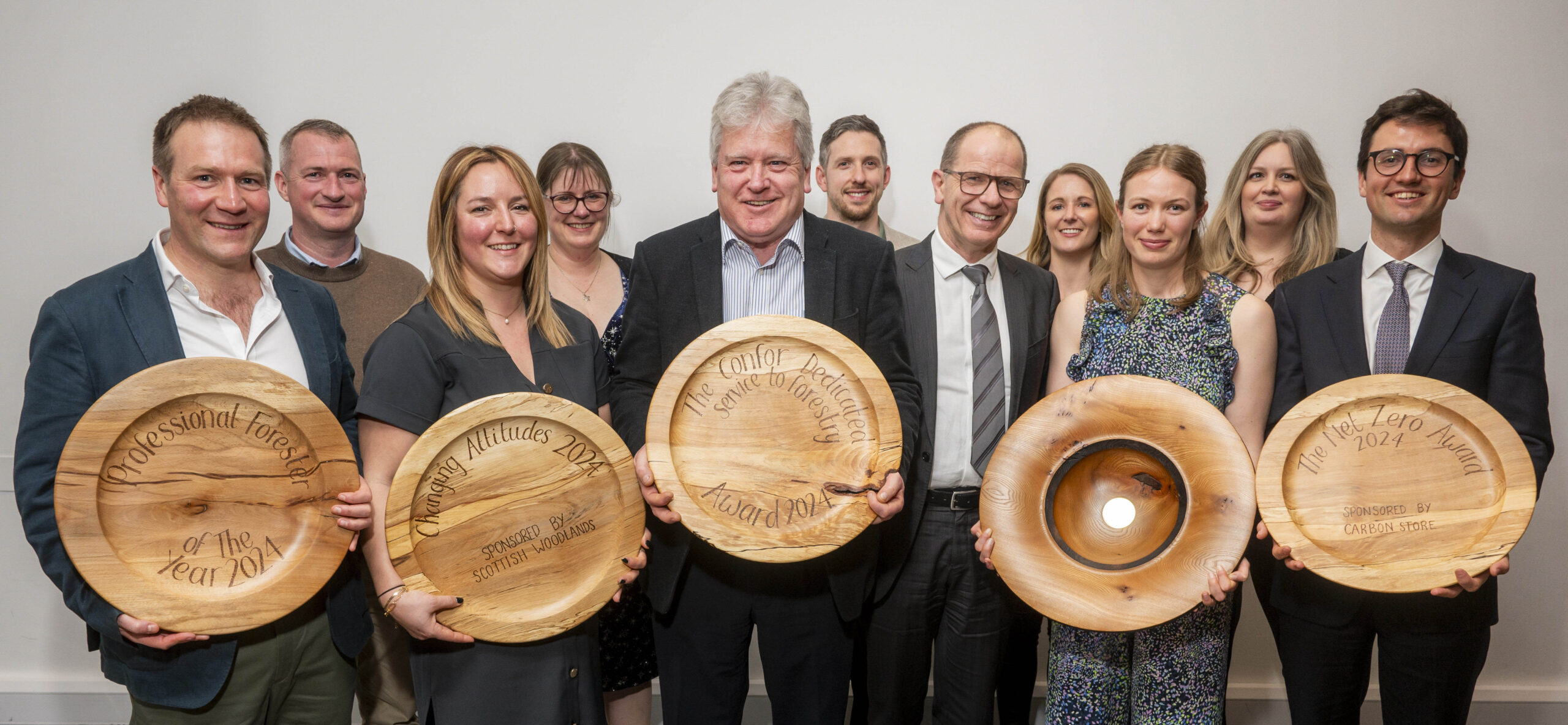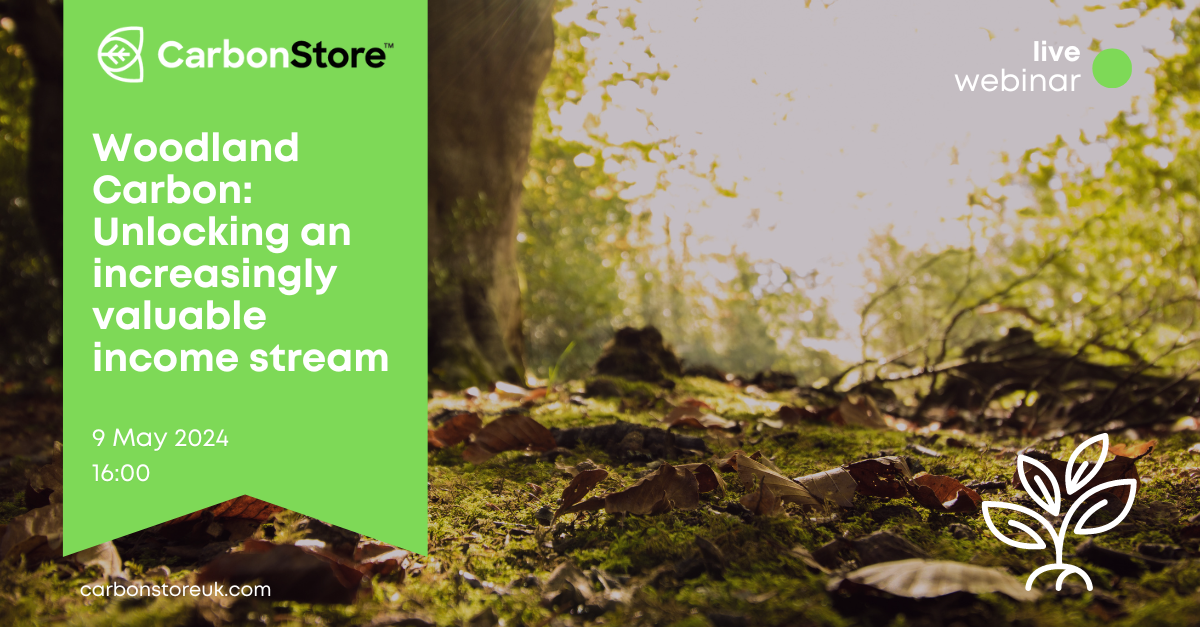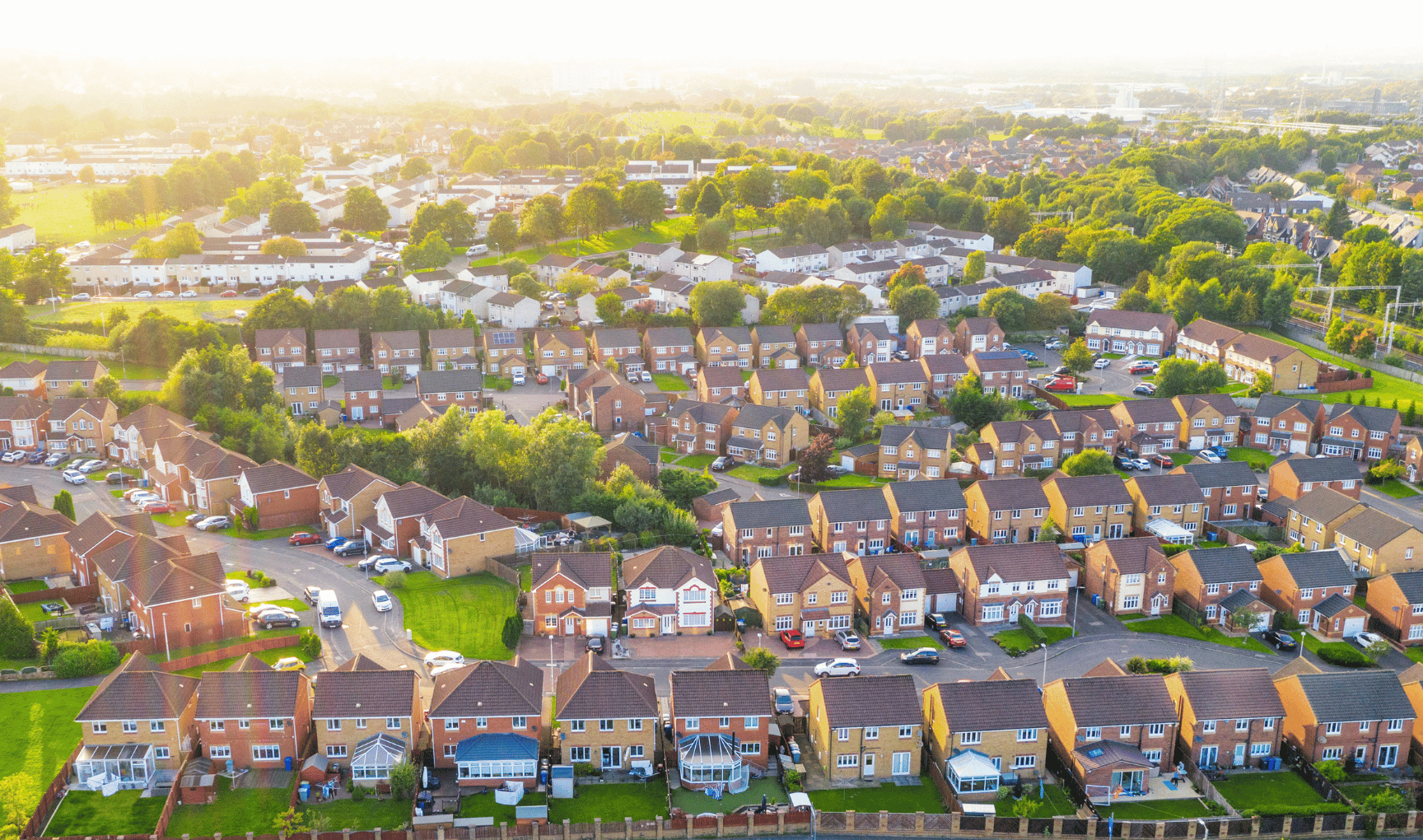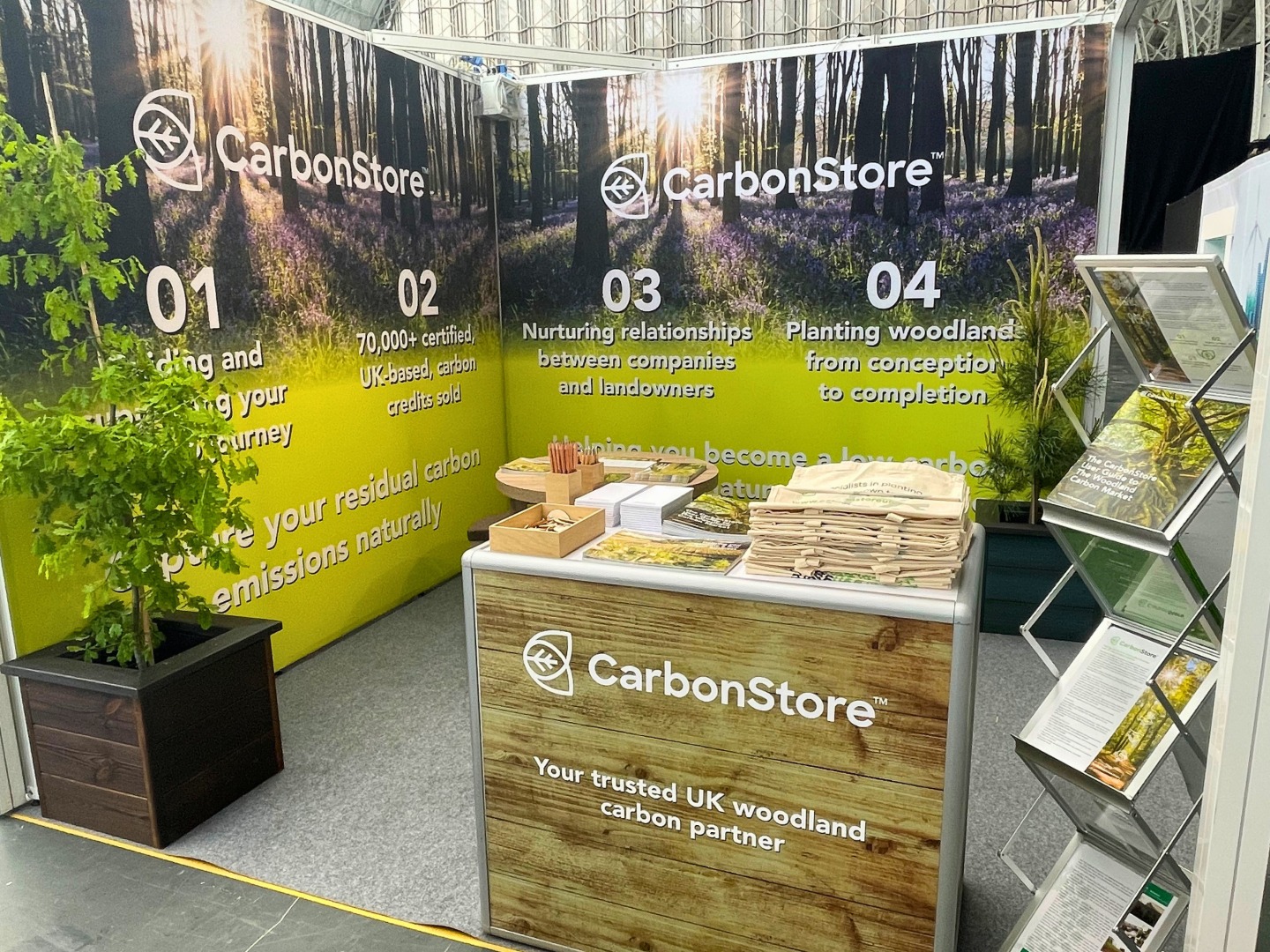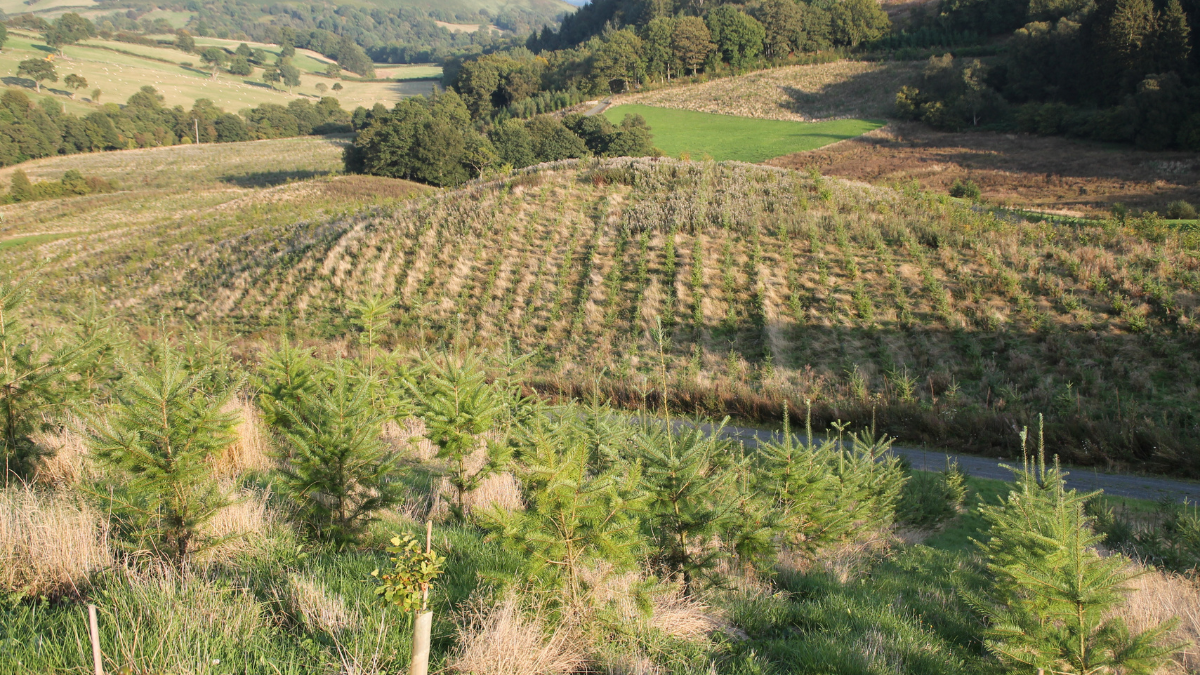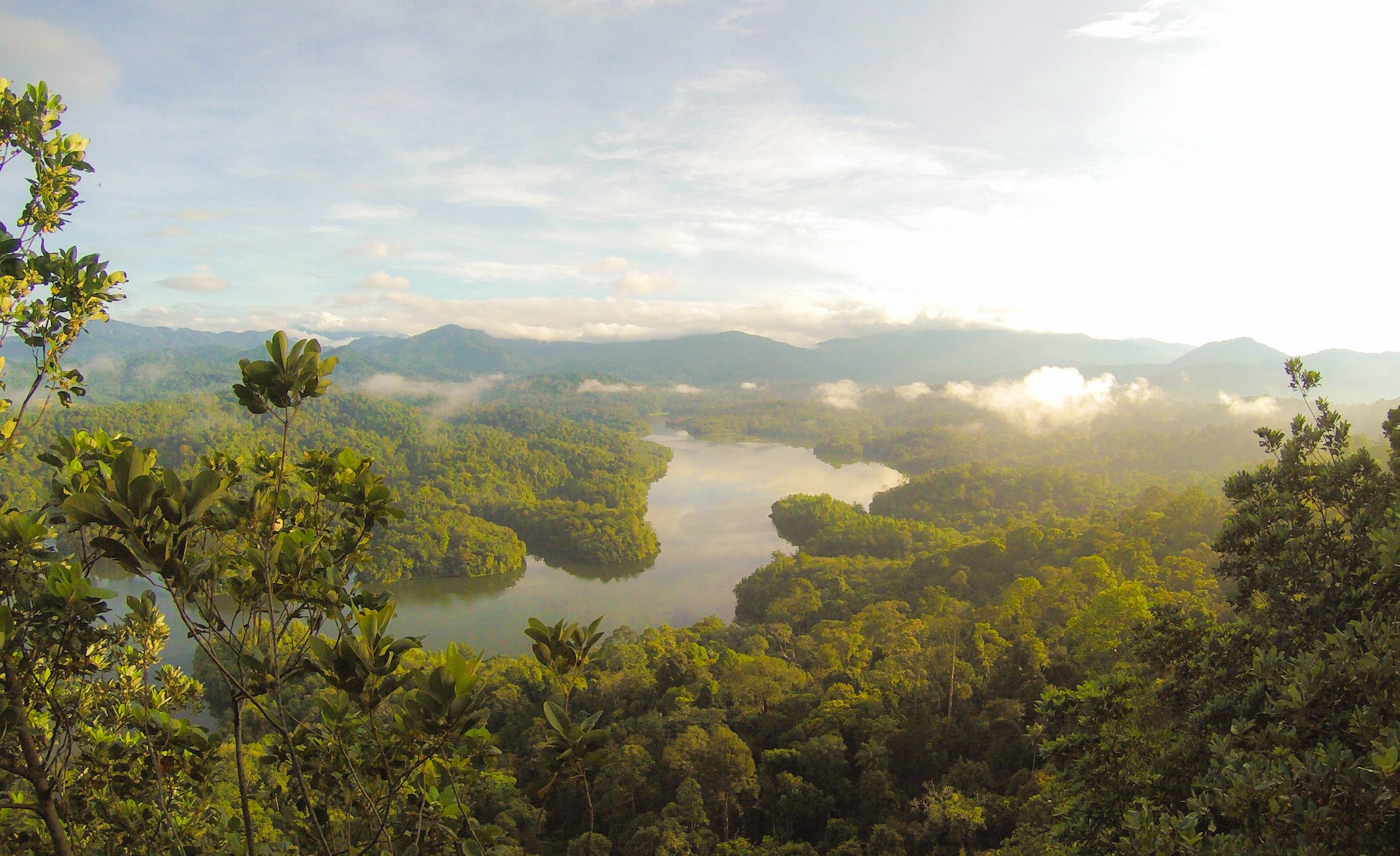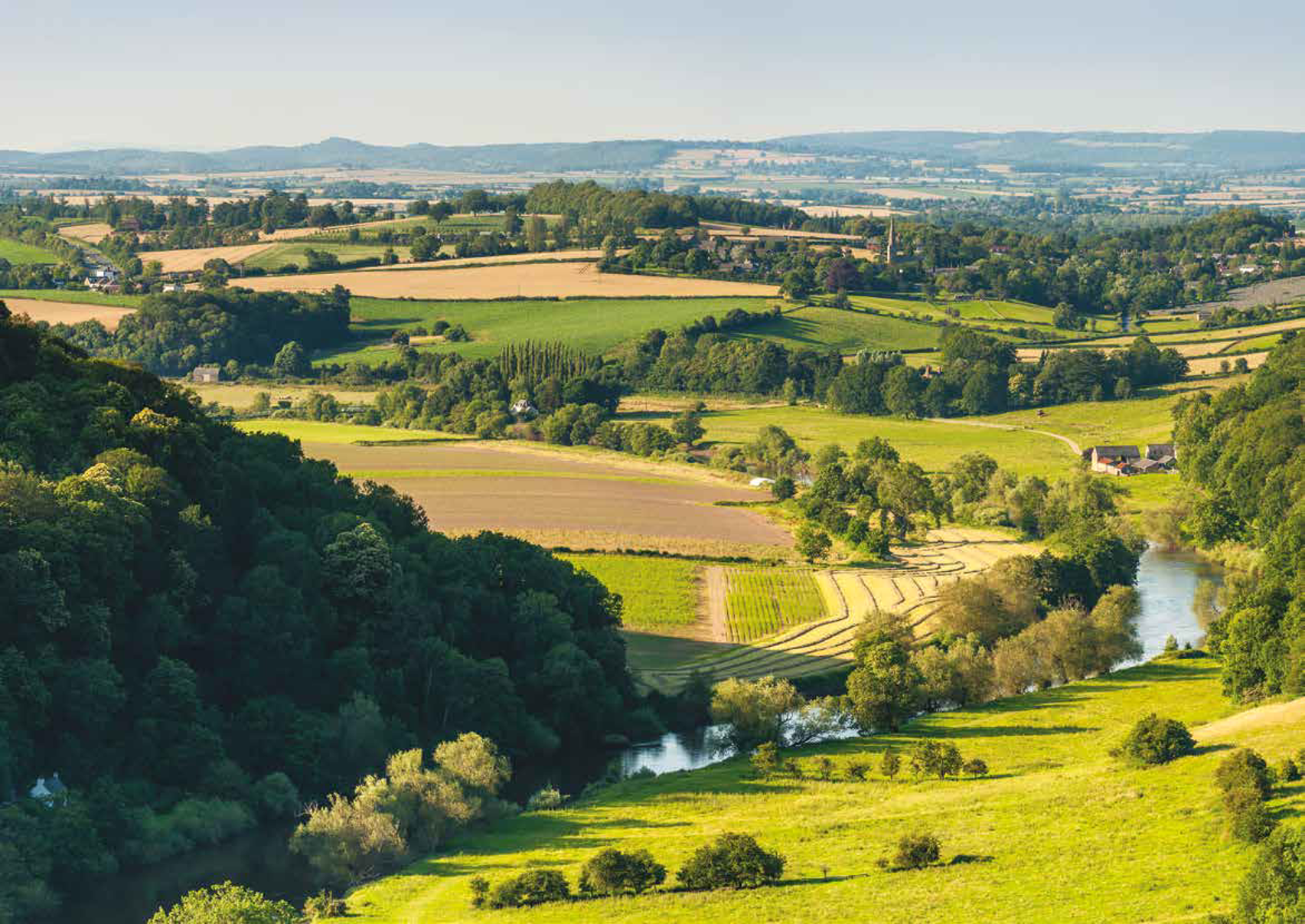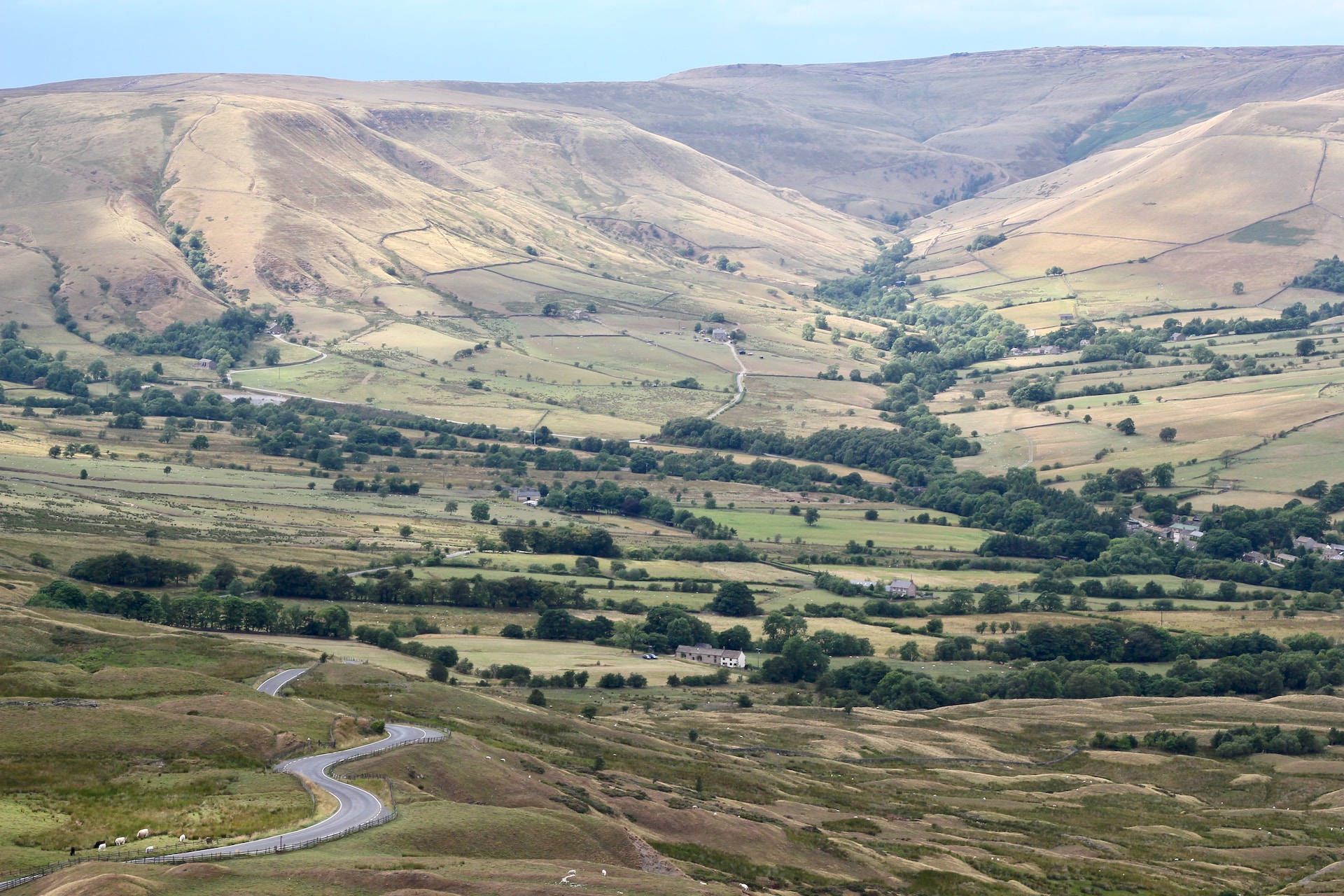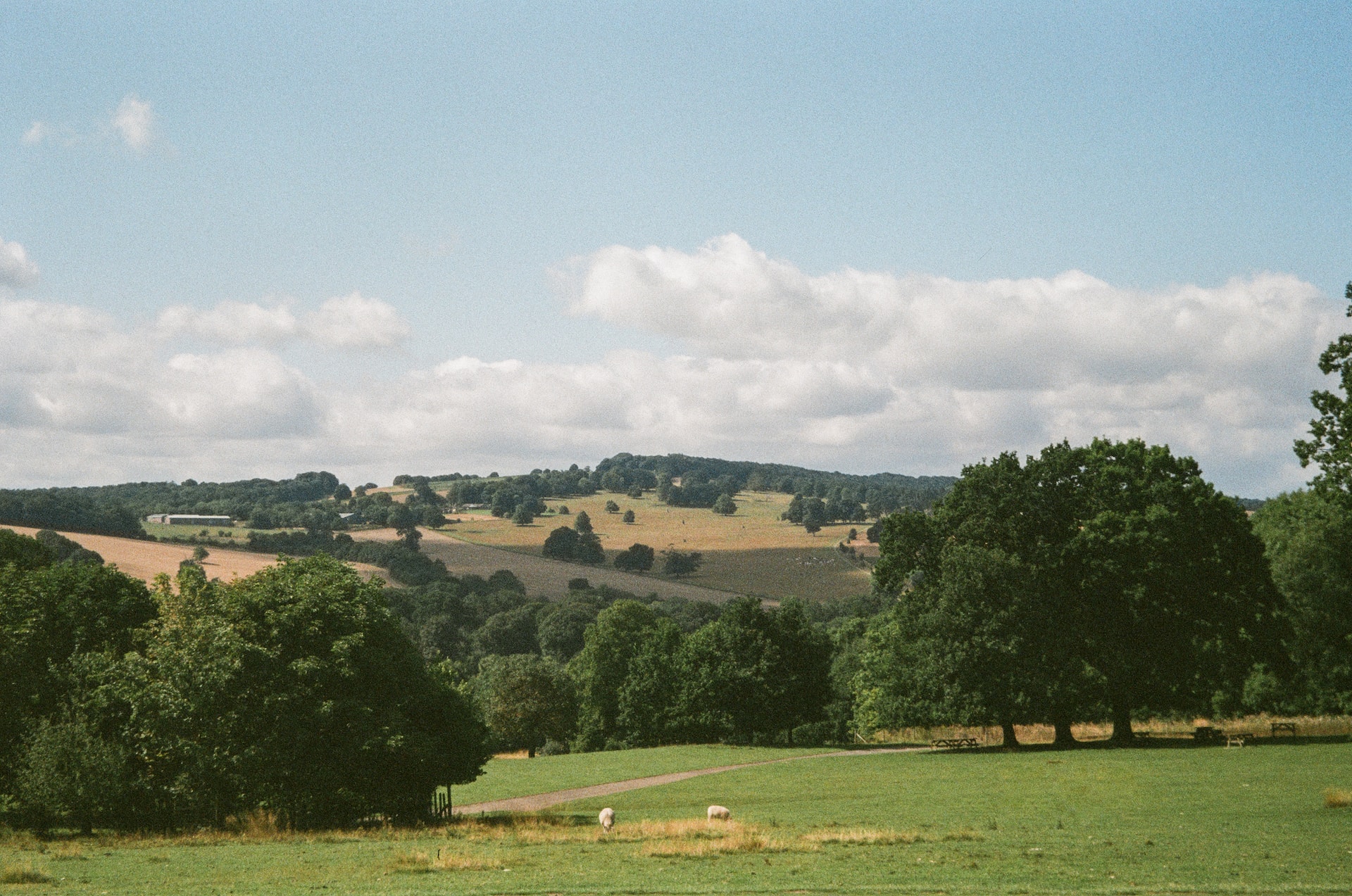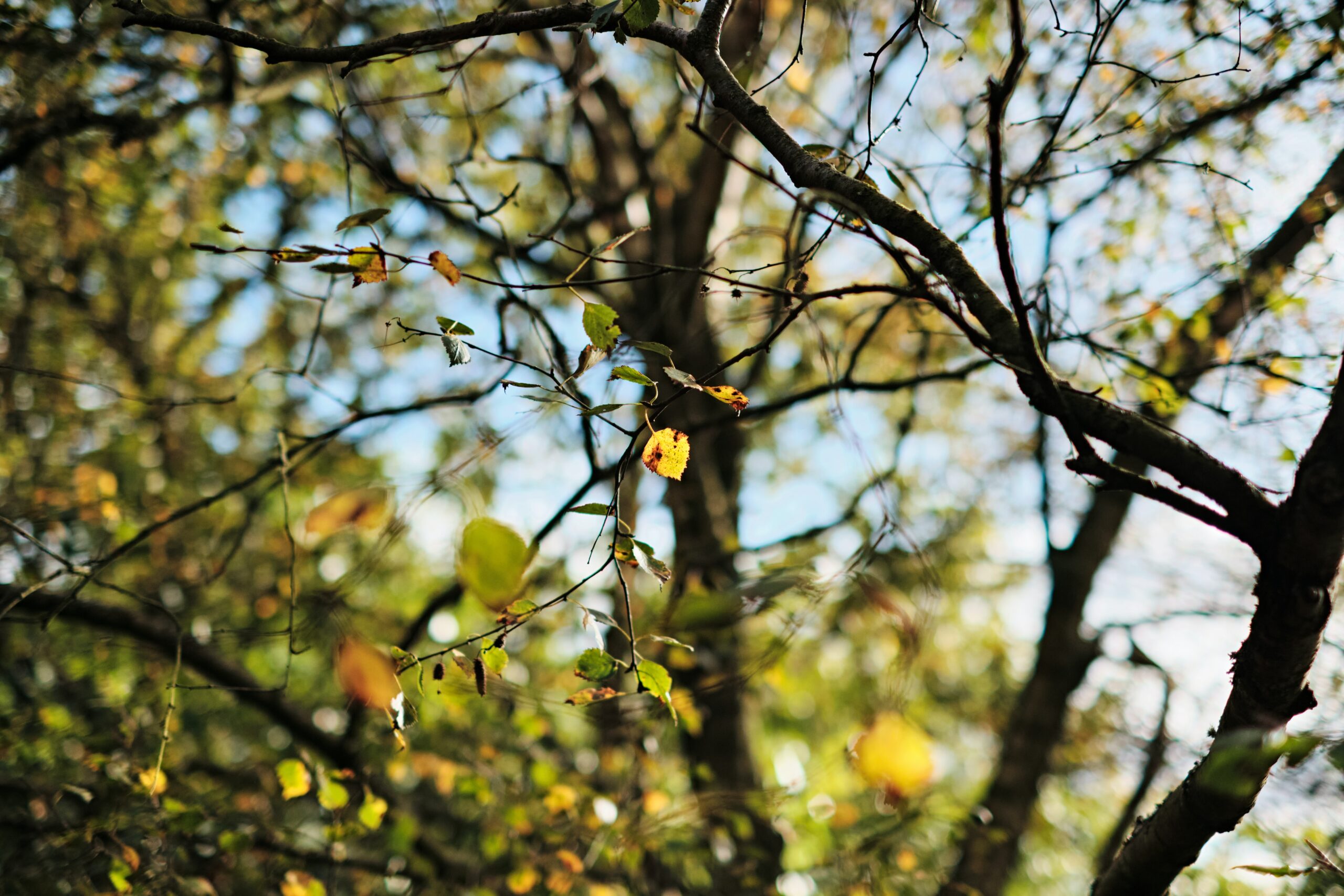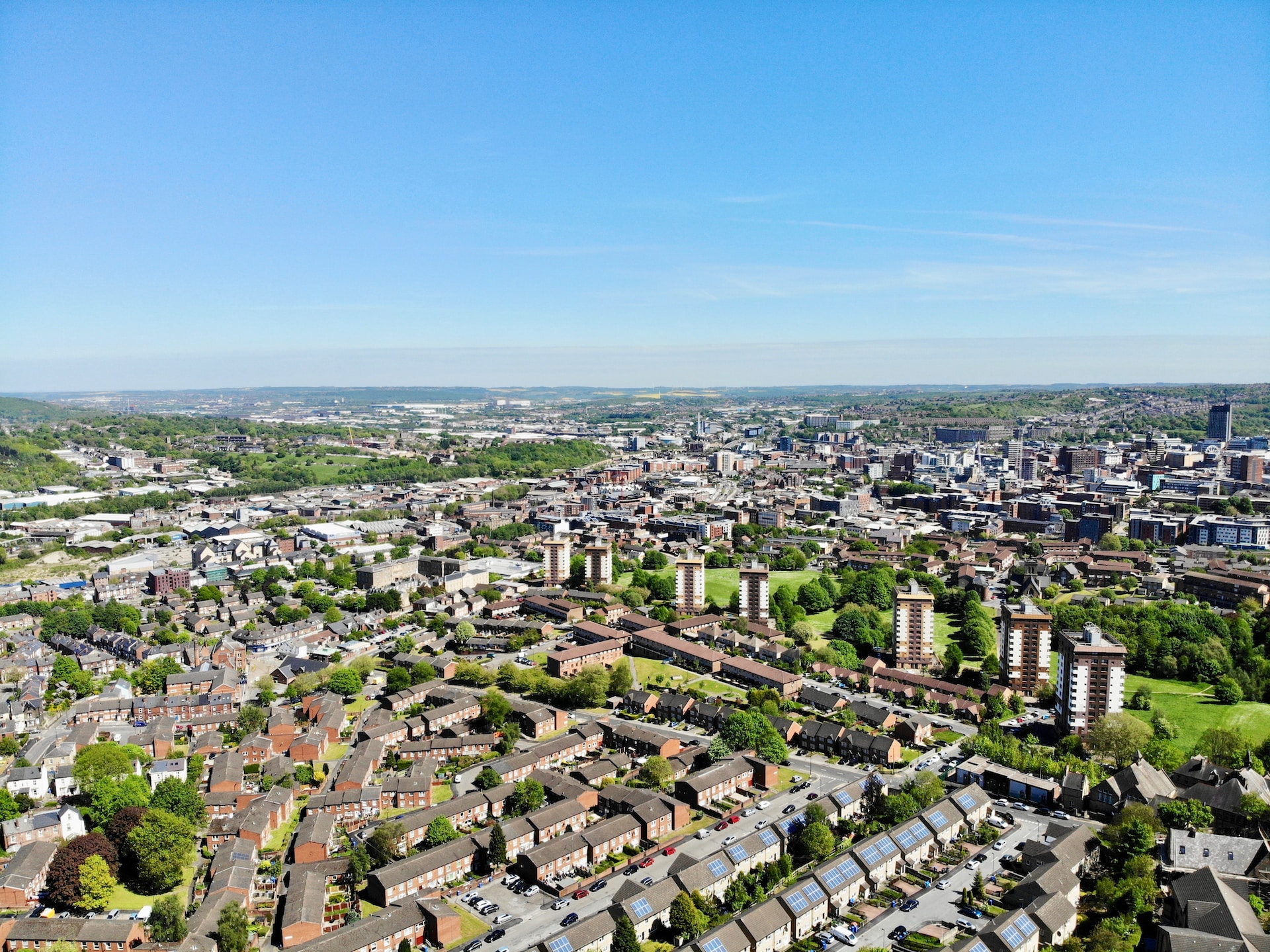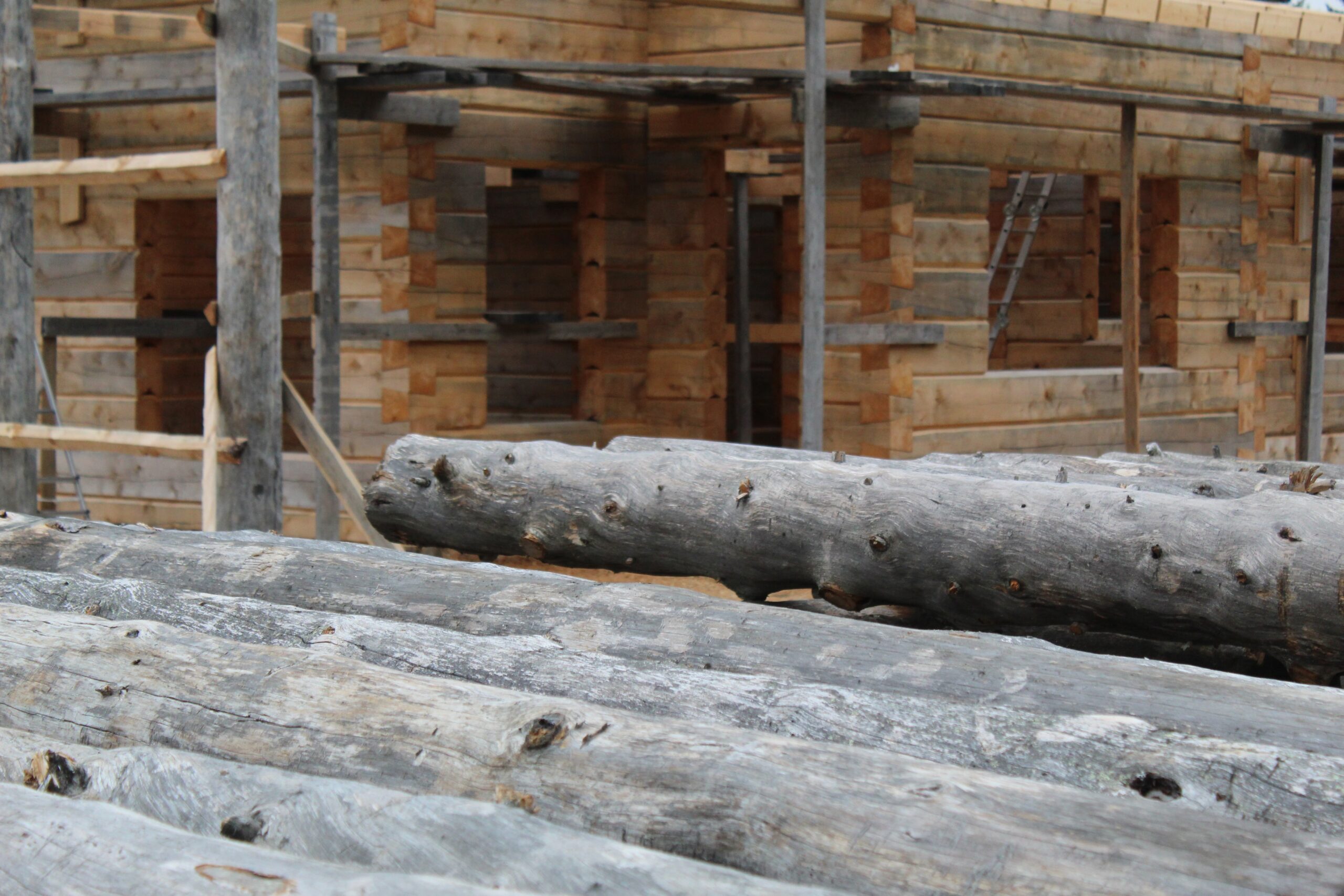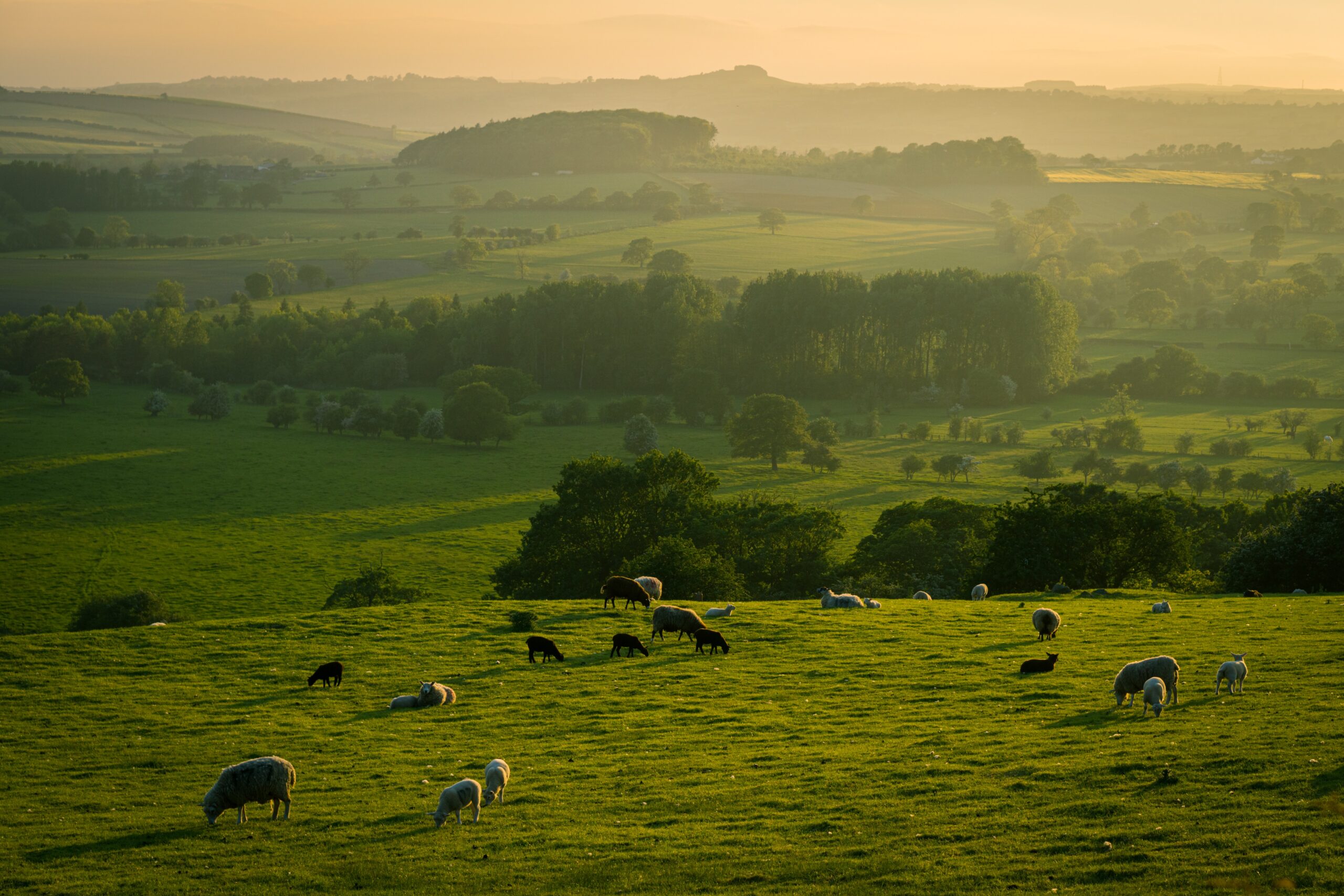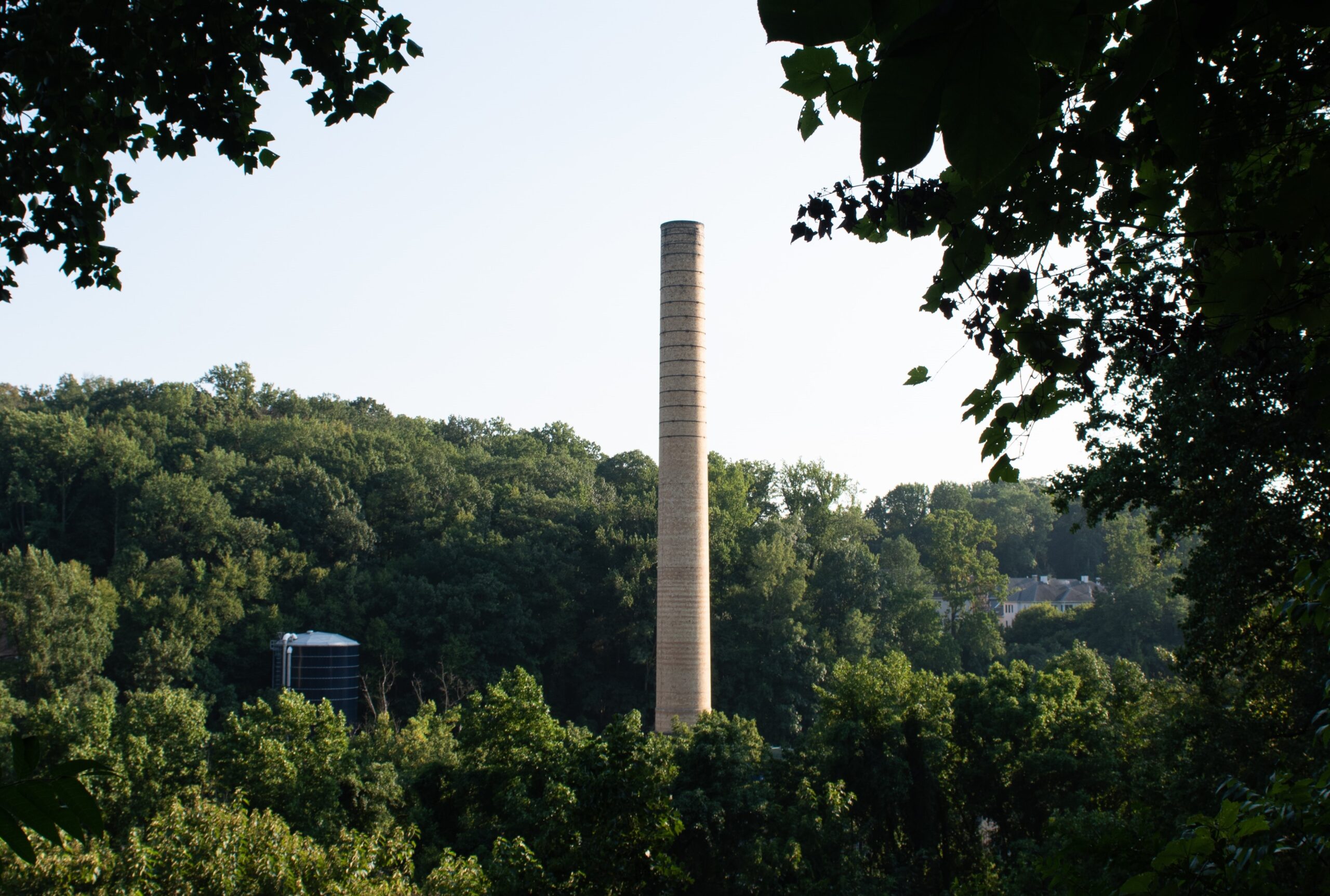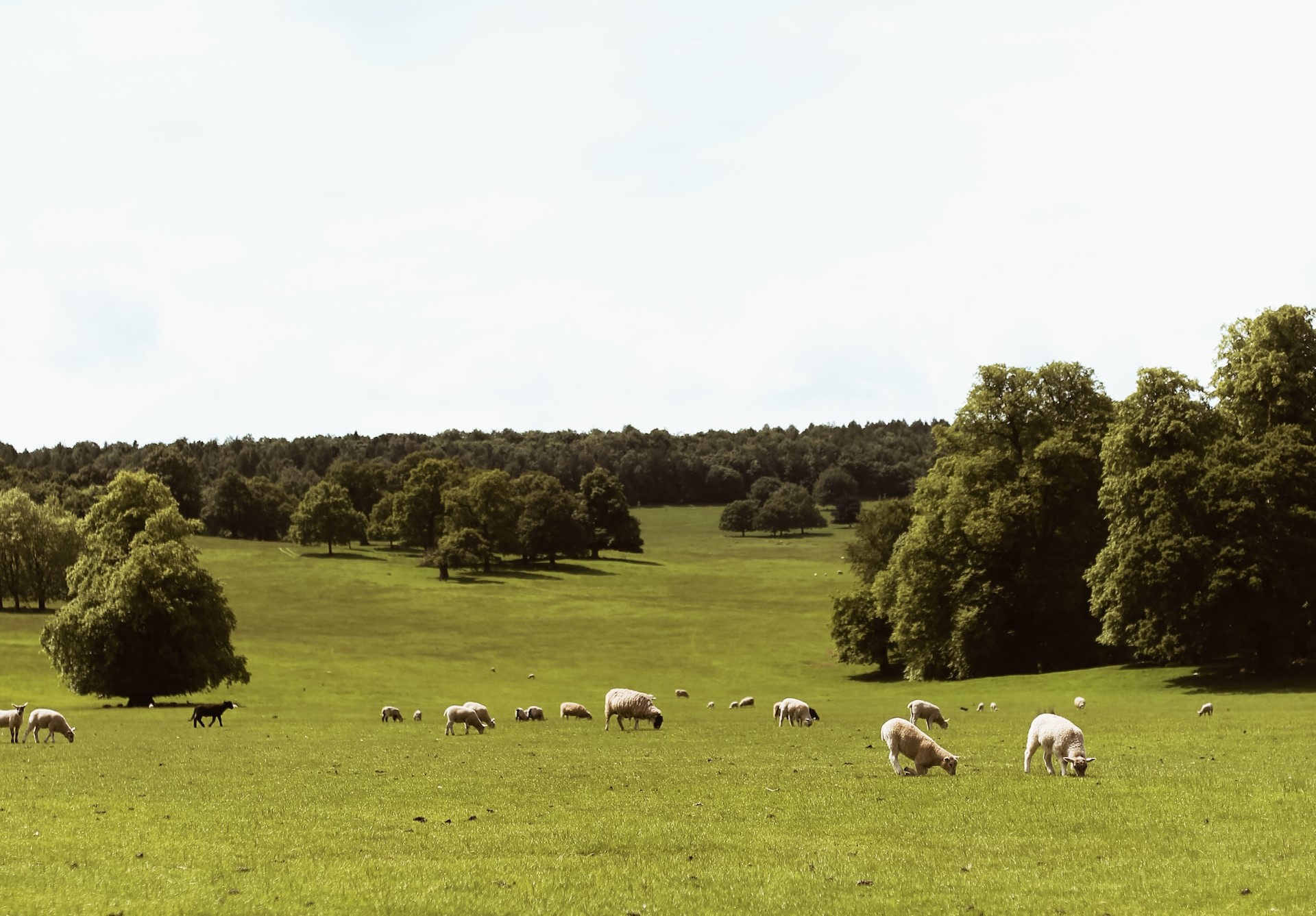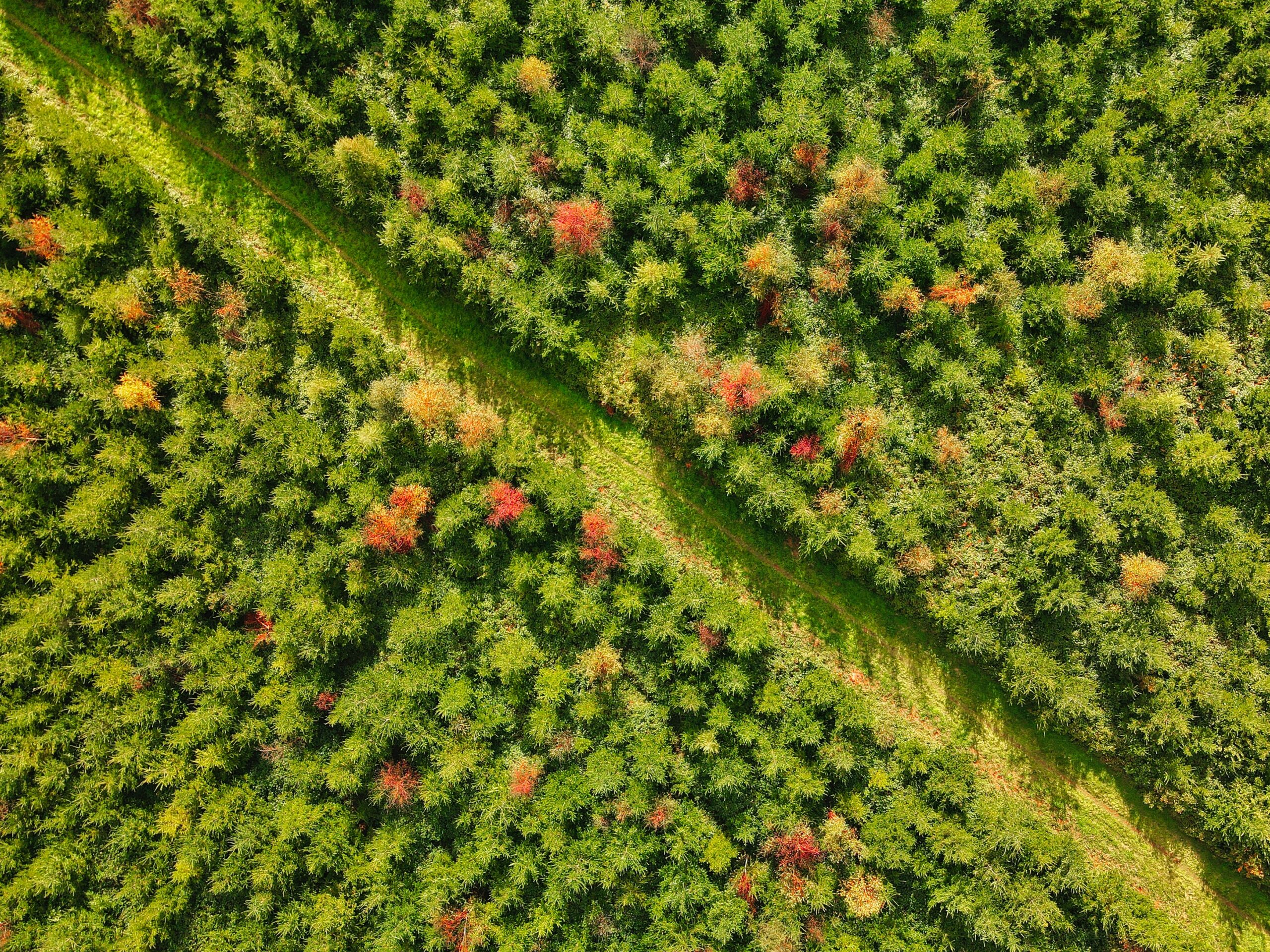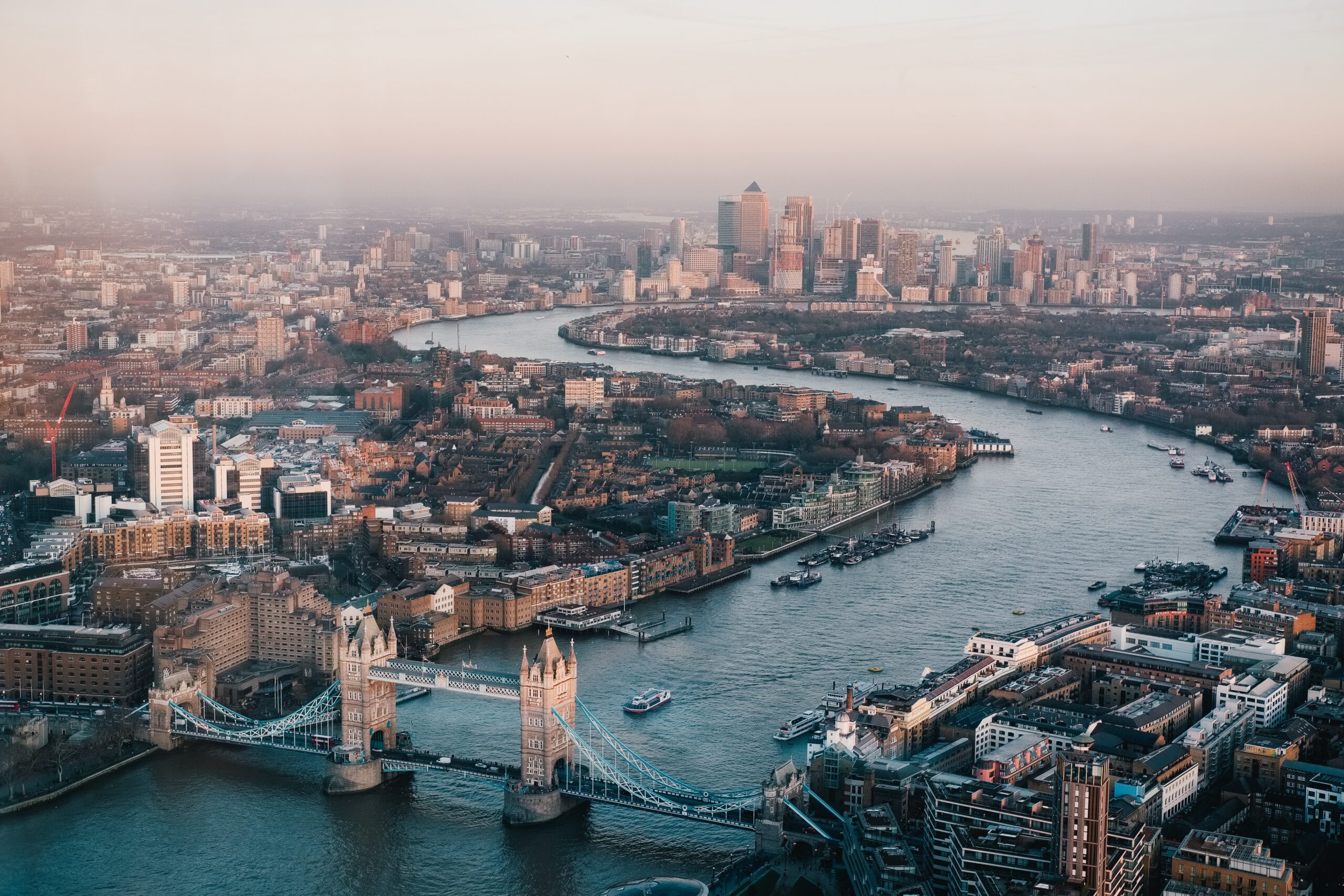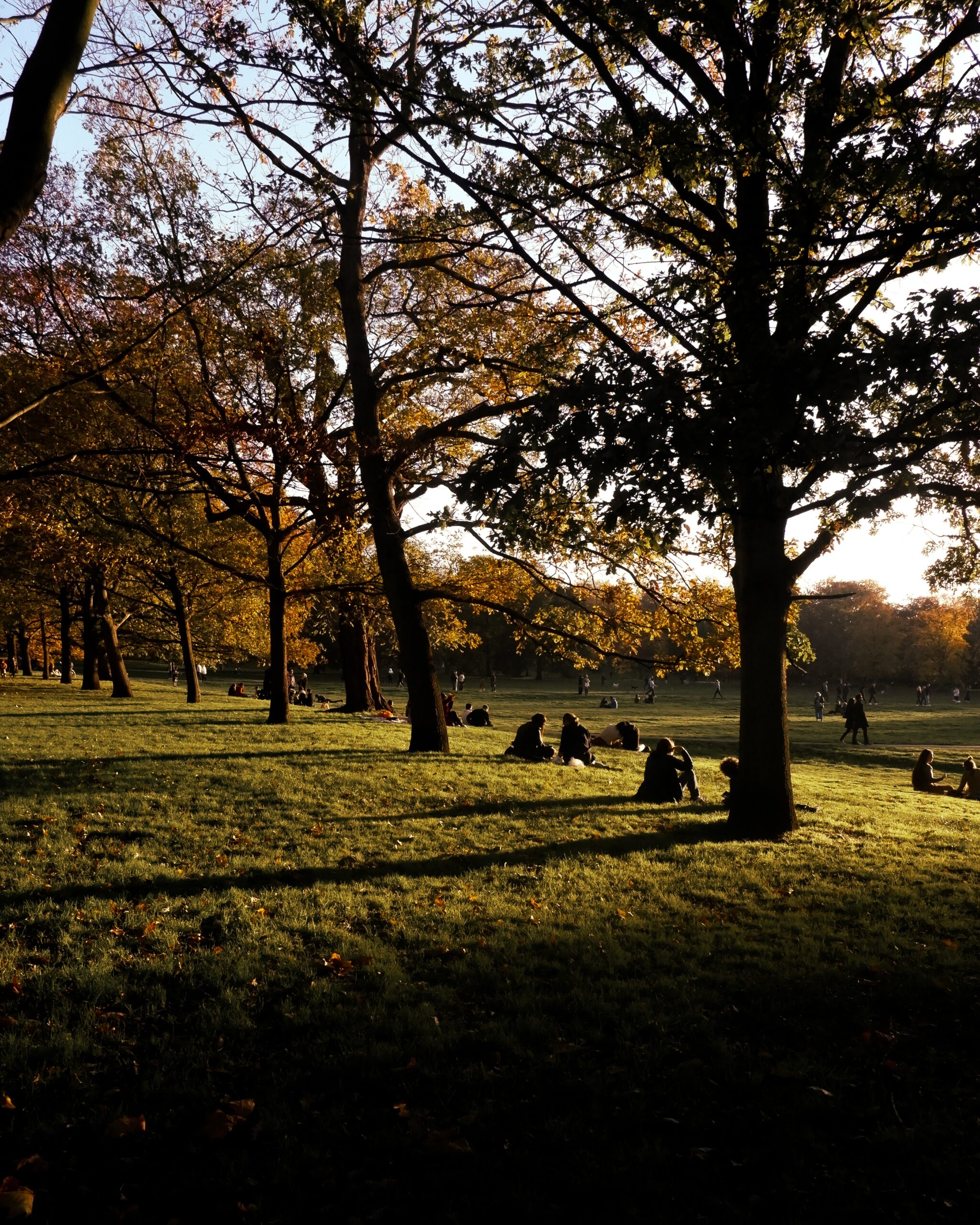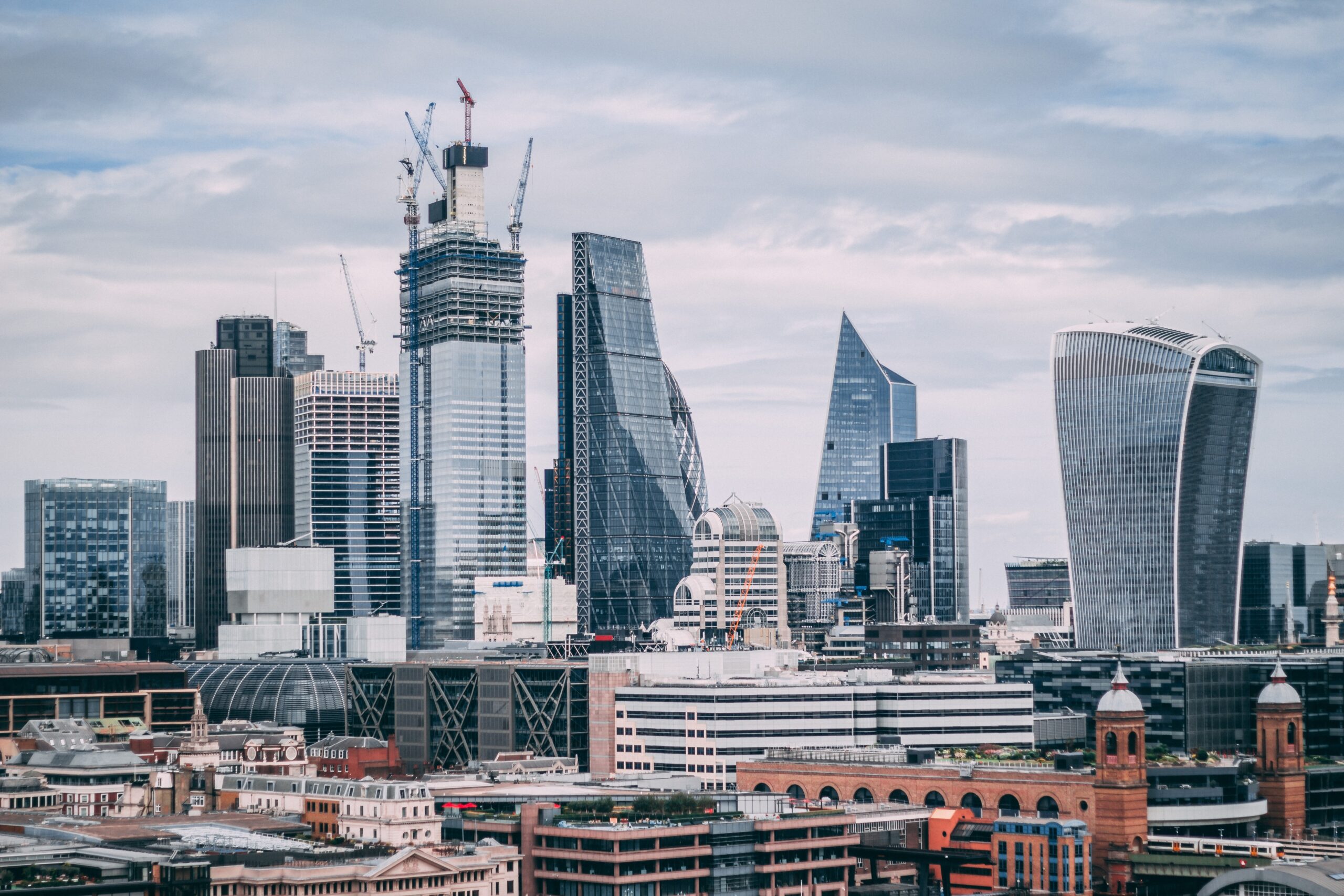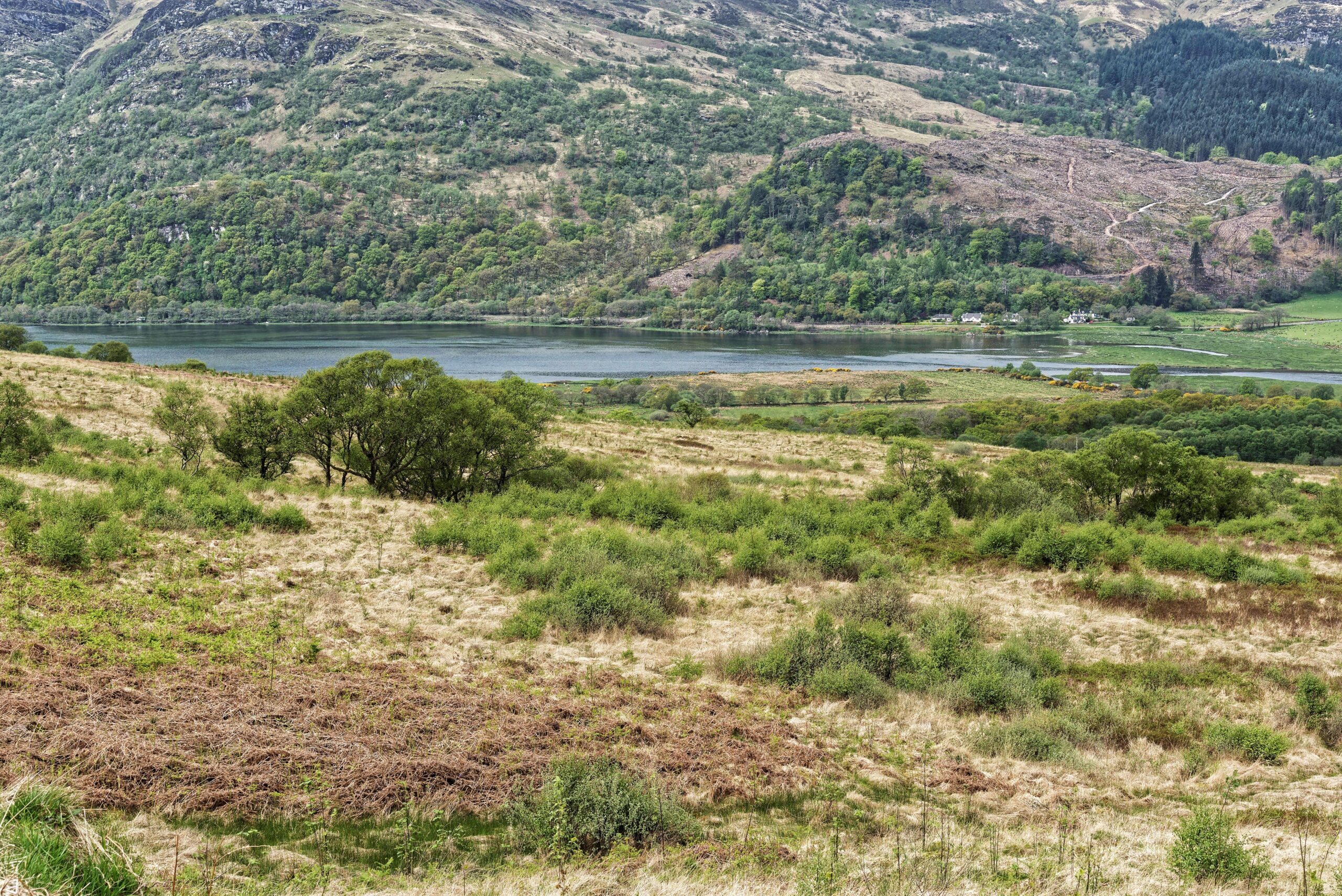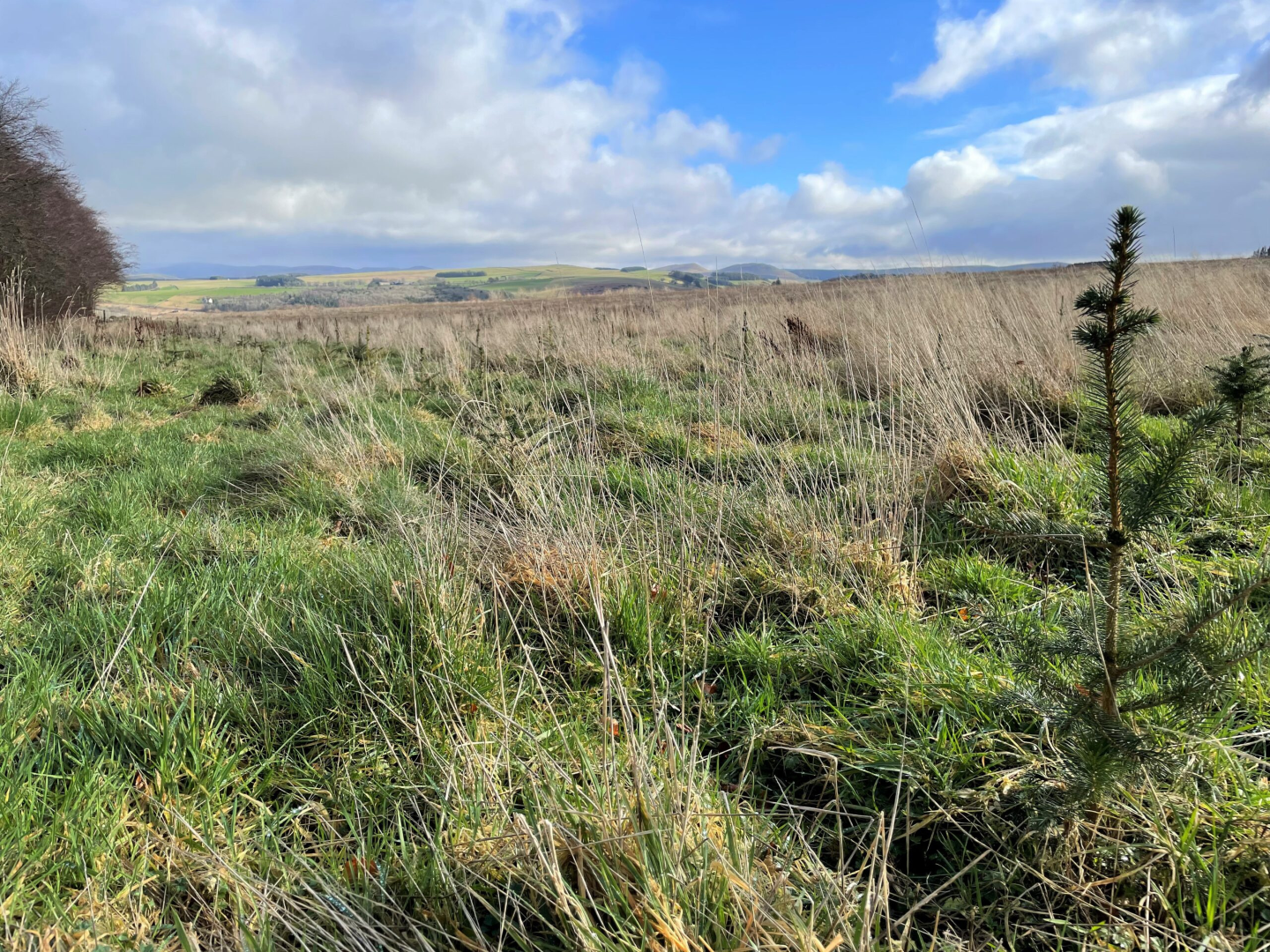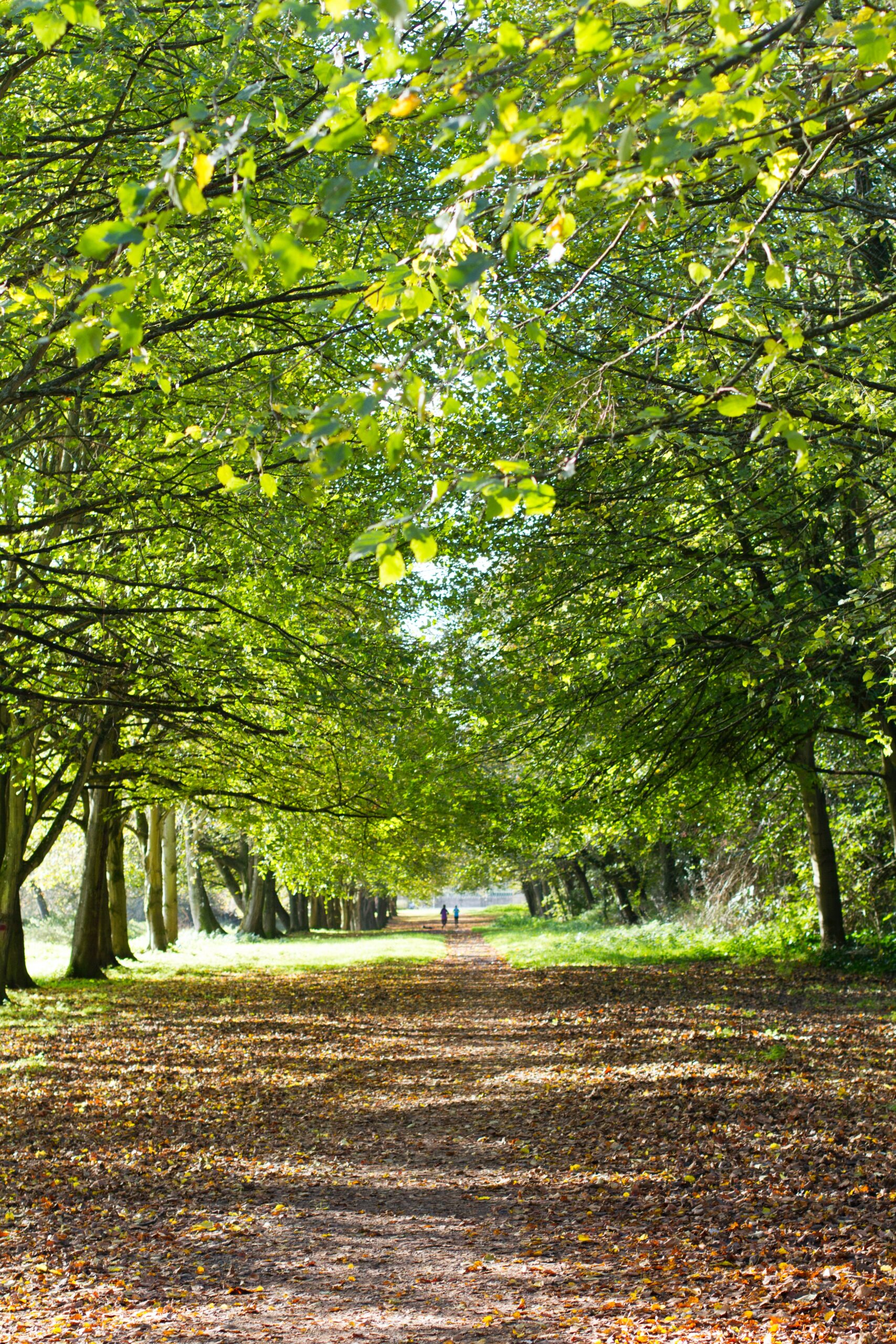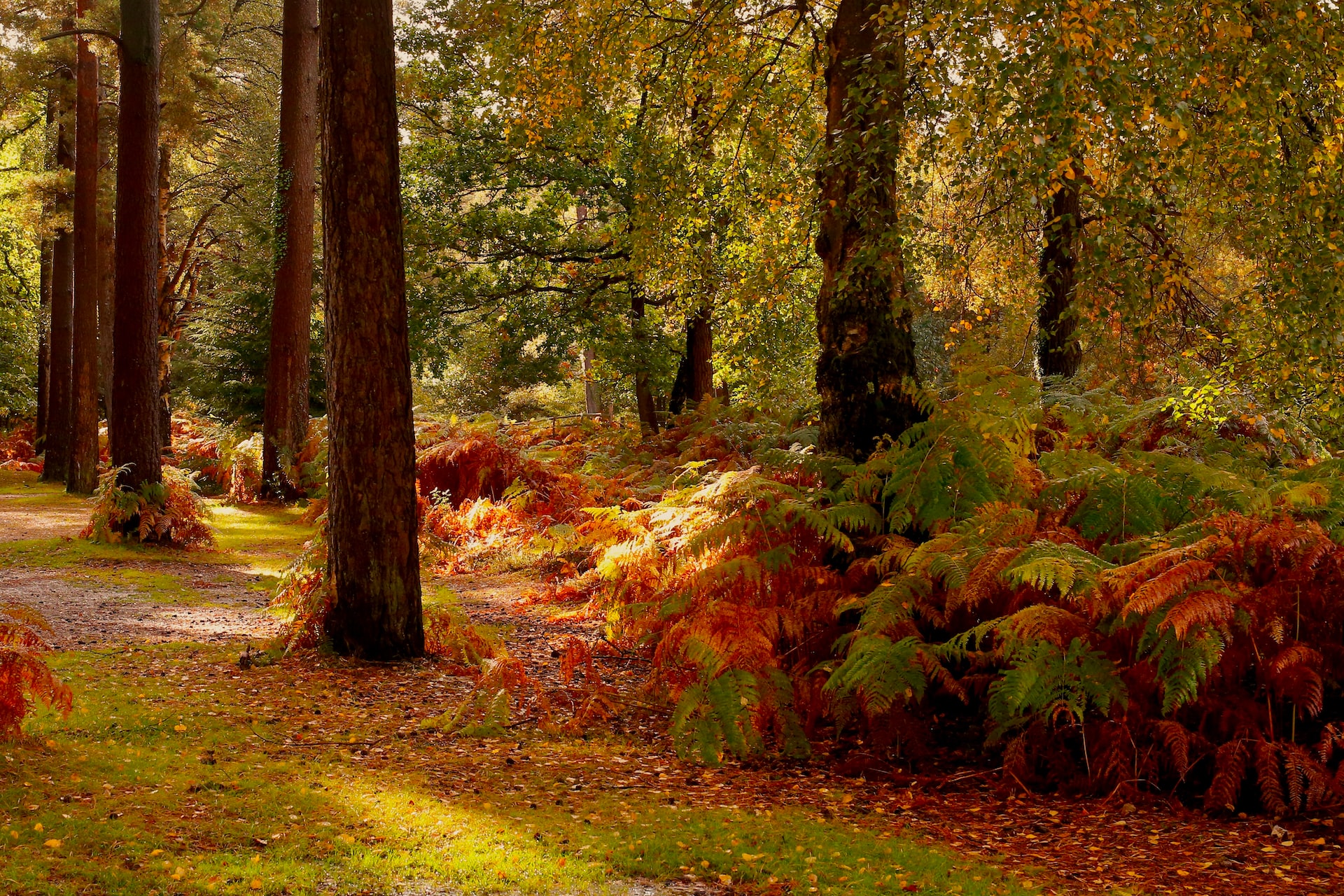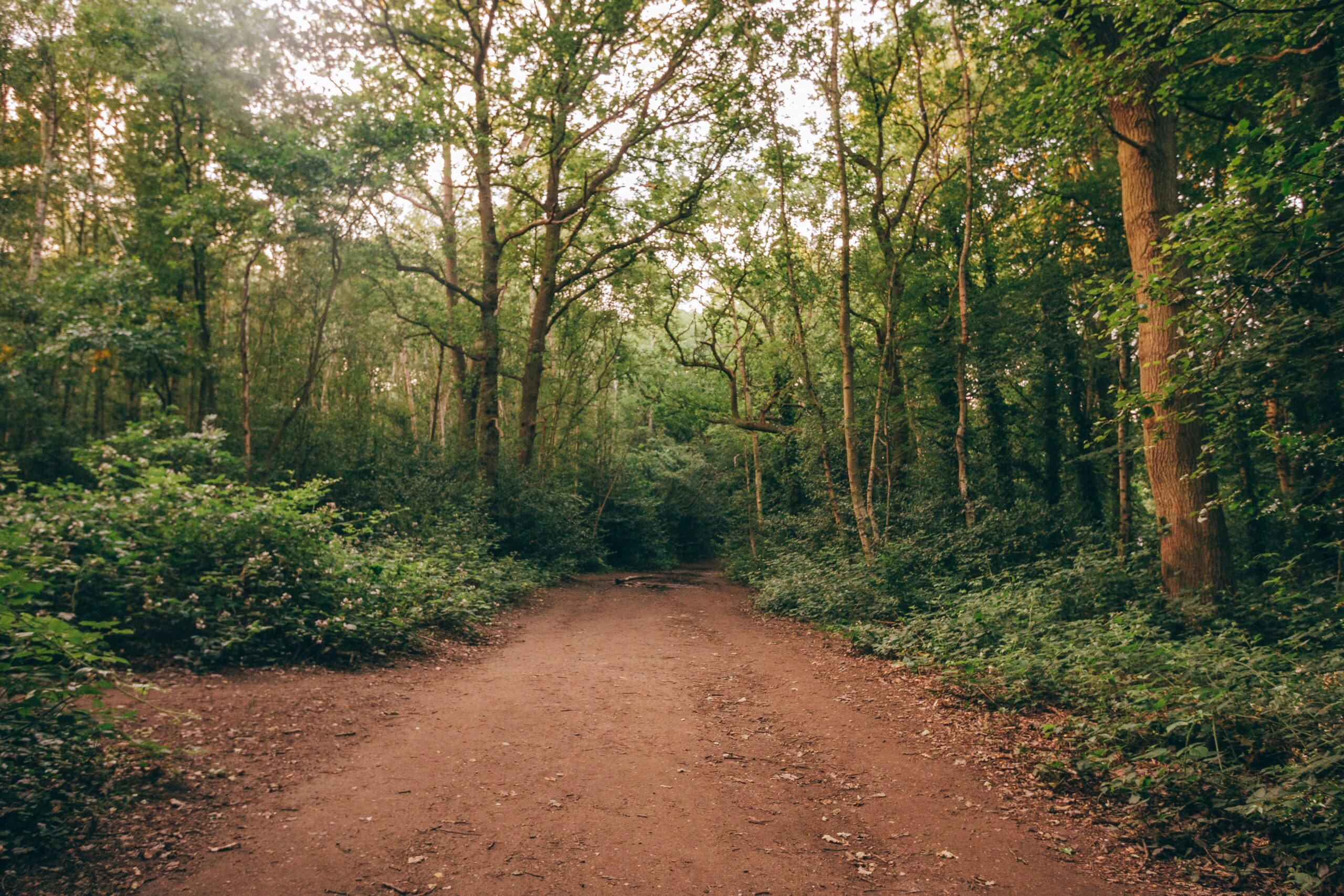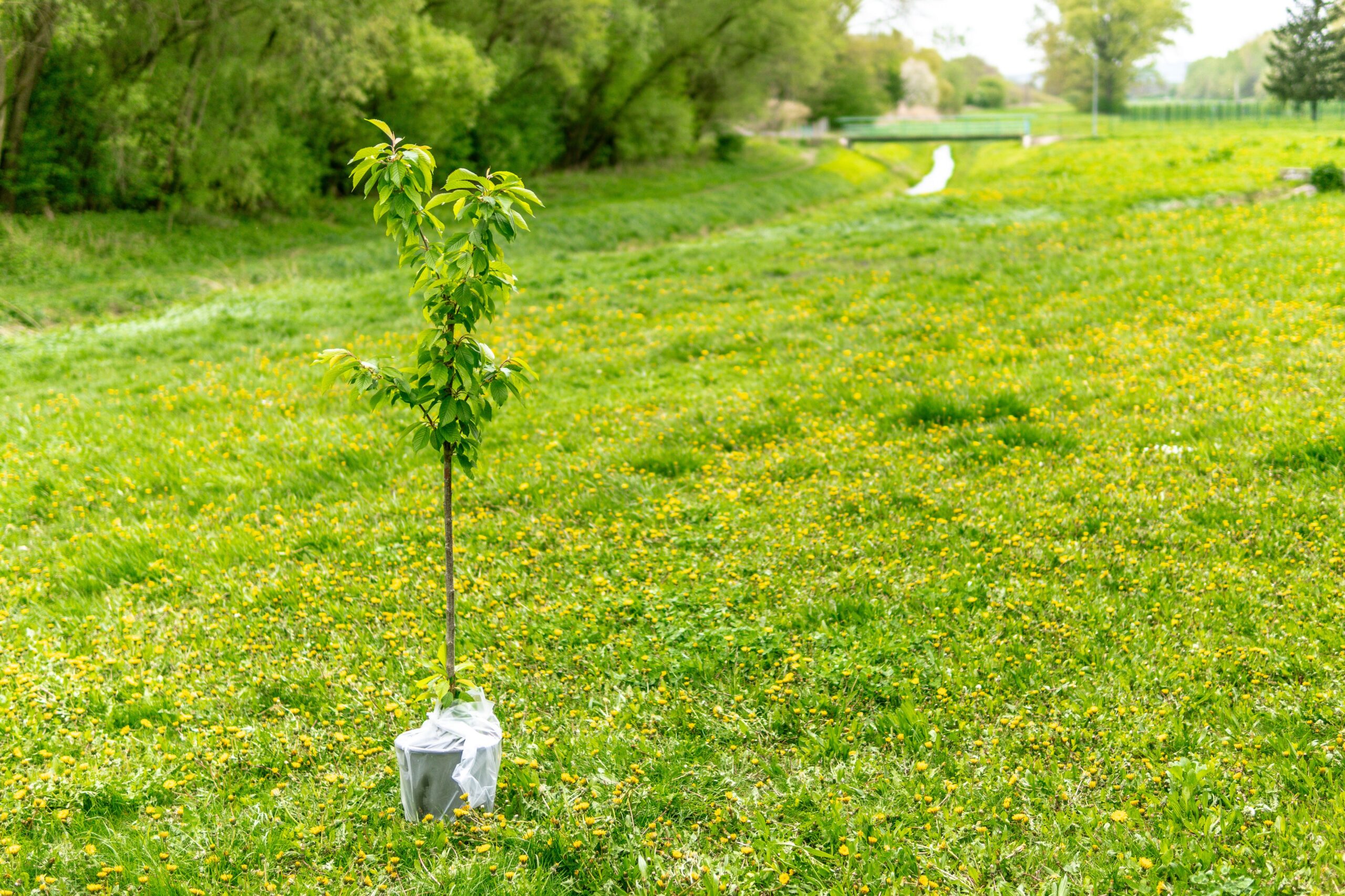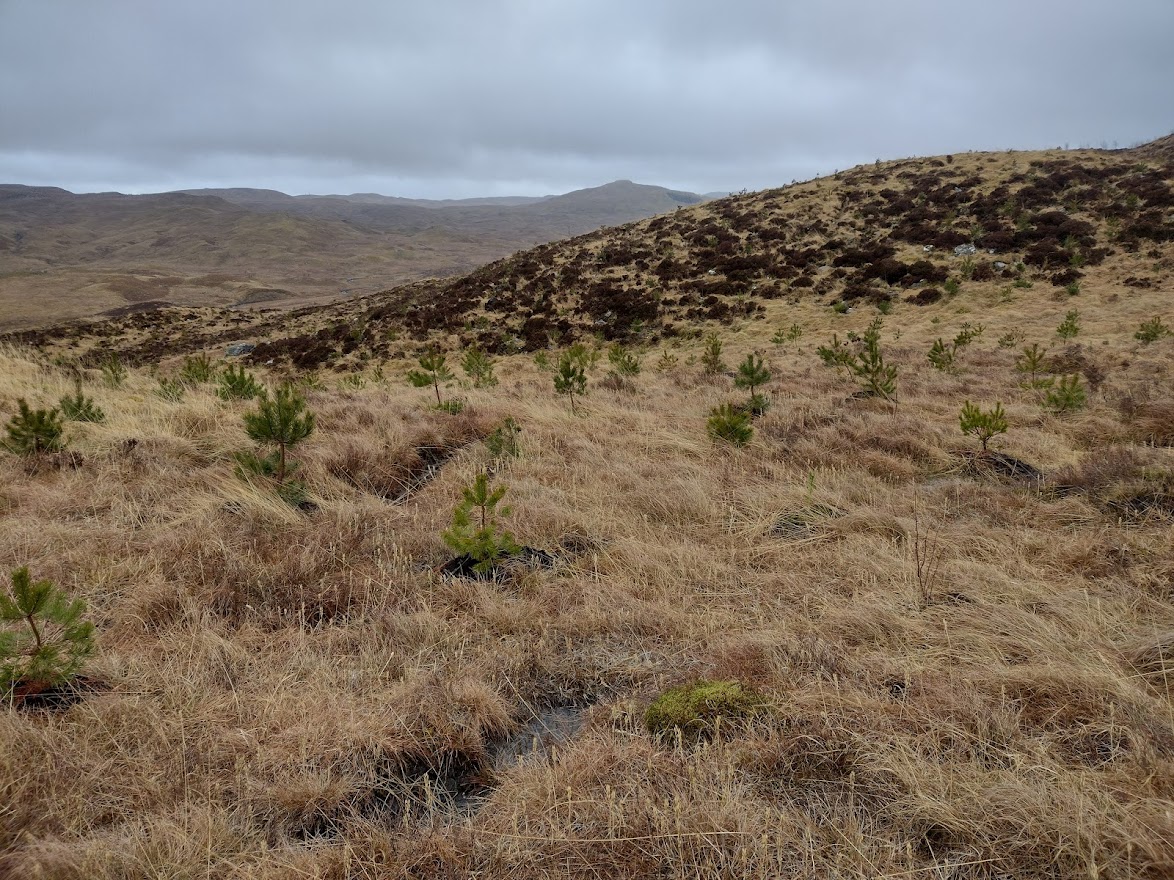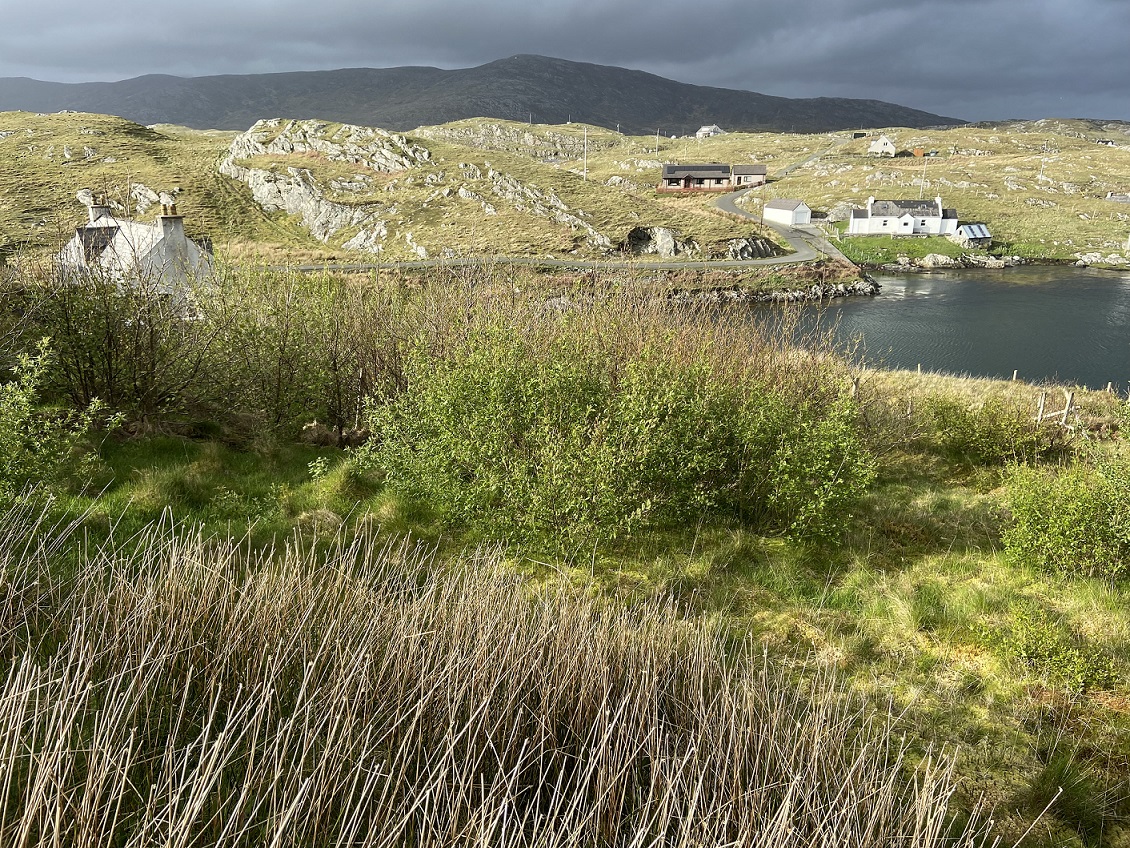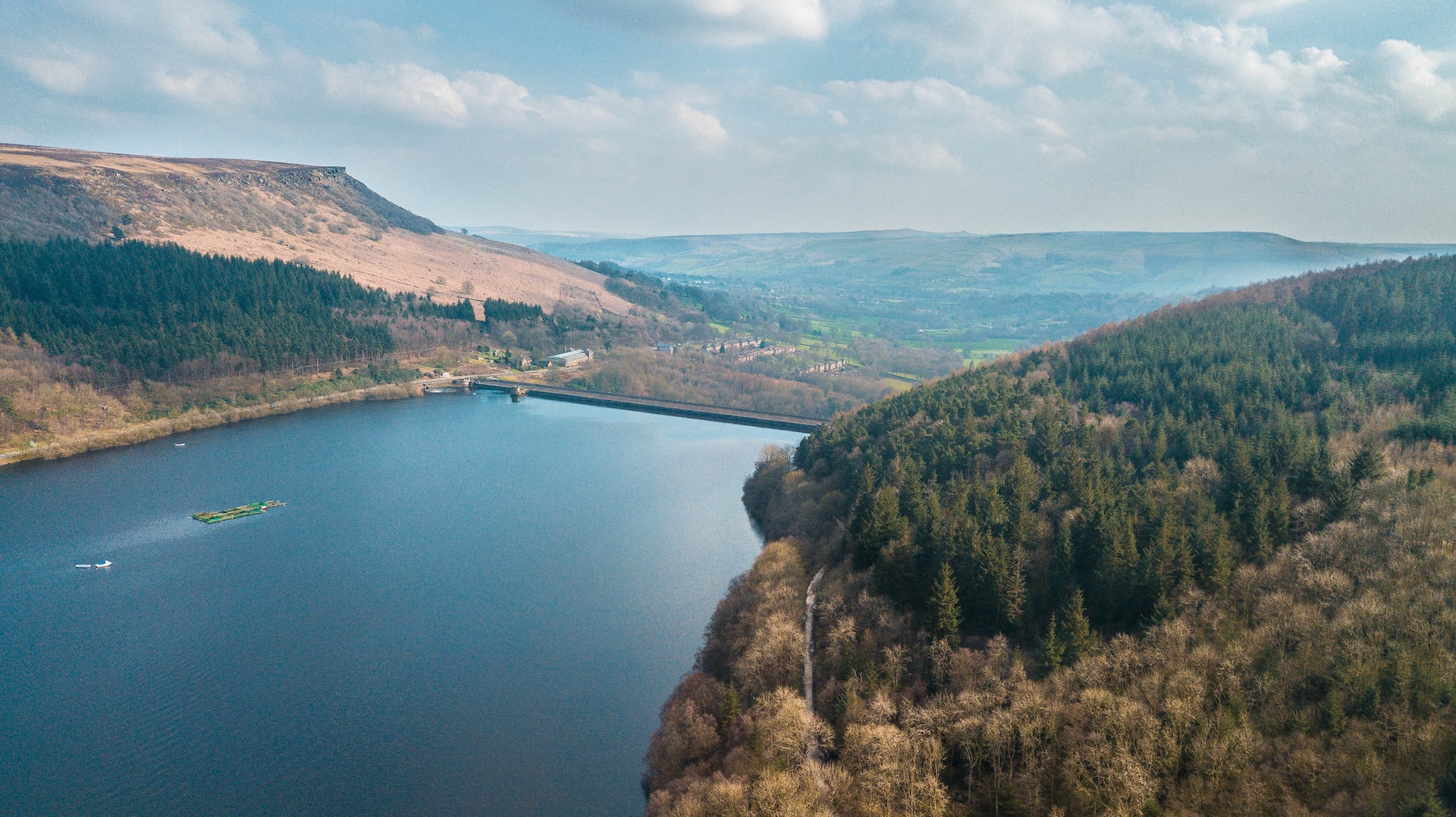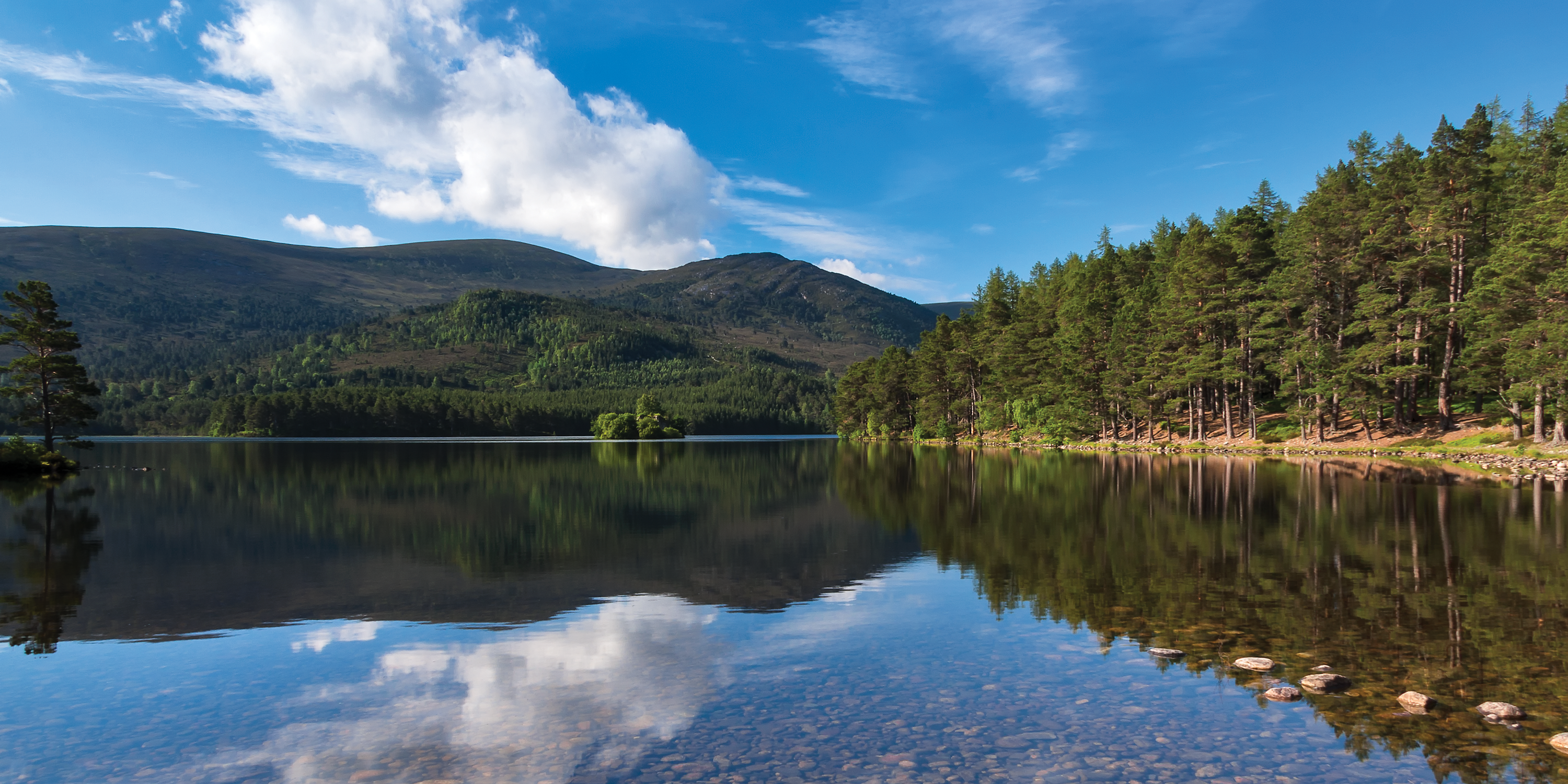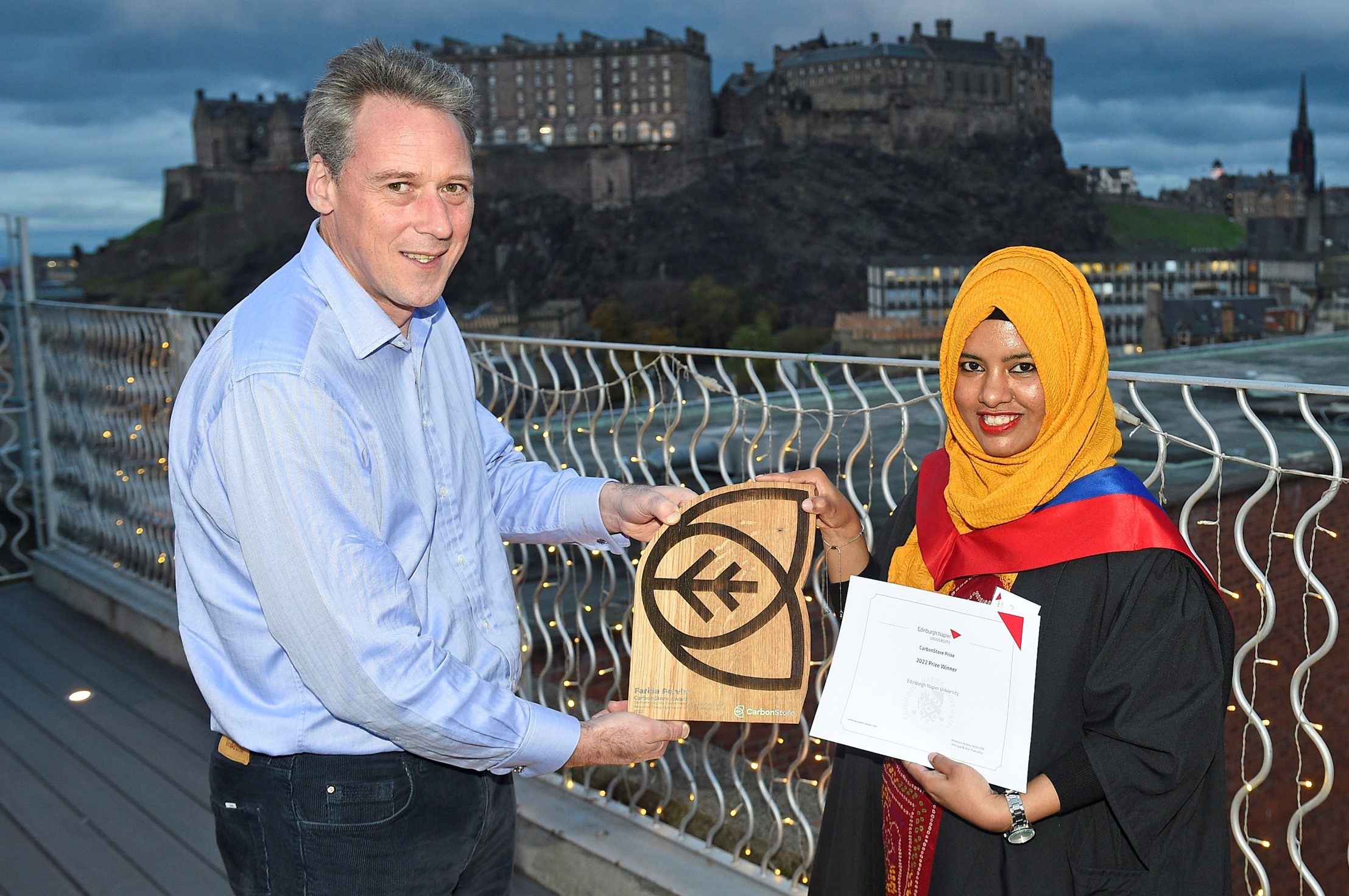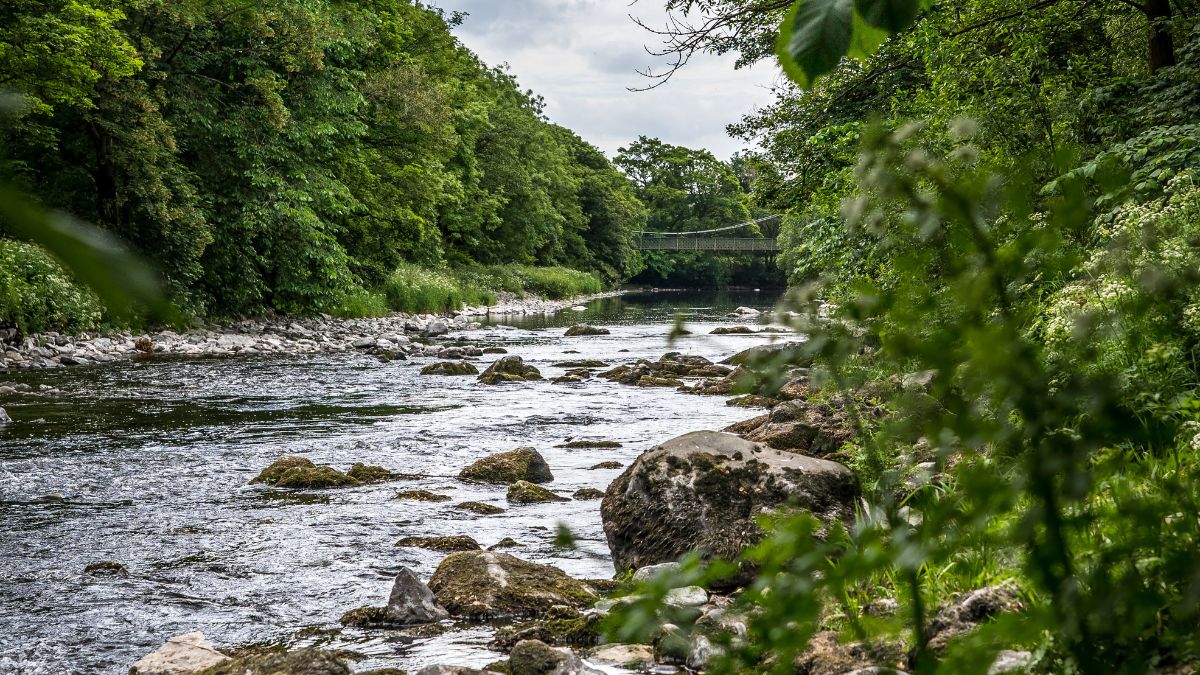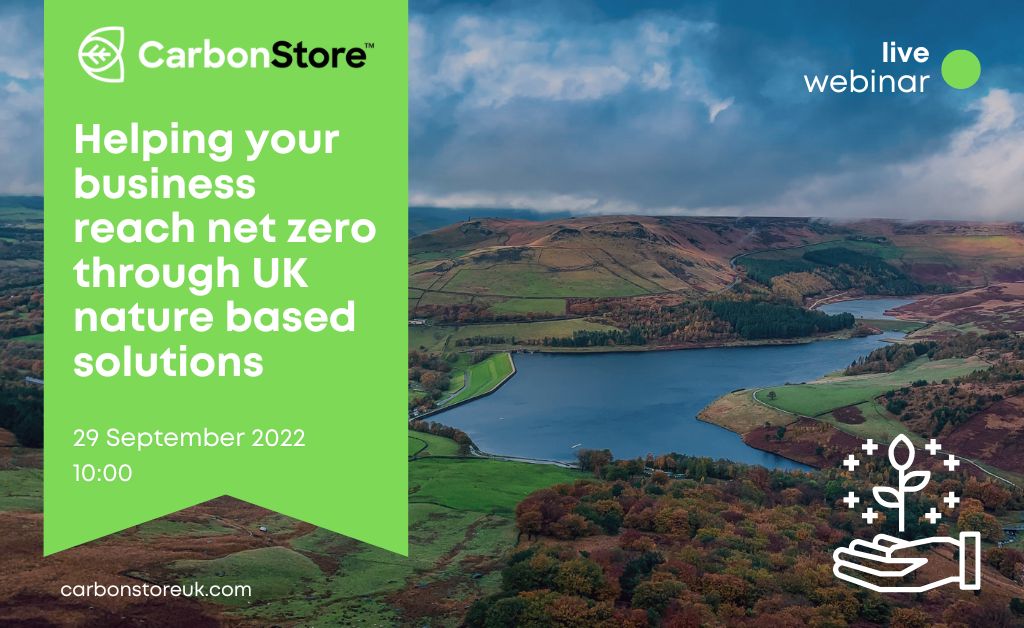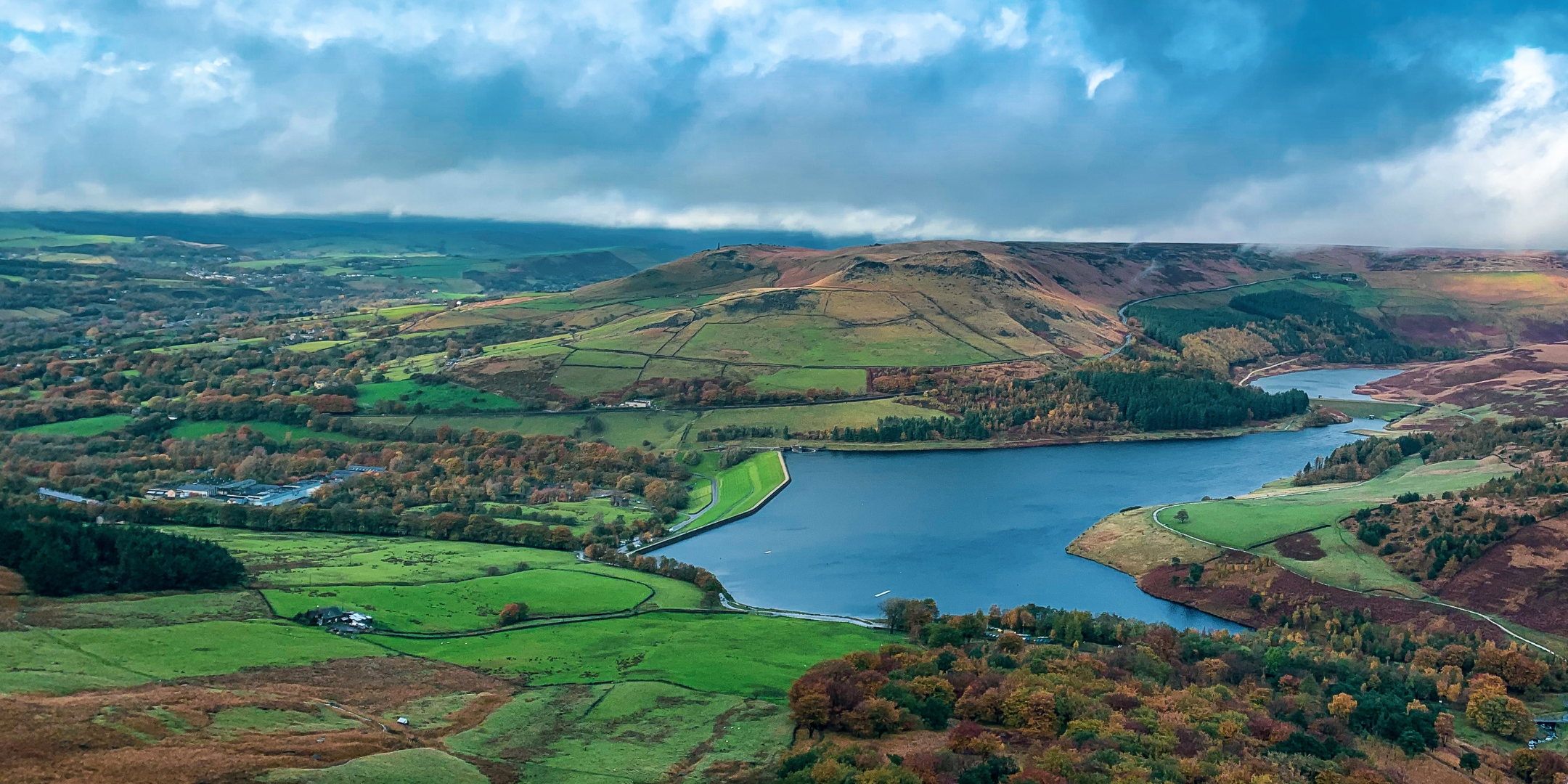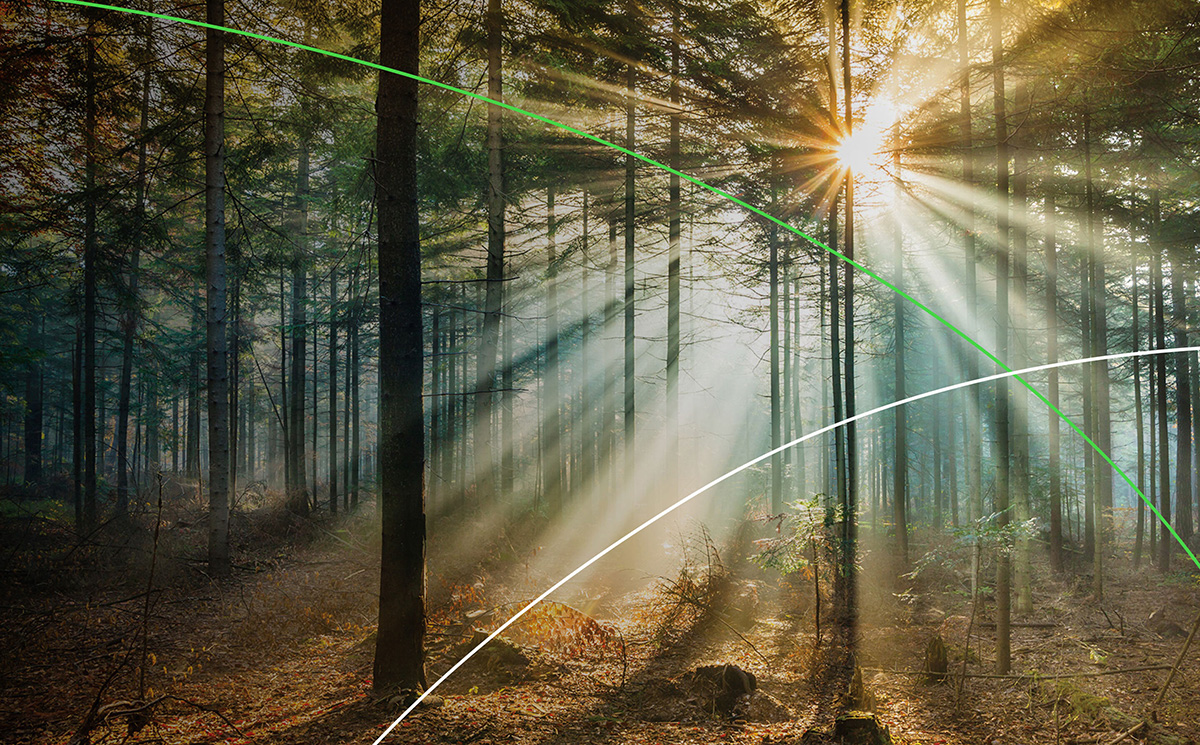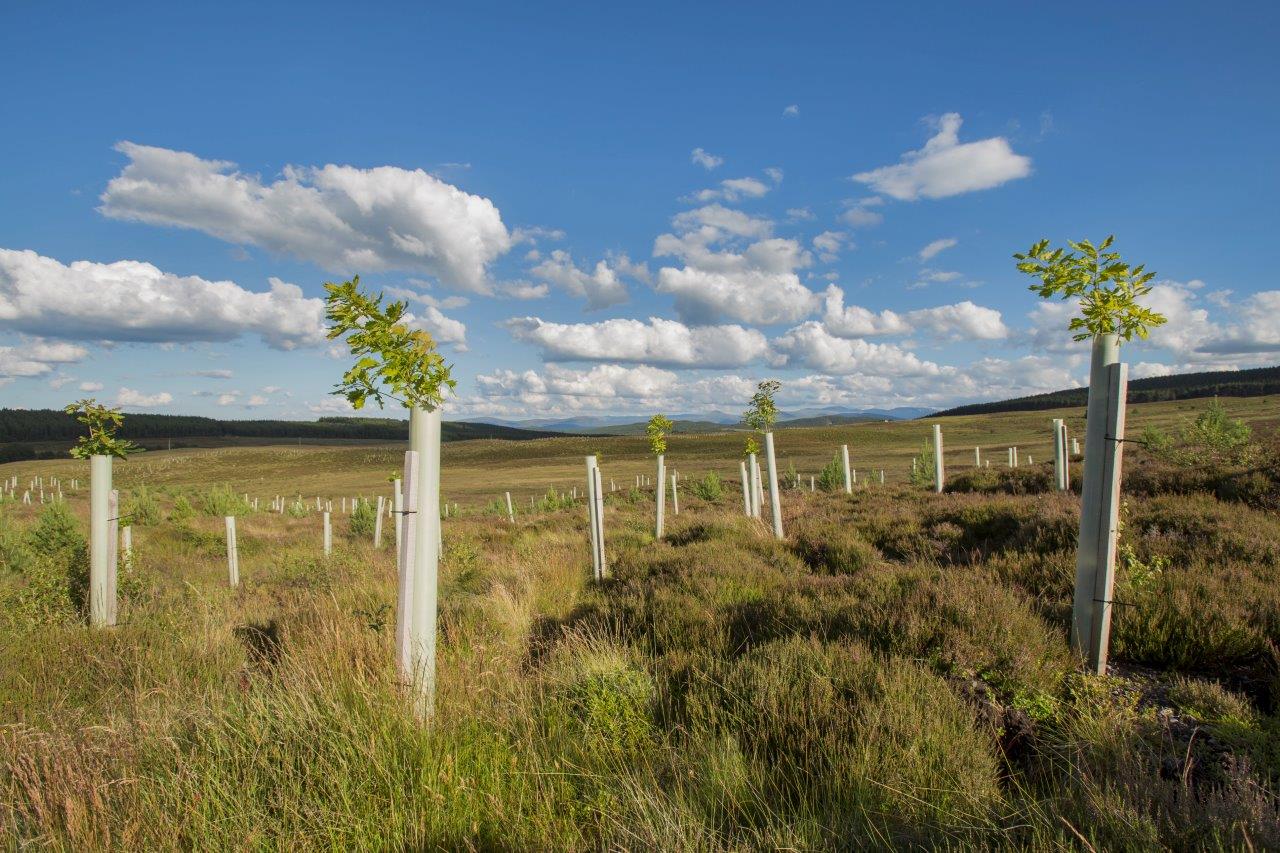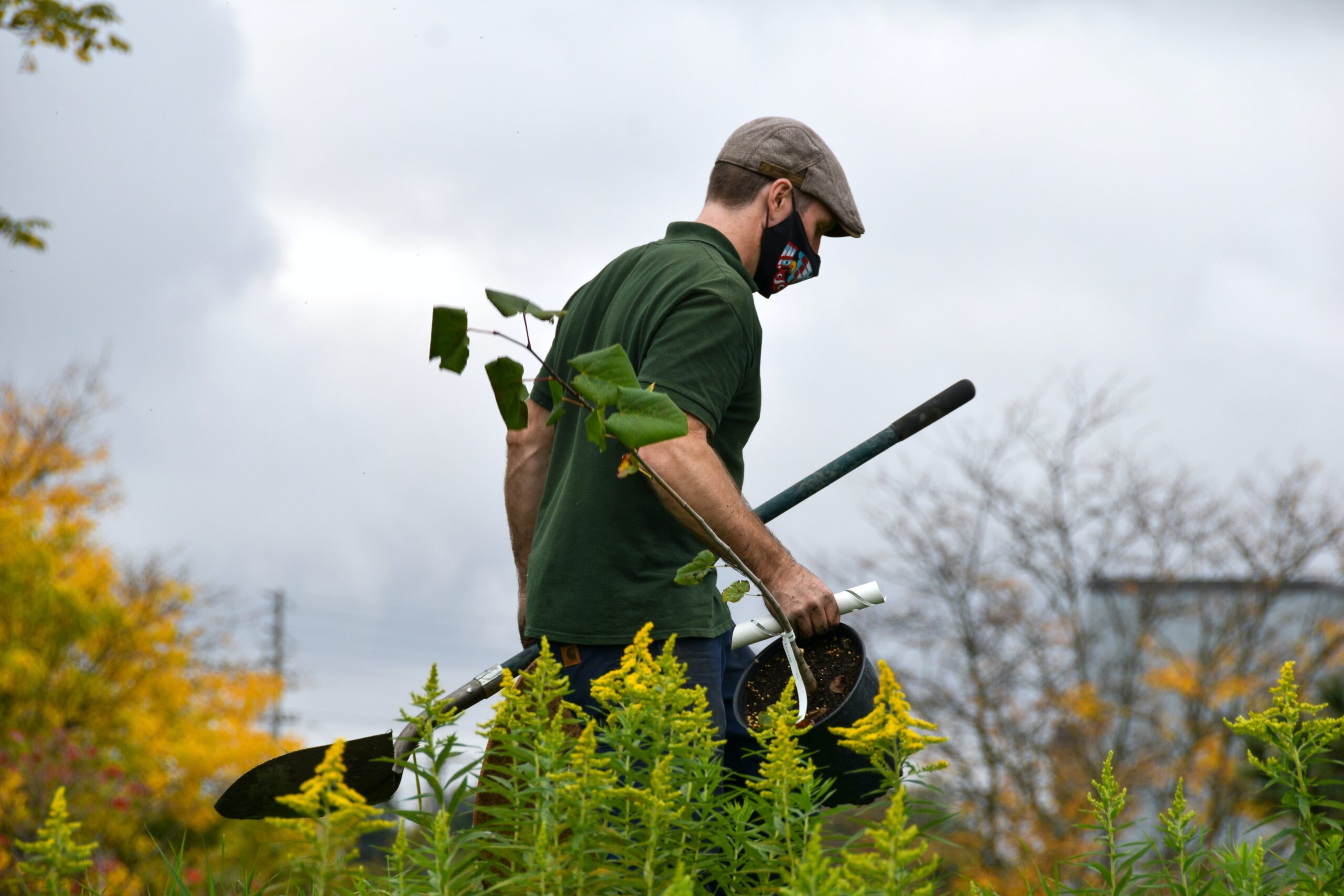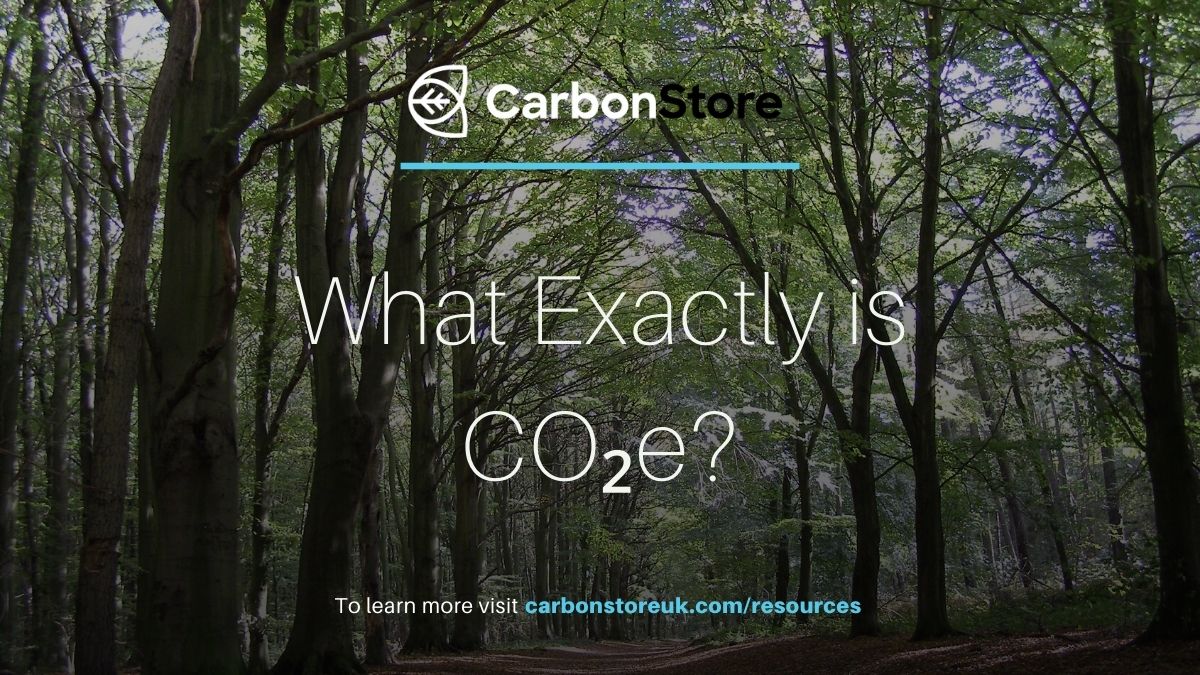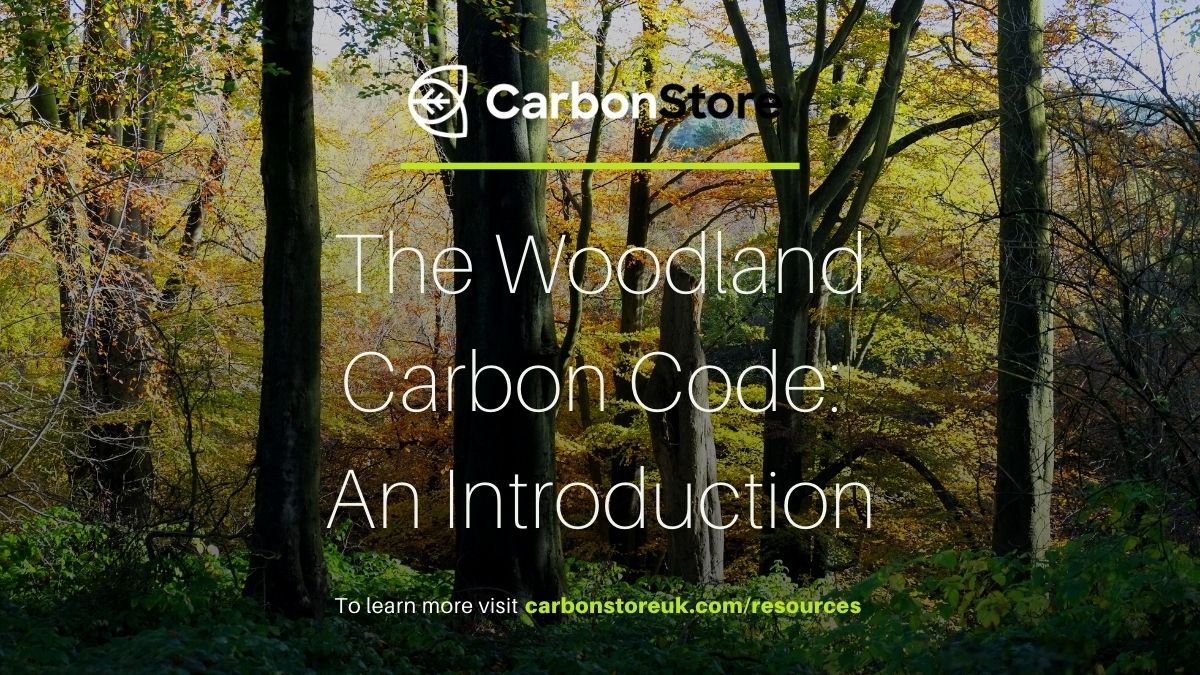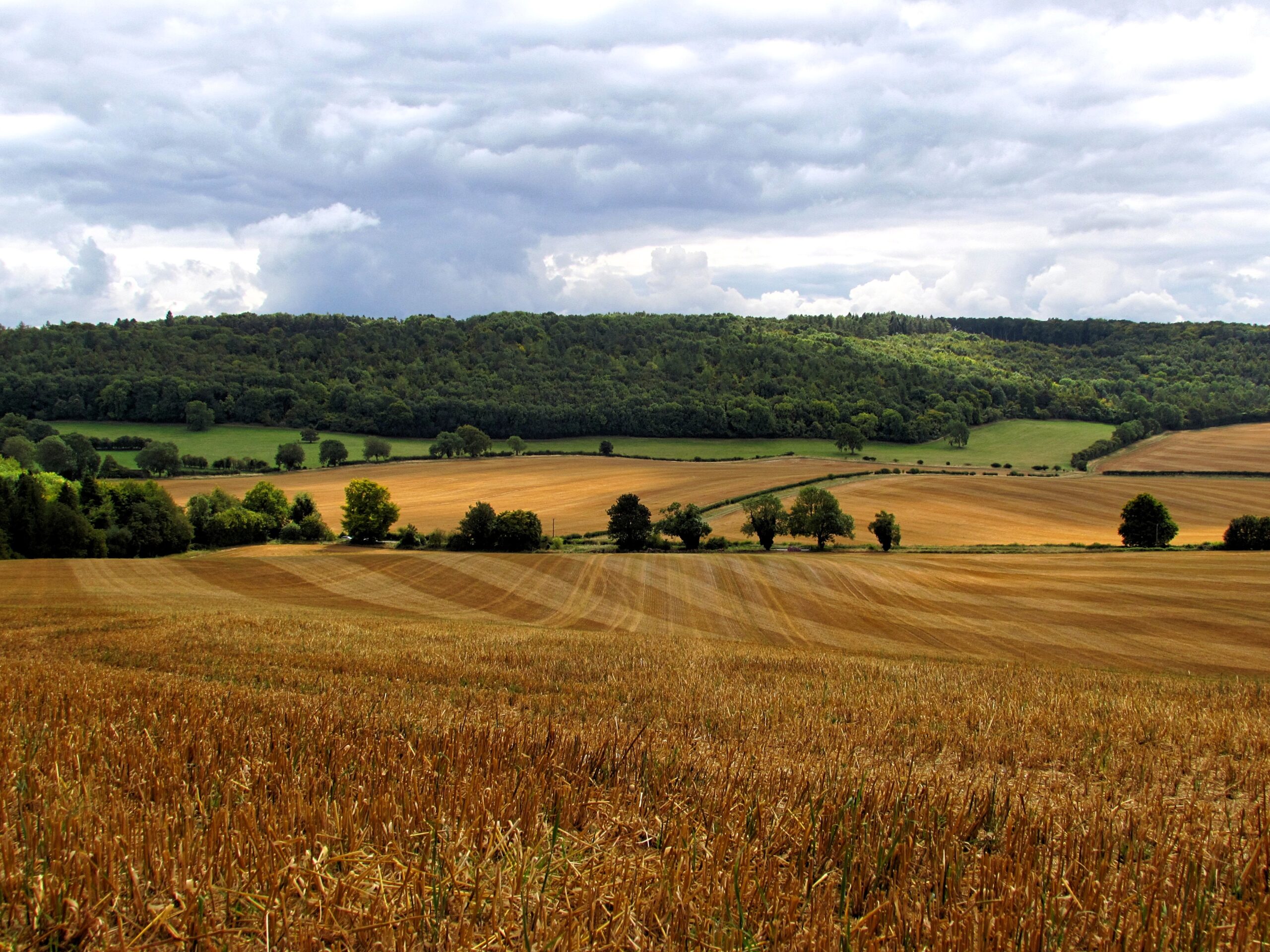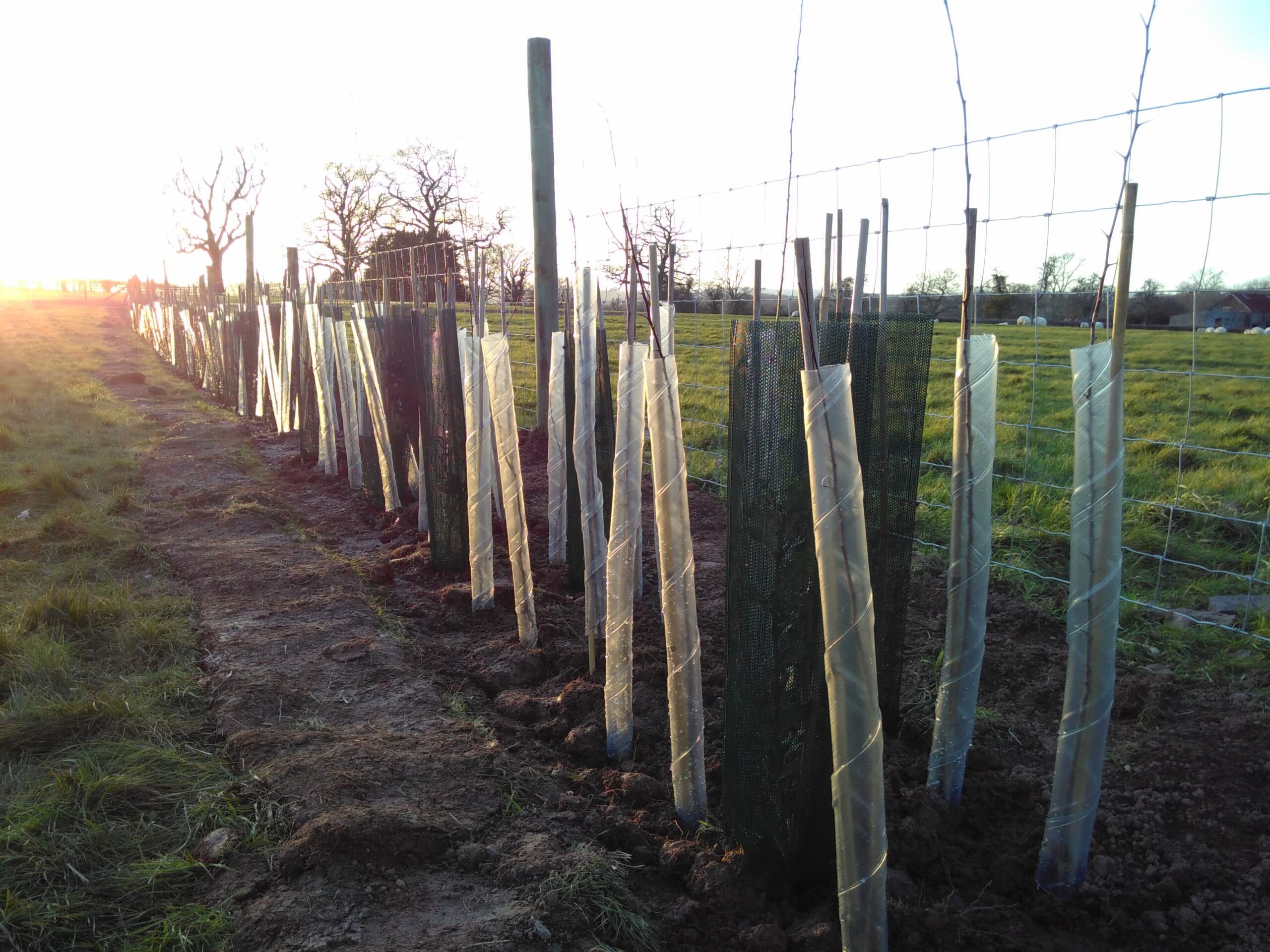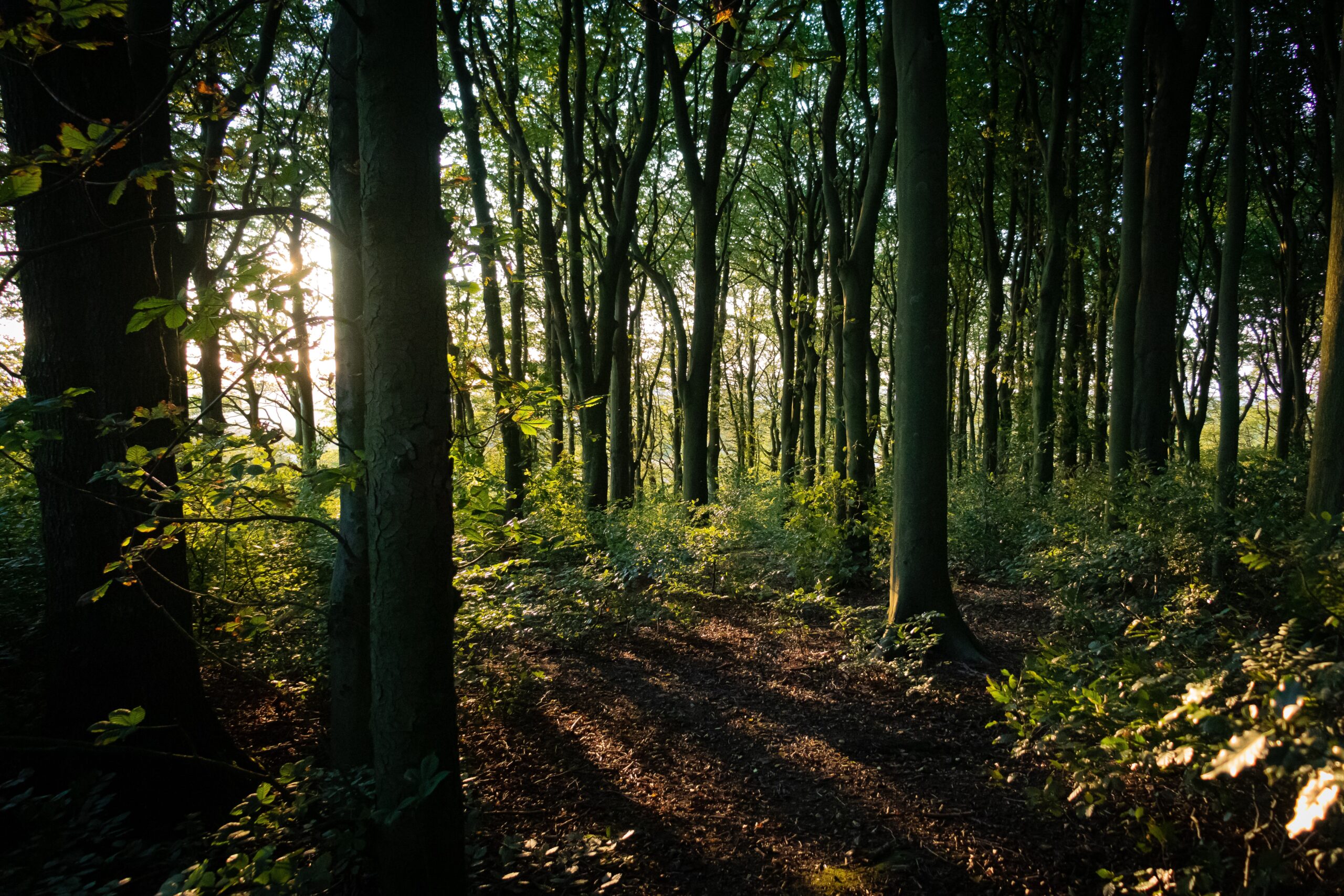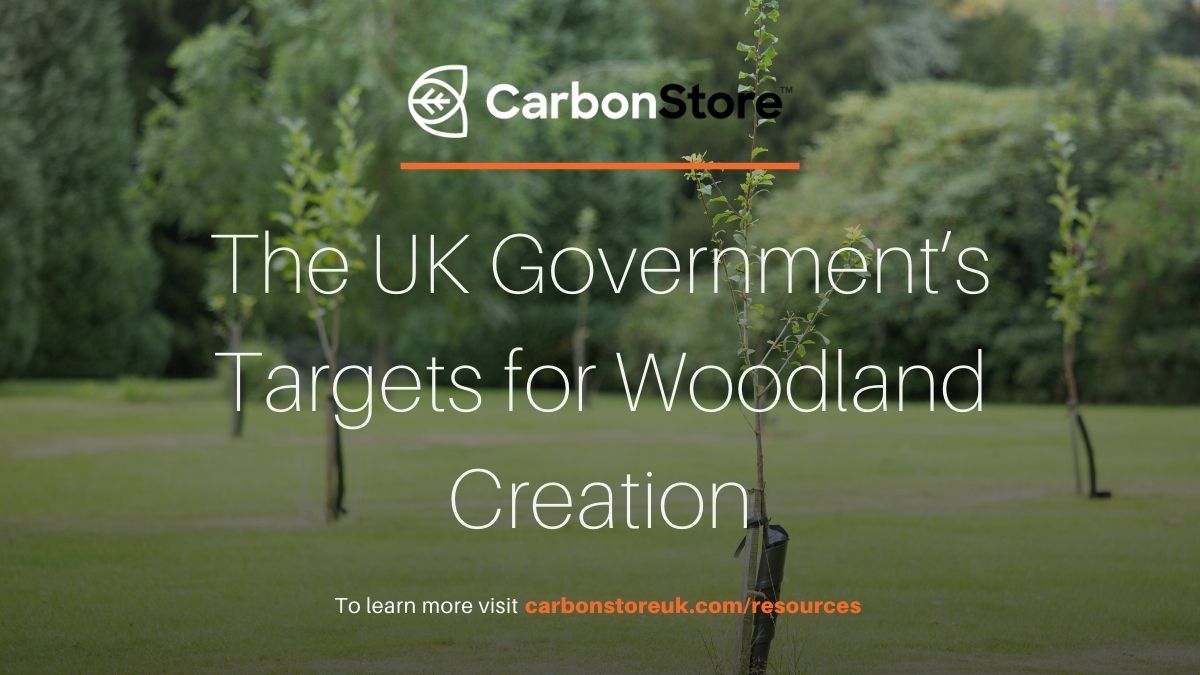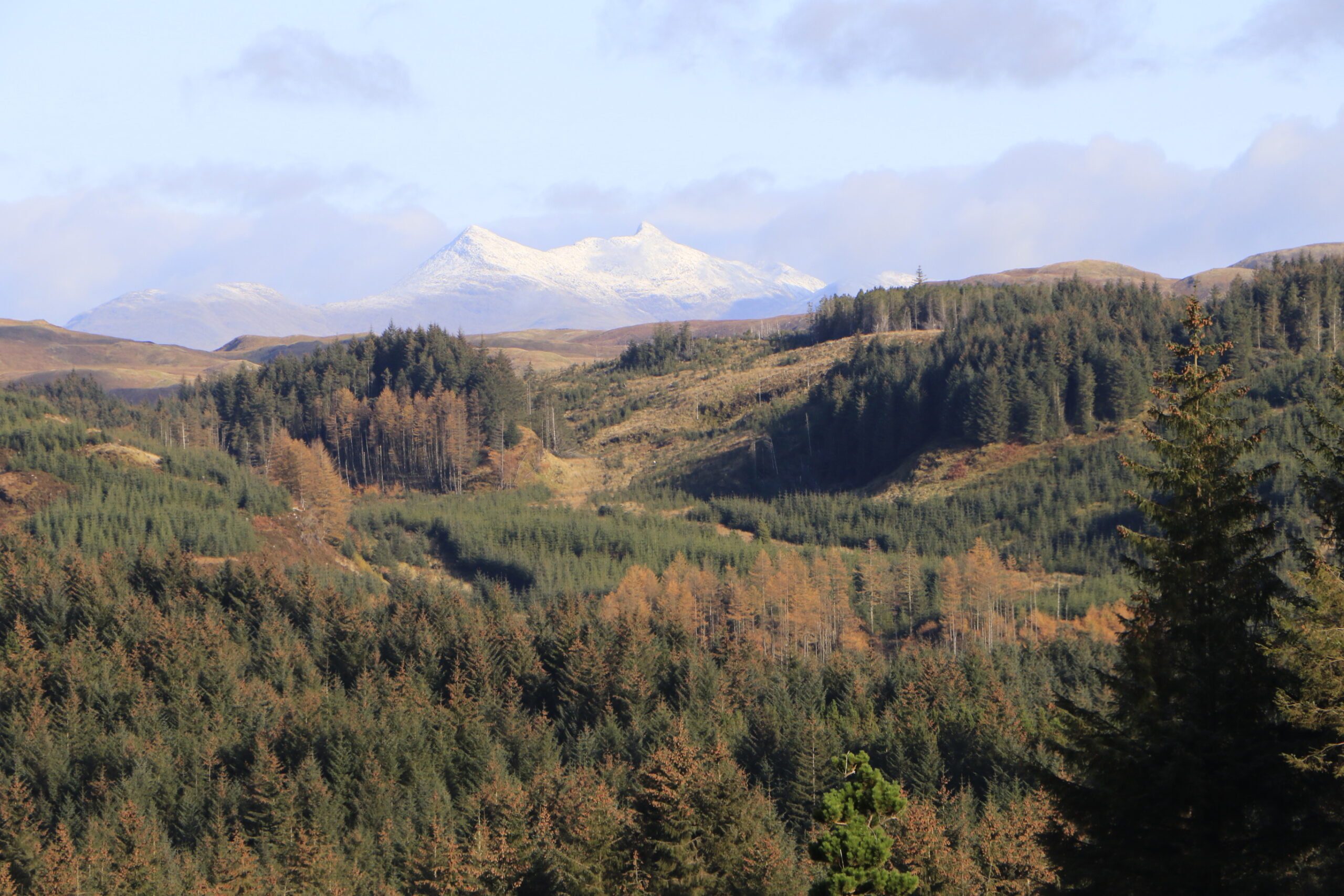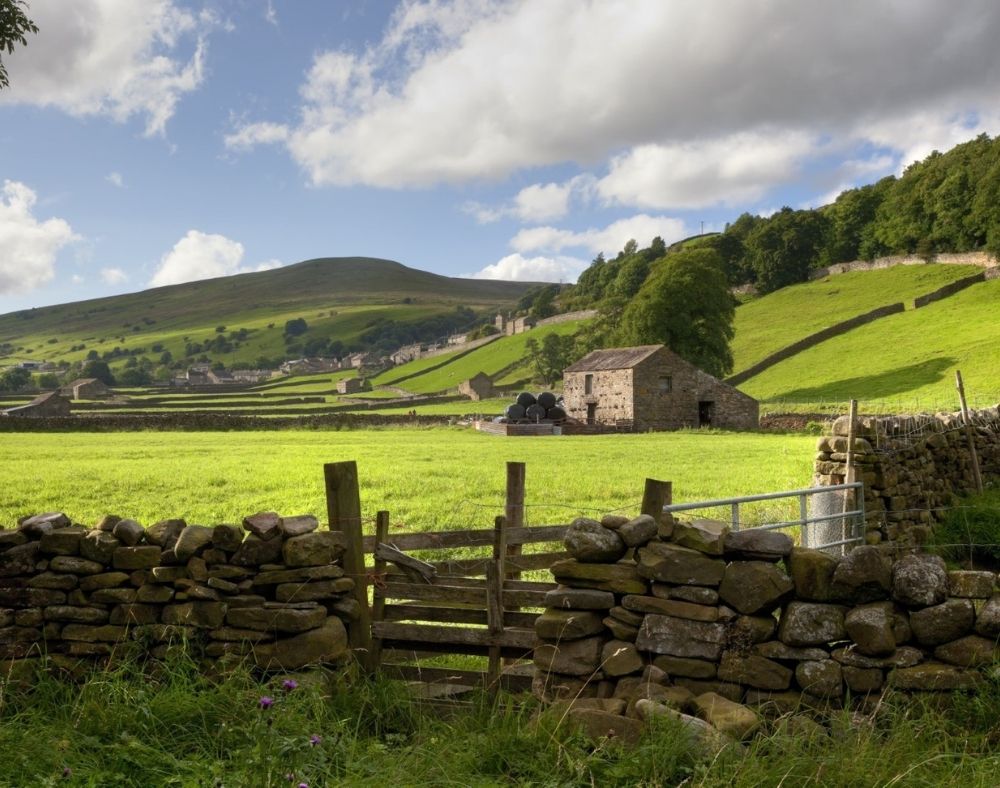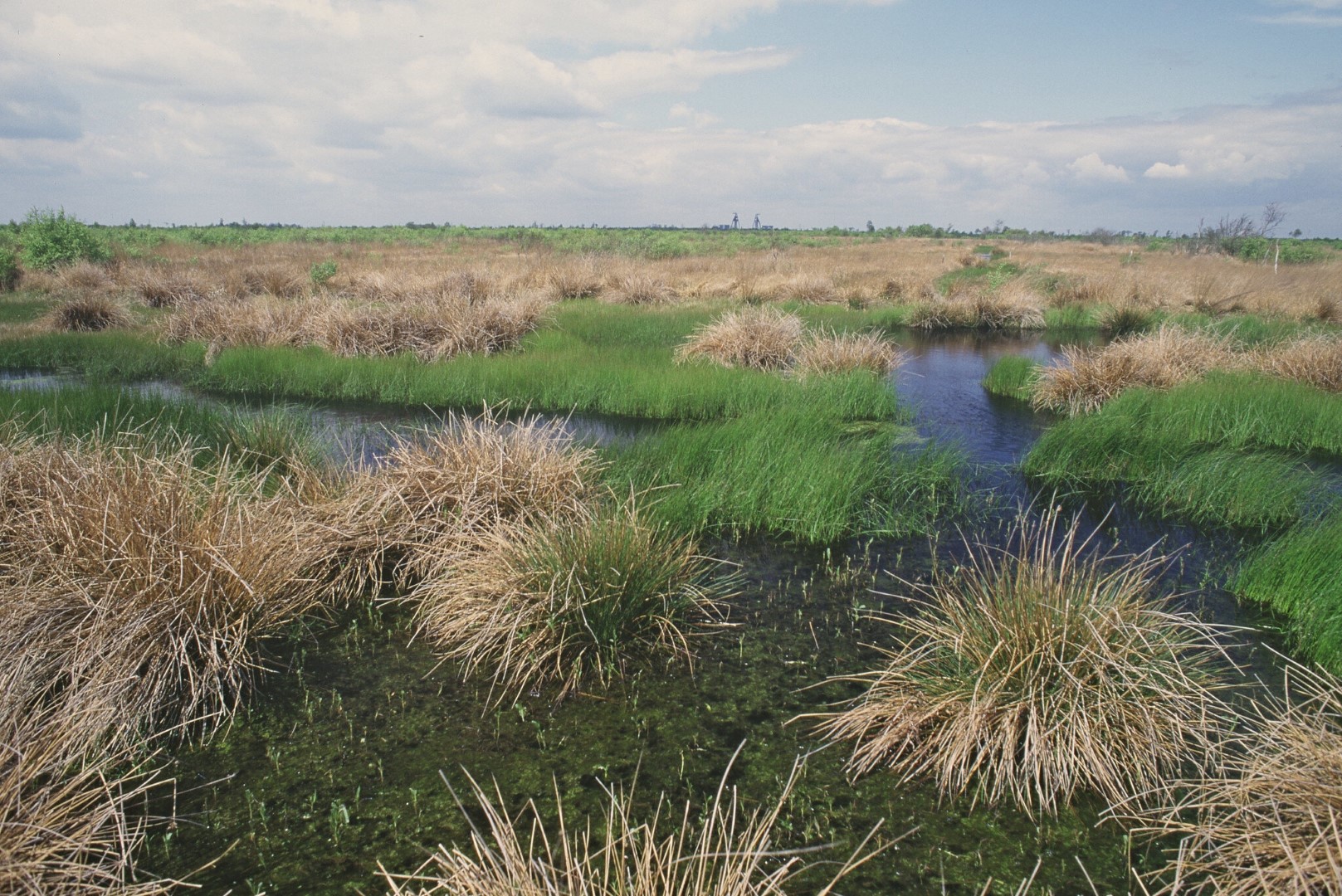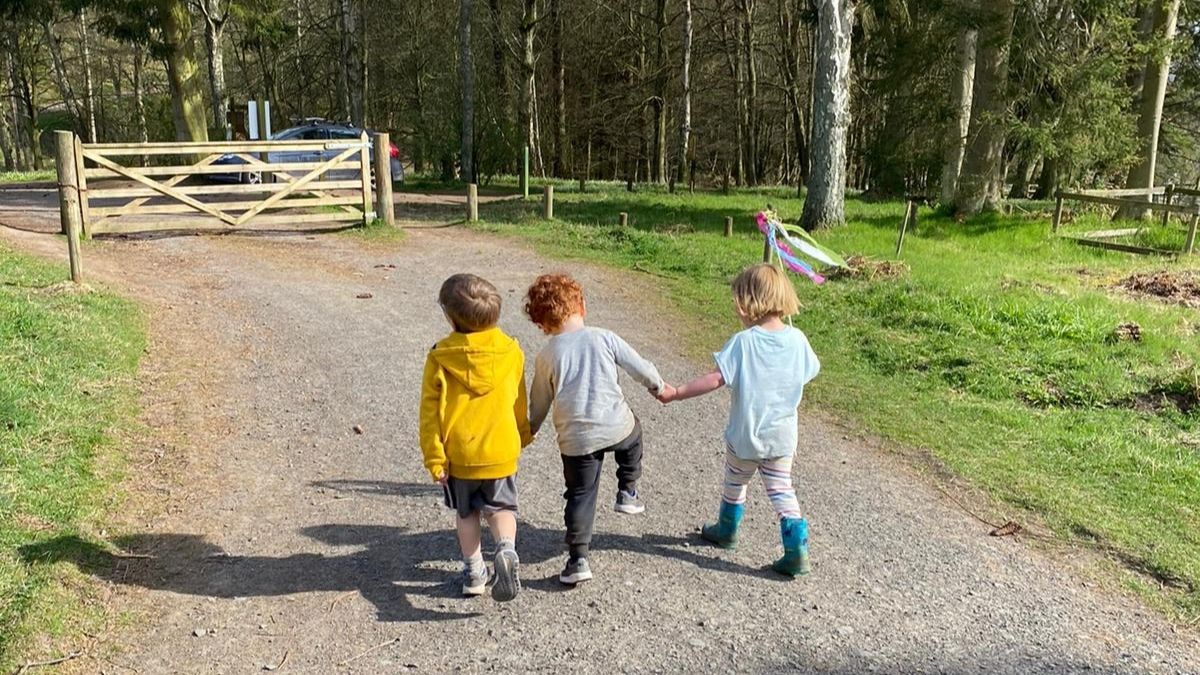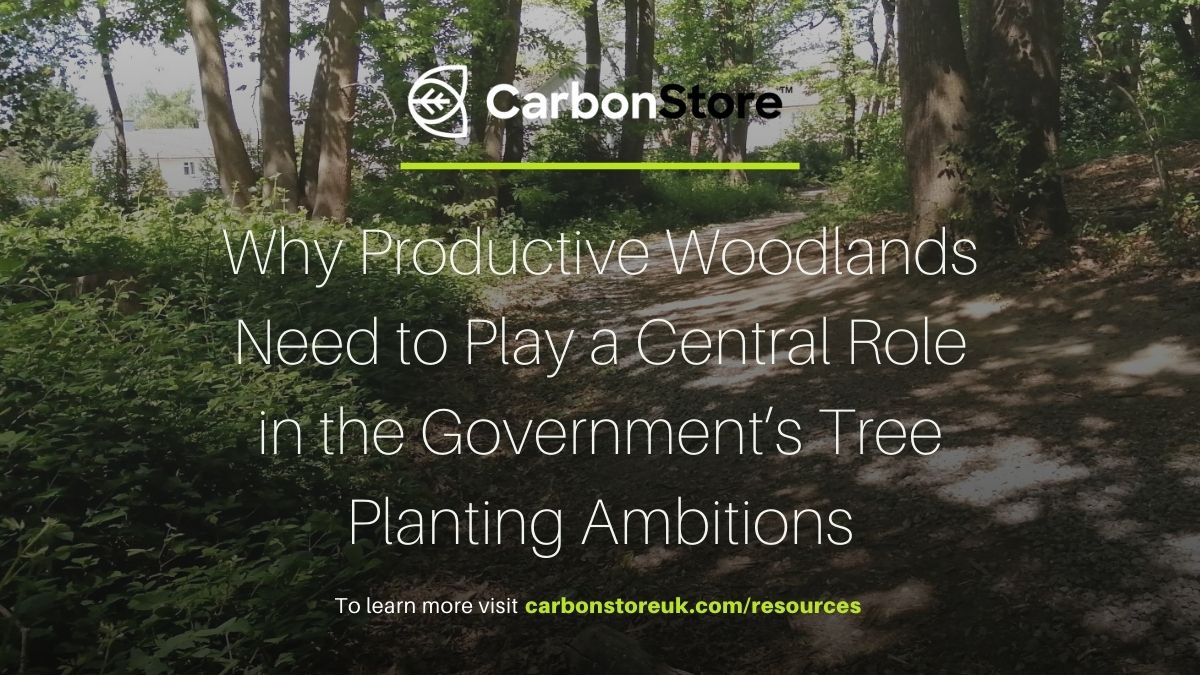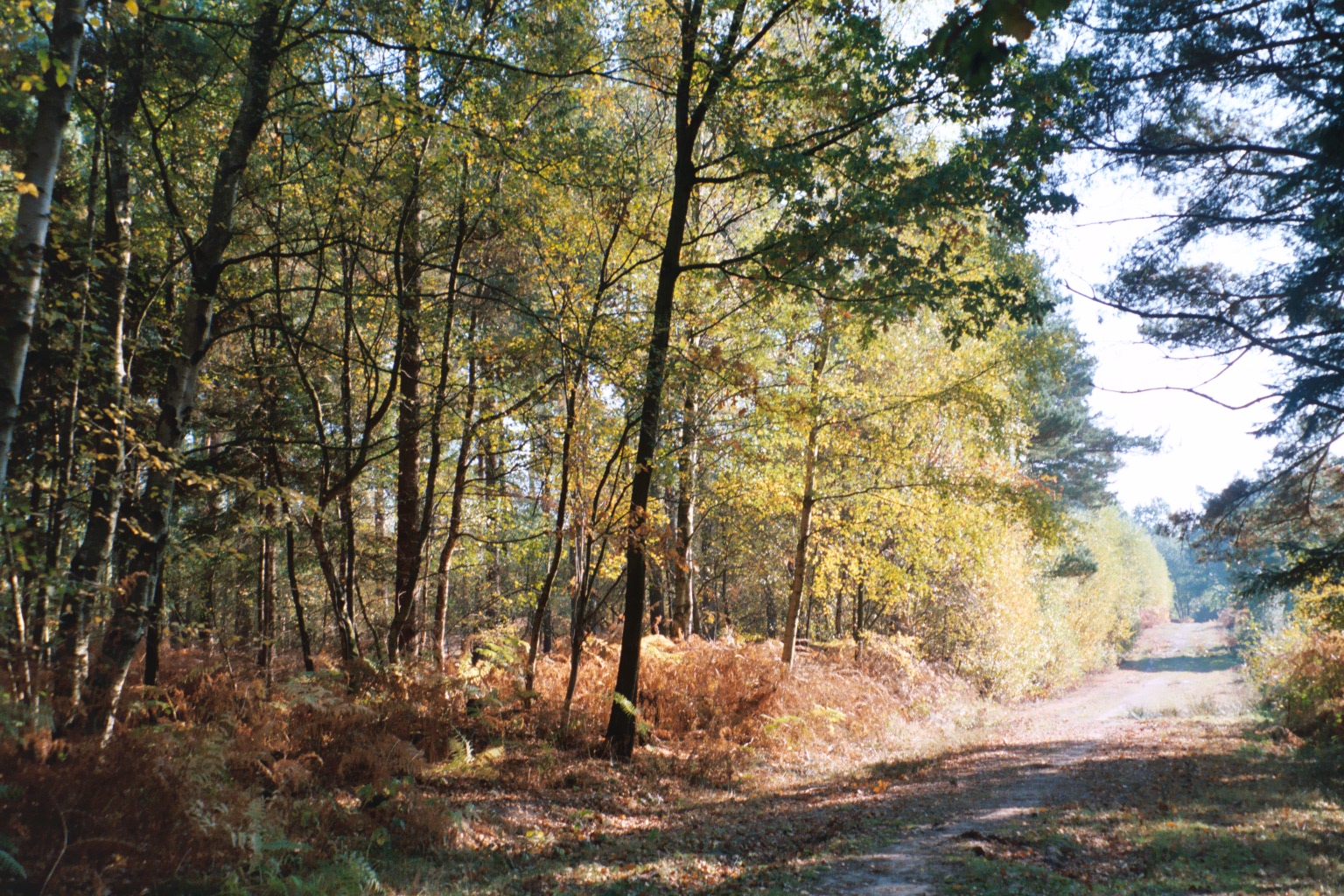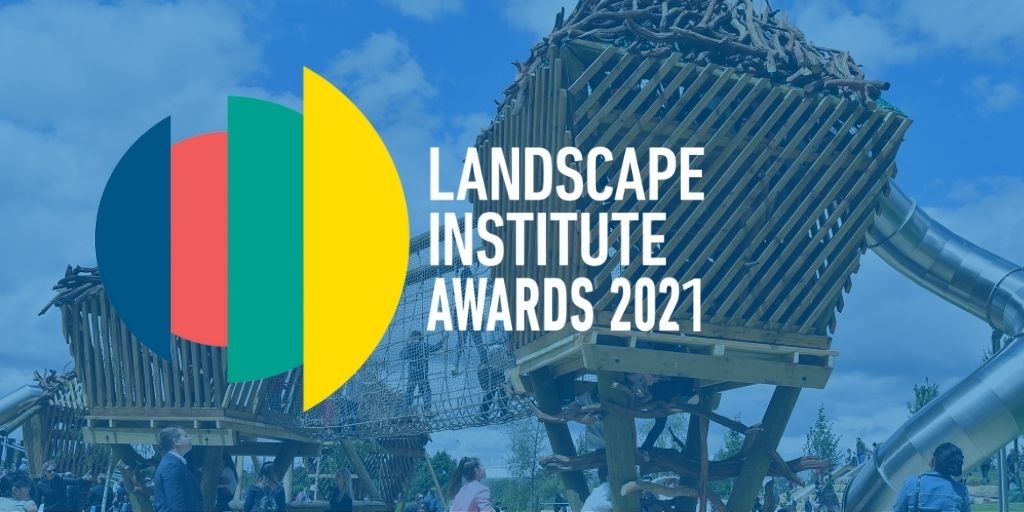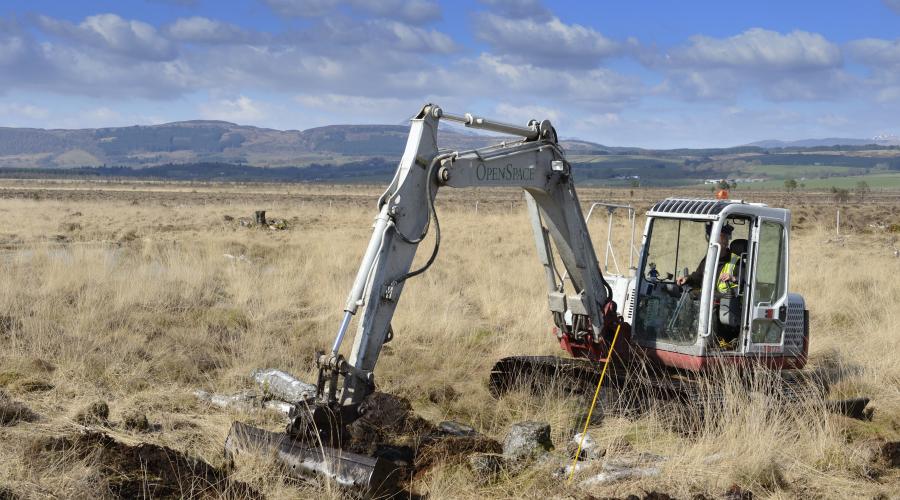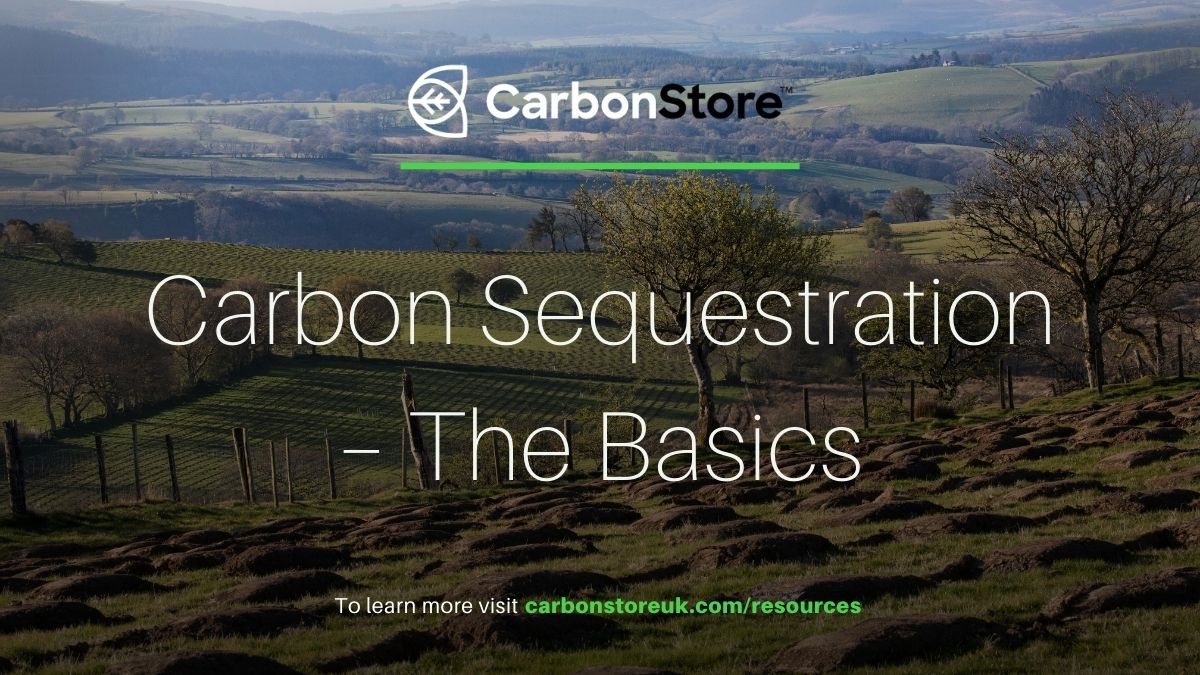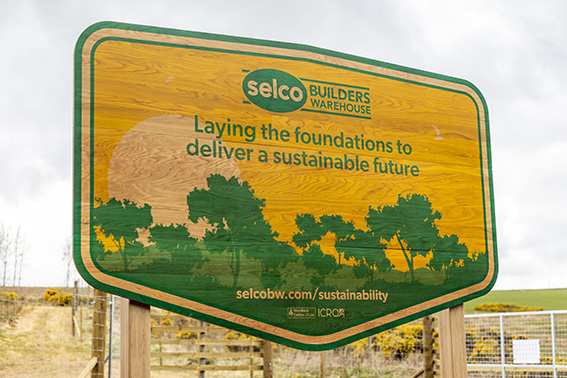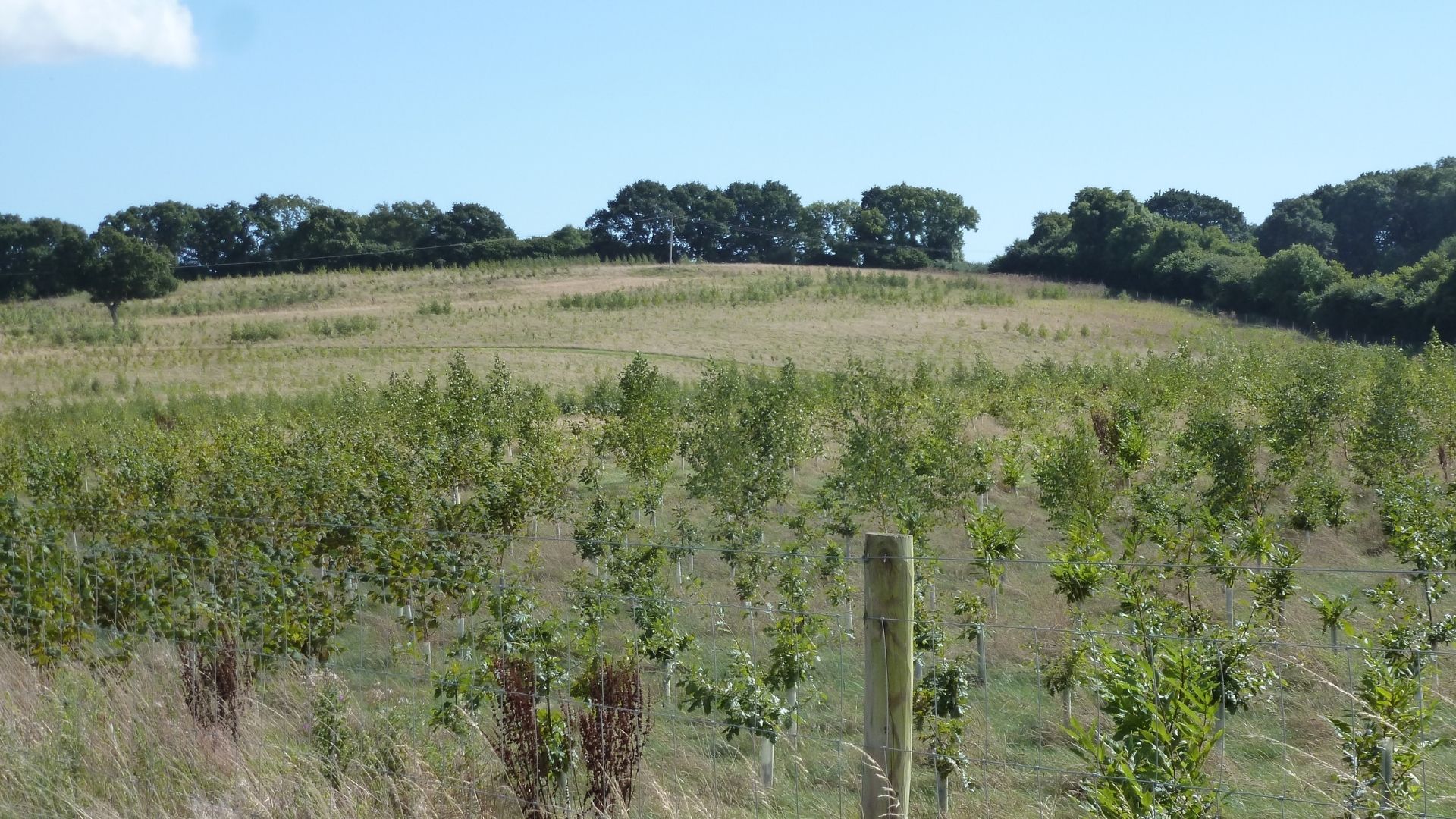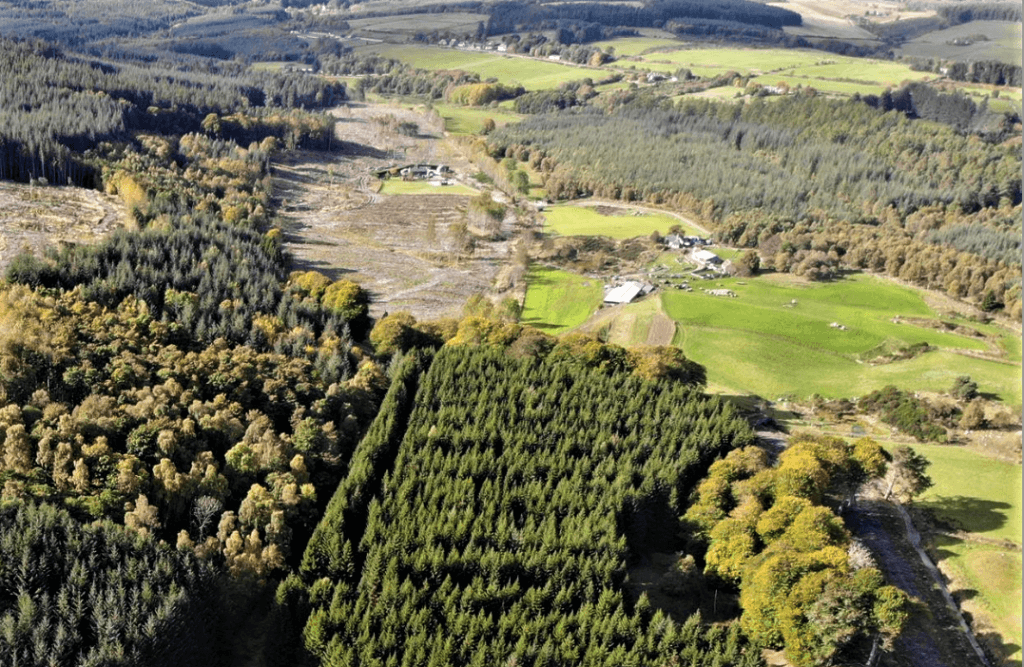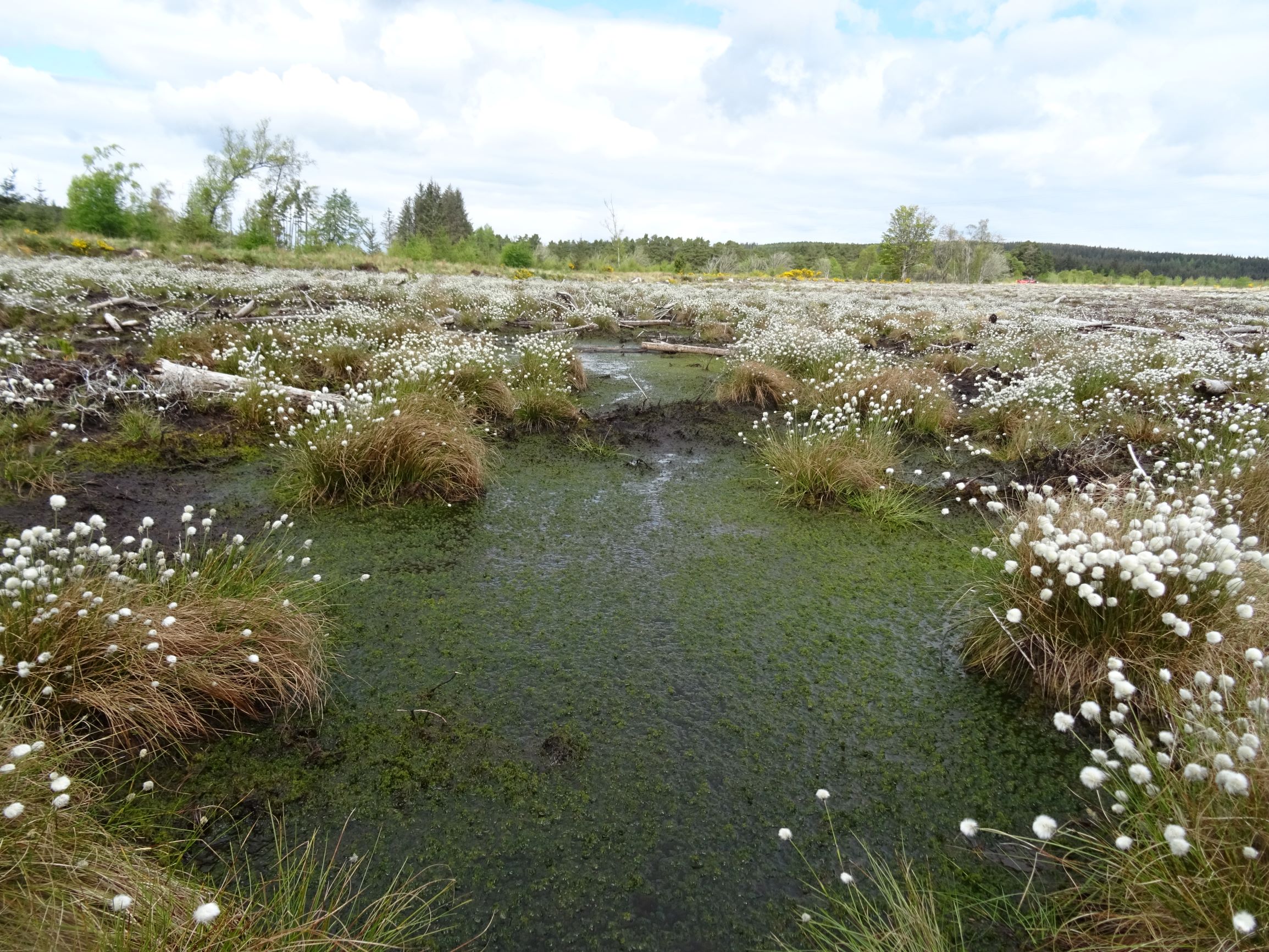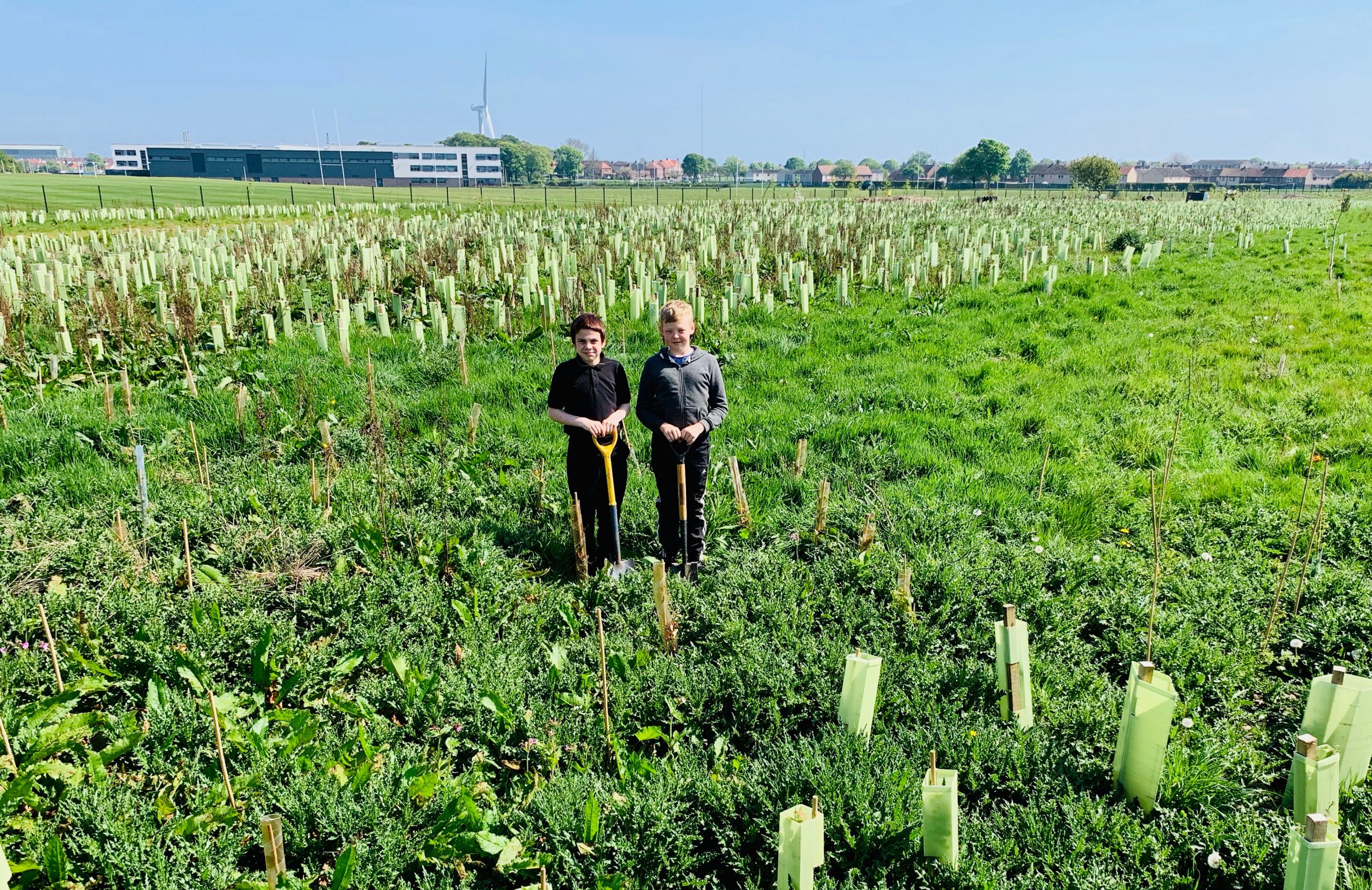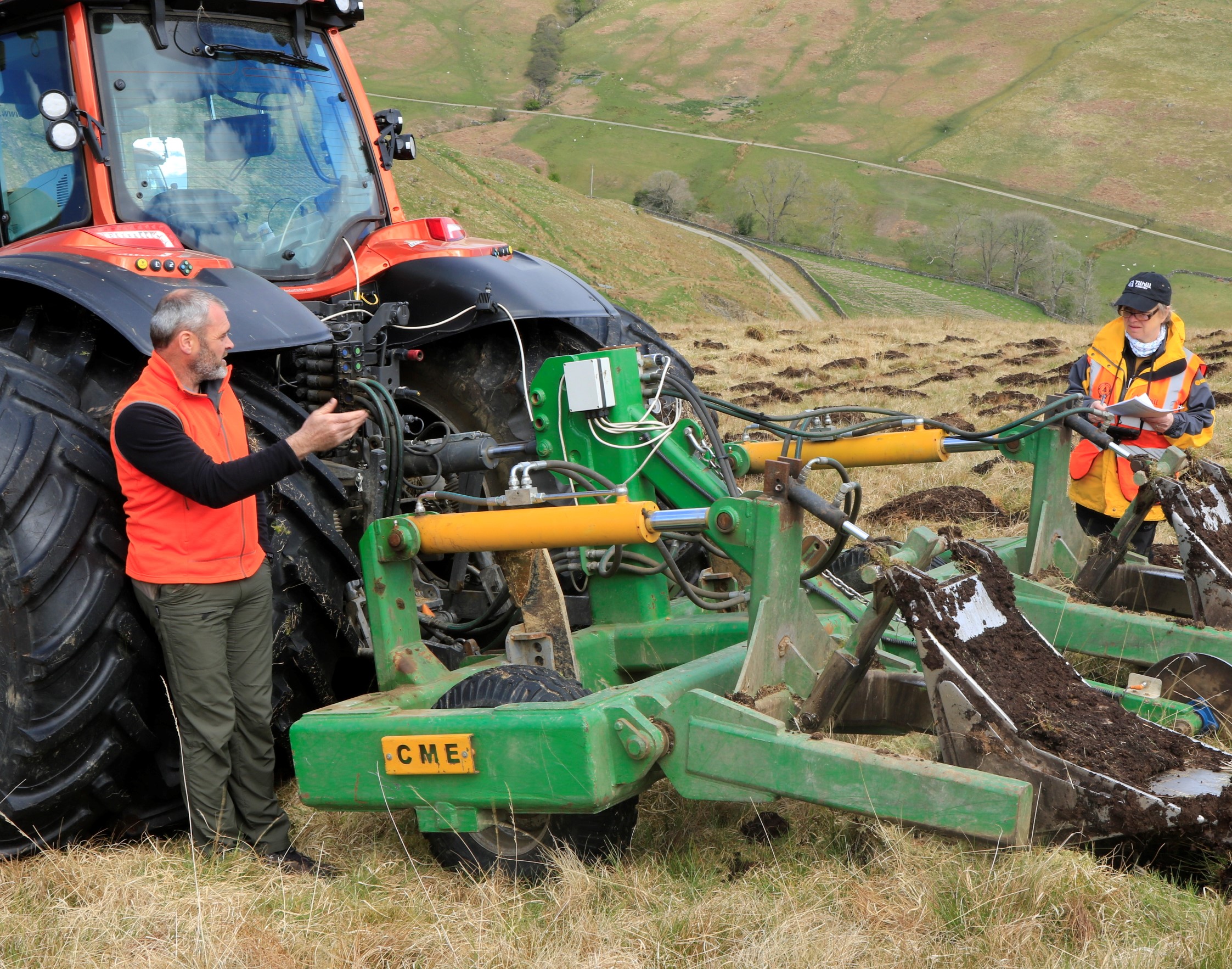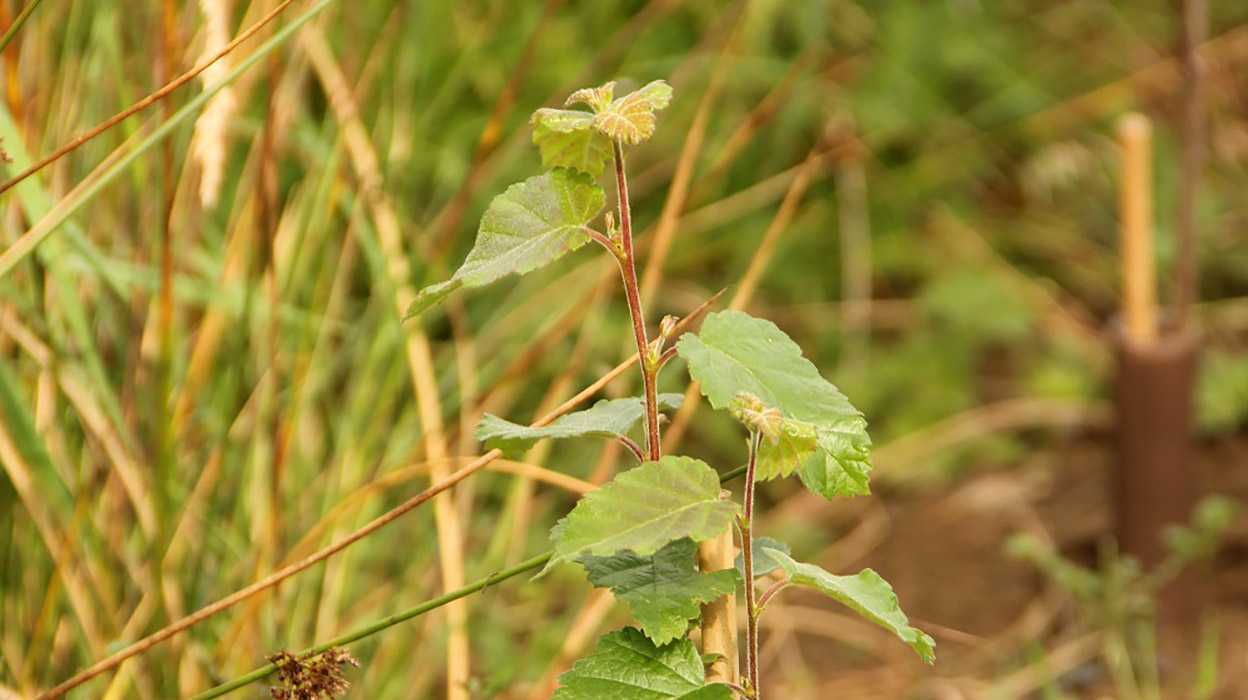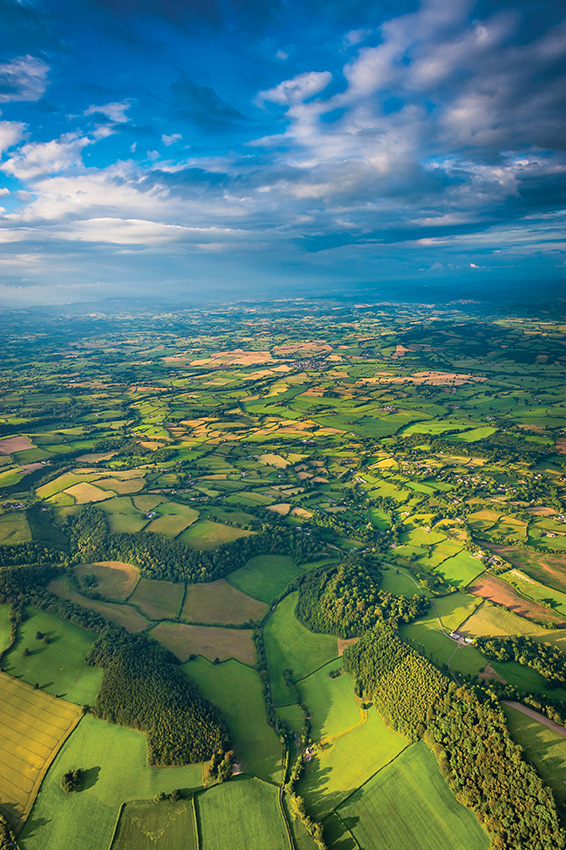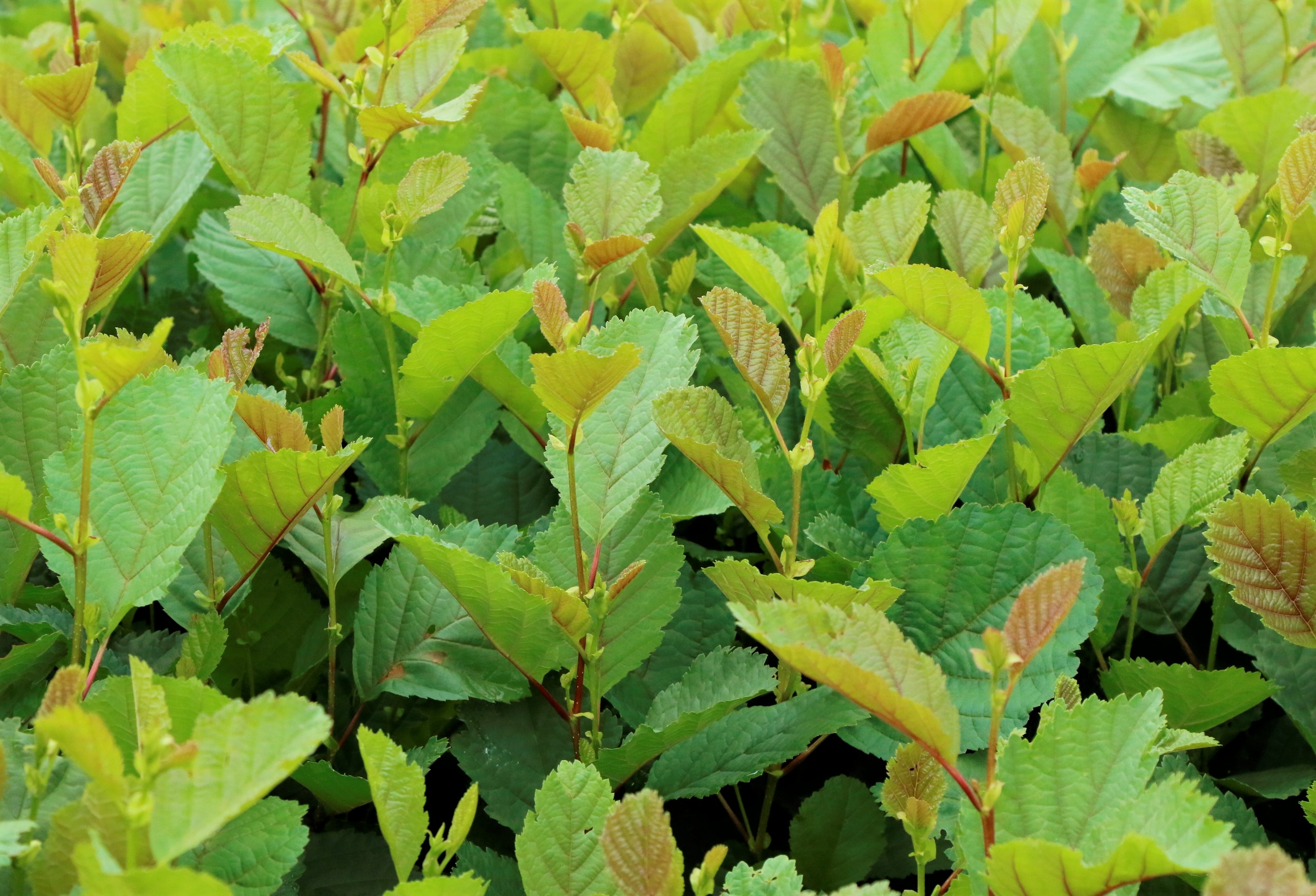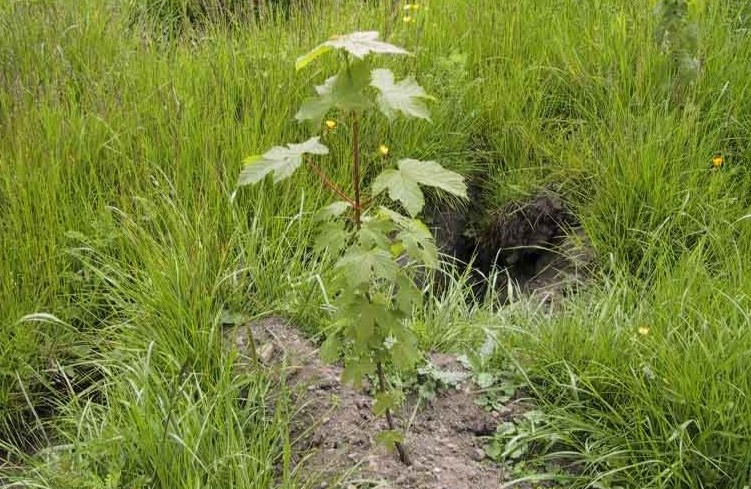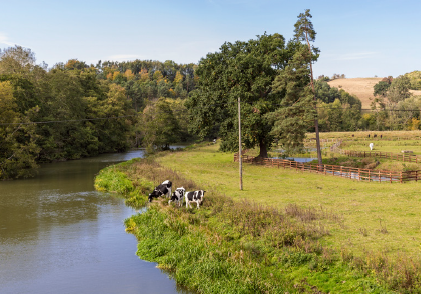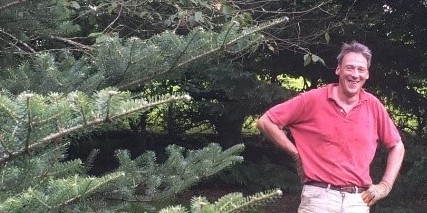Guidance will create nature-rich towns and cities, helping millions realise the benefits of accessing nature
A major new tool to help towns and cities turn greener has been launched by Natural England. Aimed at planners and developers, the Green Infrastructure Framework will help increase the amount of green cover to 40% in urban residential areas.
Benefits of Nature-Rich Towns
Parks and greenspaces in England deliver an estimated £6.6 billion of health, climate change and environmental benefits every year. But with 80% of people now living in towns and cities, one third of people do not have access to good quality green and blue space within 15 minutes of their home.
The government’s Environmental Improvement Plan, published yesterday, includes a commitment to create nature-rich towns and cities so the public should be able to access green space or water, such as woodlands, wetlands, parks and rivers, within a 15-minute walk from their home.
The Green Infrastructure Framework (GIF) provides a structure to analyse where greenspace in urban environments is needed most. It aims to support equitable access to greenspace across the country, with an overarching target for everyone being able to reach good quality greenspace in their local area.
From parks to green roofs, and increased tree cover, the Green Infrastructure Framework will make a significant contribution to nature recovery by embedding nature into new developments. Increasing the extent and connectivity of nature-rich habitats will also help increase wildlife populations, build resilience to the impacts of climate change, and ensure our cities are habitable for the future.
Marian Spain, Chief Executive of Natural England, said:
Using green infrastructure to bring the sights, sounds and smells of nature into every city, town and street will not only create nature abundant, beautiful spaces for everyone to enjoy but will help tackle climate change too.
Natural England is committed to expanding access to nature as the benefits of spending time outdoors are extensive; it reduces stress, increases physical activity and improves wellbeing. We look forward to working with developers, local planning authorities and communities to create a future where nature is on people’s doorsteps to improve the quality of all our lives.
Natural England has worked closely with Defra, government departments, and a 70-strong Advisory Group, made up of universities, representatives from the active travel sector and environmental experts, to develop the framework which has been tested by local planning authorities and developers. The Green Infrastructure Mapping Tool is part of Defra’s Natural Capital Ecosystems Assessment Programme.
As a key resource for developers and local planning authorities, the framework integrates green infrastructure tools, principles, standards and design guidance. It is structured by five key standards:
- Urban Nature Recovery Standard – aims to boost nature recovery, create and restore rich wildlife habitats and build resilience to climate change. Incorporating nature-based solutions, including trees and wildflowers, into the design of towns and cities will increase carbon capture, prevent flooding and reduce temperatures during heatwaves.
- Urban Greening Factor (UGF) for England – This planning tool improves the provision of green infrastructure and increases the level of greening in urban environments. The standard is set at 0.4 for residential development, which means there is a target in place for approximately 40% of residential developments to have green and blue spaces, green roofs or green walls. When adopted by a local planning authority it provides clarity about the quantity and quality of green infrastructure required to secure planning approval in a major new development. The Greater London Authority is already applying this principle.
- Urban Tree Canopy Cover Standard – promotes an increase in tree canopy cover in urban environments. Trees are vital for capturing carbon and can mitigate flood risk as they absorb excess water during flooding incidents. The standard sets out that major residential and commercial development should be designed to meet locally agreed targets.
- Accessible Greenspace Standards – promote access to good quality green and blue space within 15 minutes’ walk from home. The People and Nature Survey published by Natural England found that 82% of adults agree that being in nature makes them very happy over but one third of people in England do not have access to green space within this distance and one in eight households do not have access to a private garden. The Framework includes an award-winning mapping tool that can help to identify places where green space is needed most. The government has already used the tool to ensure the £9 million Levelling Up Parks fund reaches low-income areas with limited access to green space.
- Green Infrastructure Strategy – This standard supports the National Planning Policy Framework’s policy that local authorities should develop strategic policies for green infrastructure. At an area wide scale, the Green Infrastructure Standard will see Local Authorities develop Delivery Plans to support the creation and enhancement of new and existing greenspaces.
The Green Infrastructure Standards are being applied in Allestree Park in Derby, a former golf course, which is now set to become one of the UK’s largest urban rewilding projects. Over time it will become a nature-rich greenspace full of wet landscapes, grasslands and trees which can be used by community groups and families for leisure, exercise and socialising.
Derbyshire Wildlife Trust, the University of Derby and Rewilding Britain are working to transform this landscape into a haven for wildlife and people and are showing how meeting Natural England’s standards can increase access to good quality greenspace for local communities.
As a comprehensive tool, the Green Infrastructure Framework and accompanying Design Guide will support local planning authorities and developers design and create more nature-rich towns and urban greenspaces to meet mandatory Biodiversity Net Gain requirements and support the development of the Nature Recovery Network.
Partnerships are integral to the uptake and application of the guidance. The Institute for Civil Engineers has included the Green Infrastructure Standards in their new Manual of Blue-Green Infrastructure.
Claire Wansbury, on behalf of the Institute for Civil Engineers, said:
We are delighted to see the release of Natural England’s Green Infrastructure Framework and were very happy that key points from it could be included in the new ICE (Institute for Civil Engineers) Manual of Blue-Green Infrastructure, also published this January.
The timing of these two publications underlines that this is a valuable concept essential to good design and planning. Working with nature through the green infrastructure approach delivers a wealth of benefits to our society and economy. We welcome the Framework and look forward to seeing it help raise standards across the country and encourage everyone’s aspirations for a nature-positive future.
The Framework is a commitment in the Government’s 25 Year Environment Plan to deliver more and better-quality green infrastructure to enhance towns and cities, and create attractive, healthy and investable places.
How can CarbonStore help you?
In partnership with Tilhill, CarbonStore can help you deliver new woodland creation and woodland-based carbon mitigation projects that not only achieves the highest possible standards in carbon offsetting but also offers many widespread benefits which we can all enjoy.
Please contact David McCulloch, the head of CarbonStore, personally either by email (david.mcculloch@carbonstoreuk.com) or by phone (07500 950832).
More news
Share

